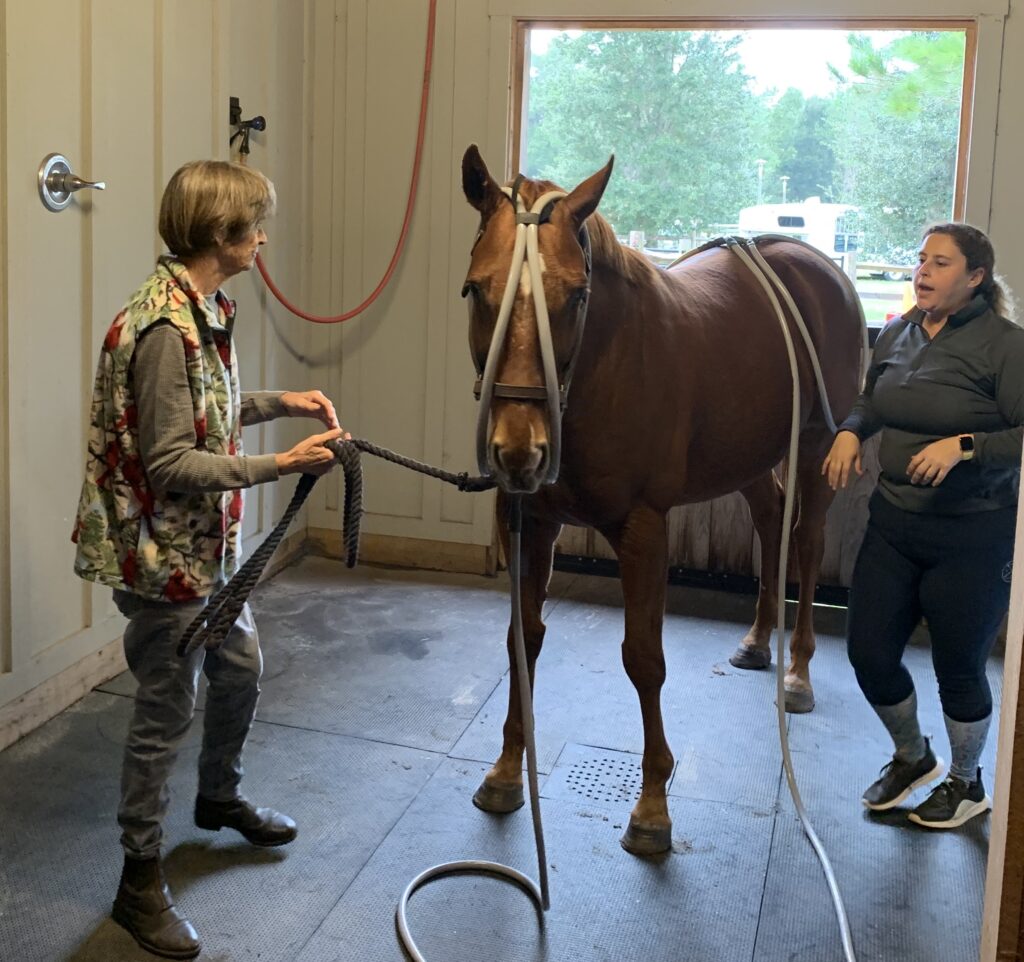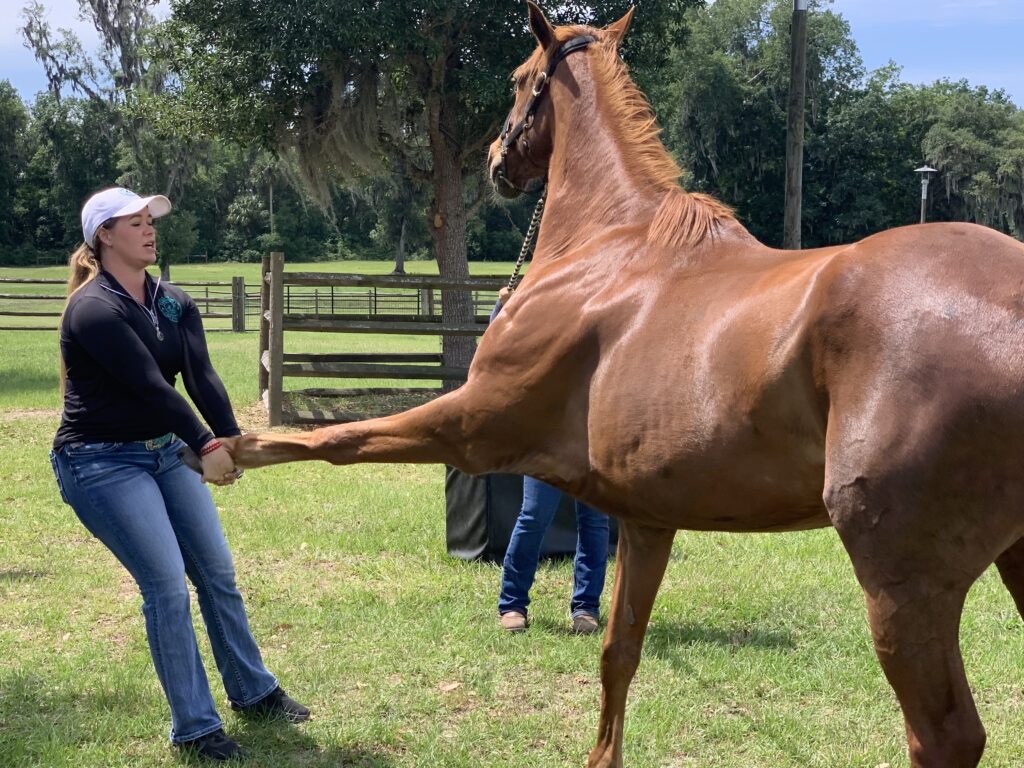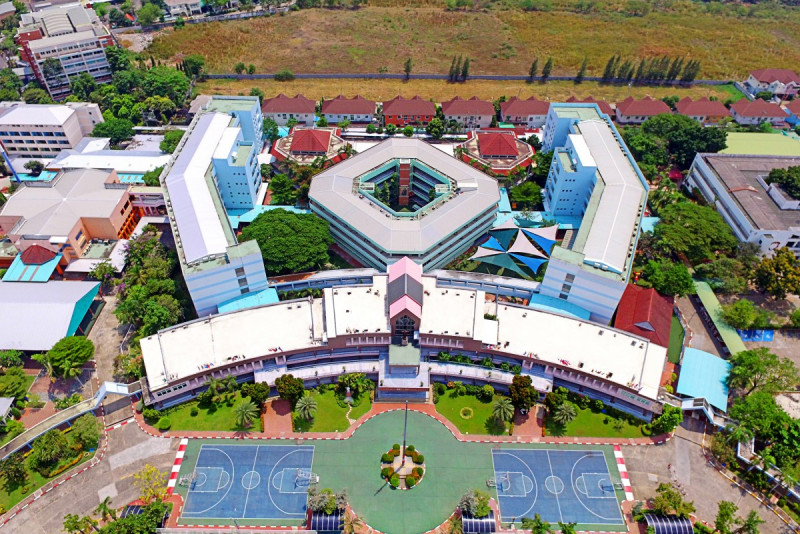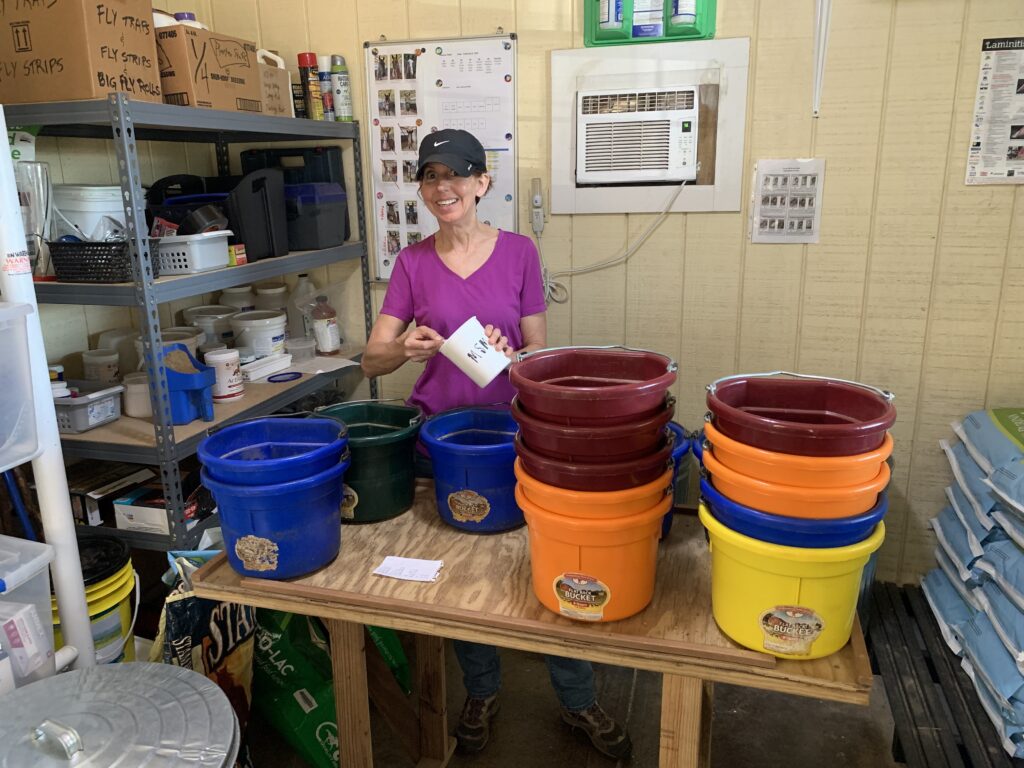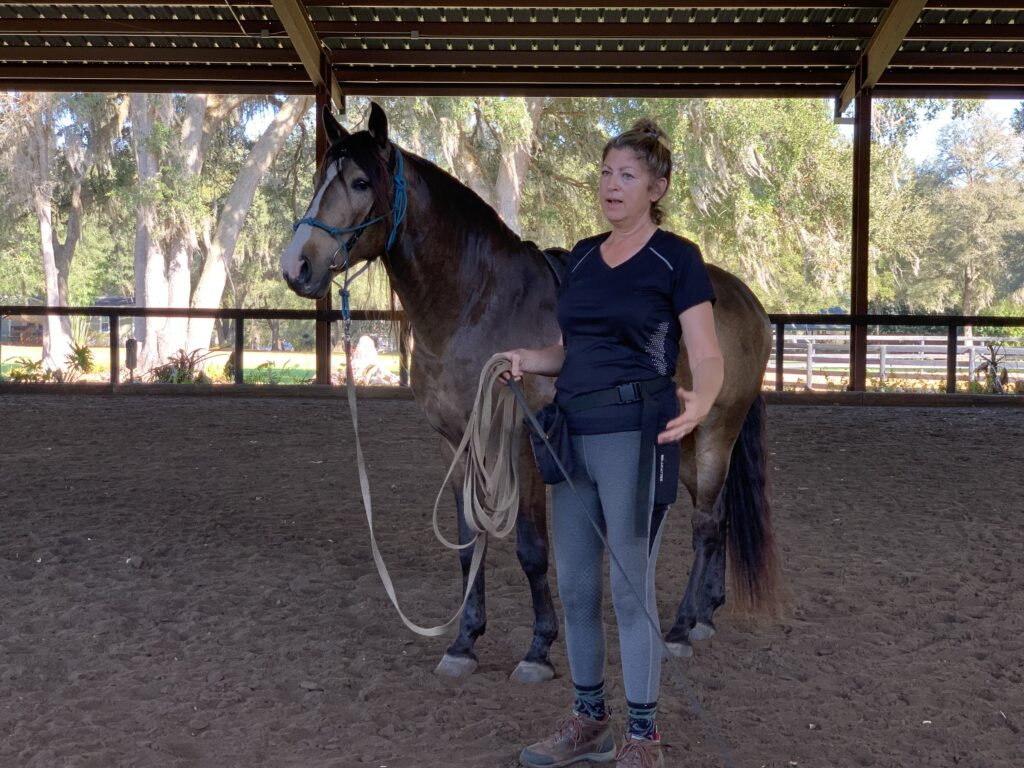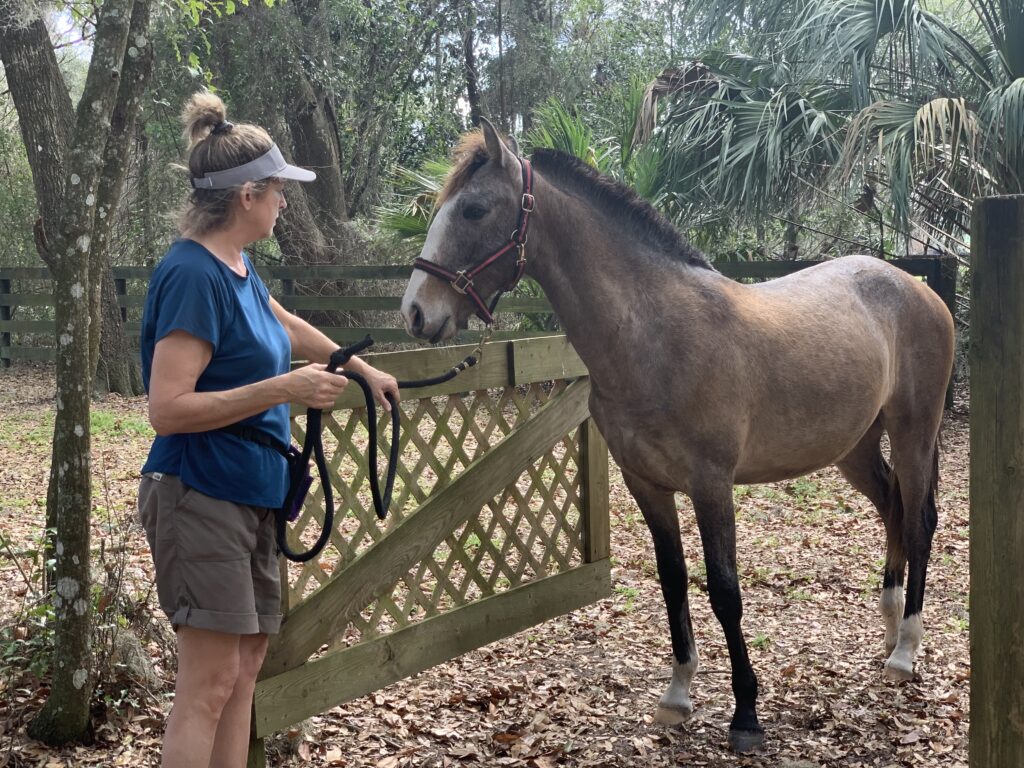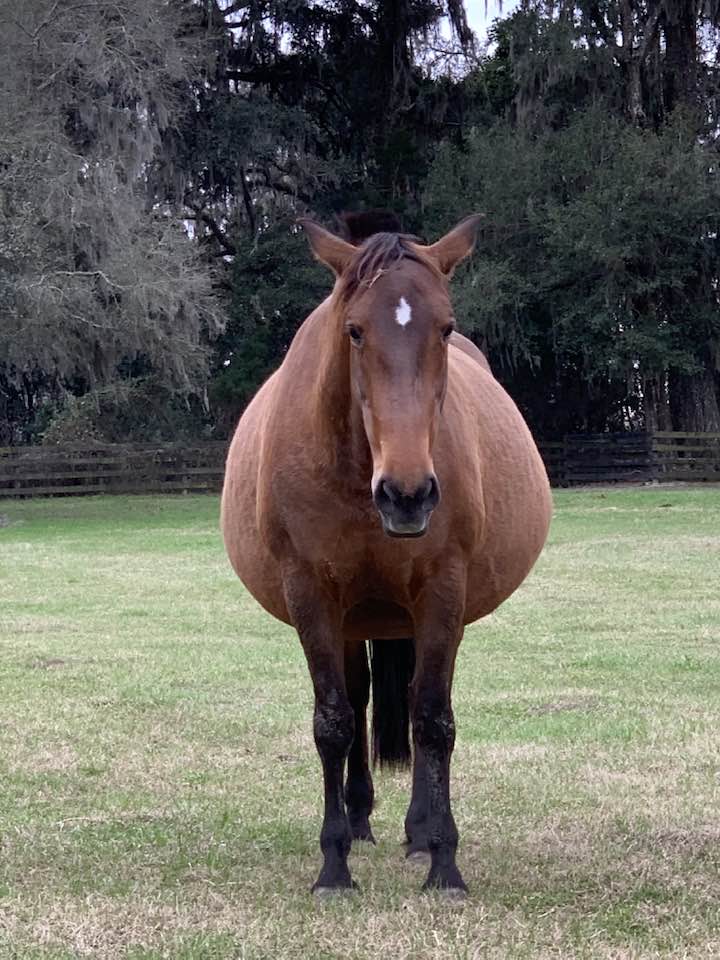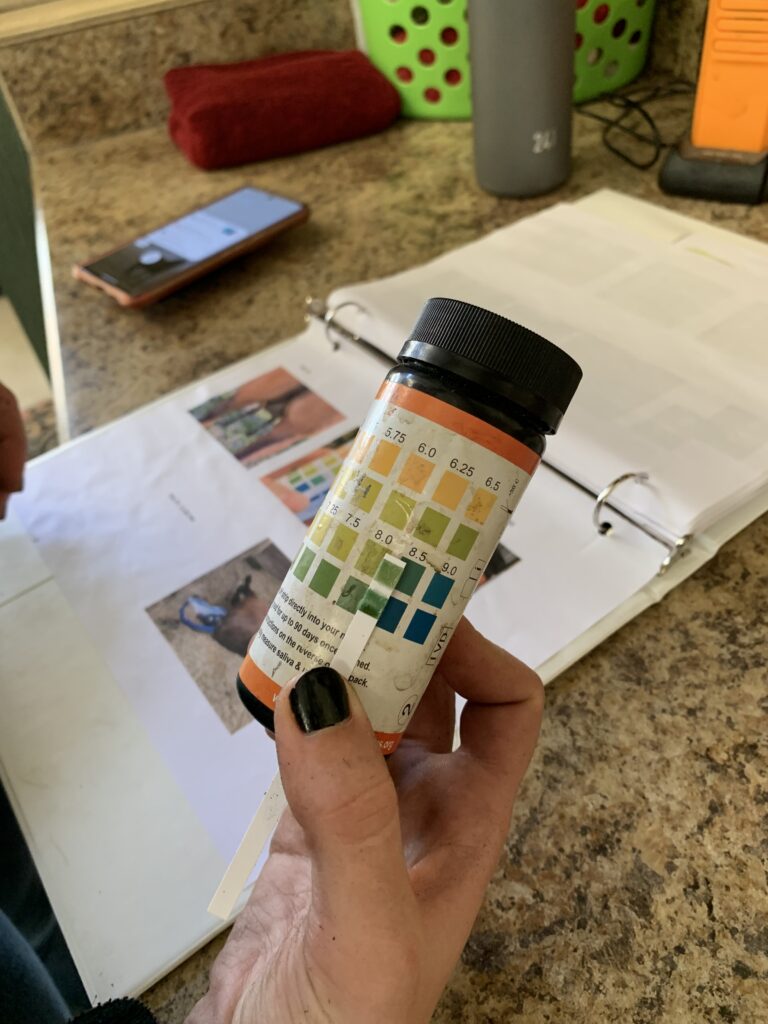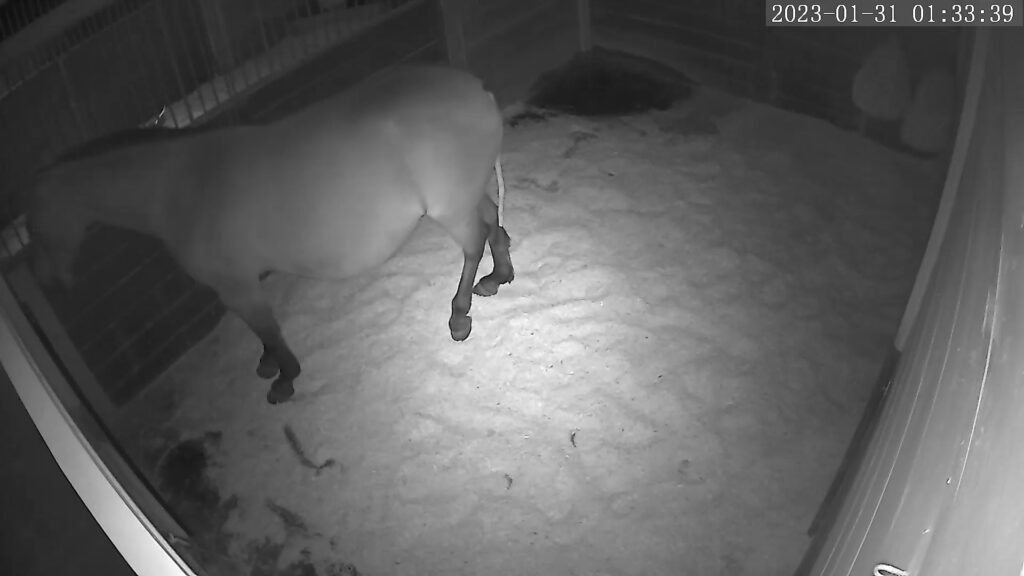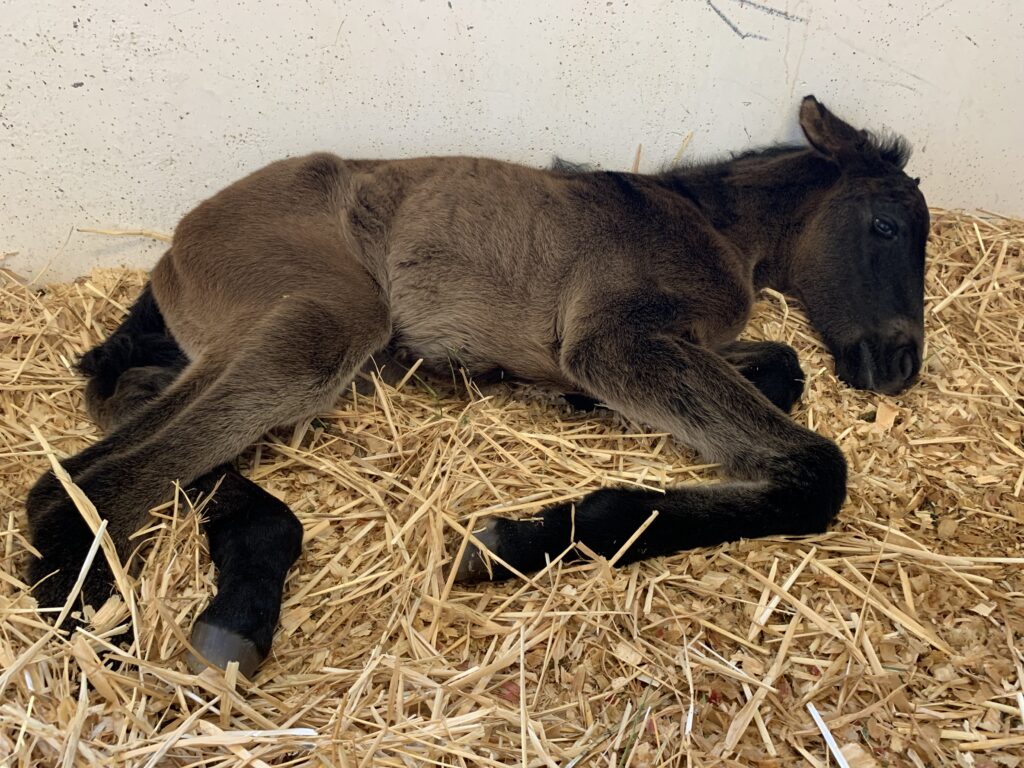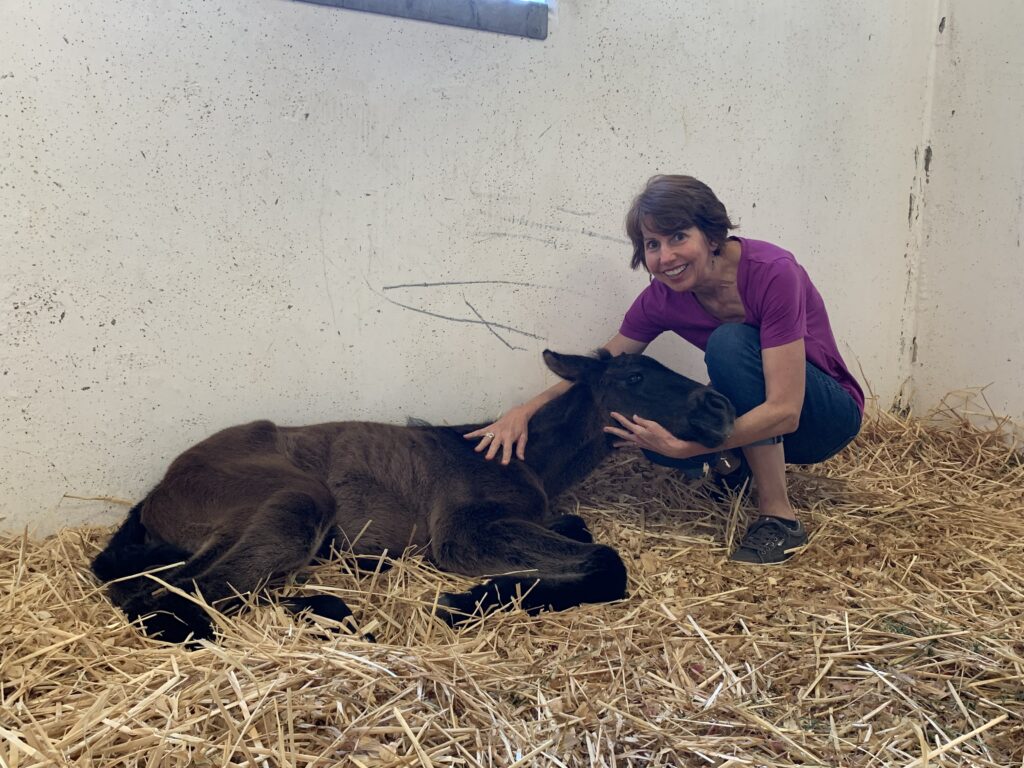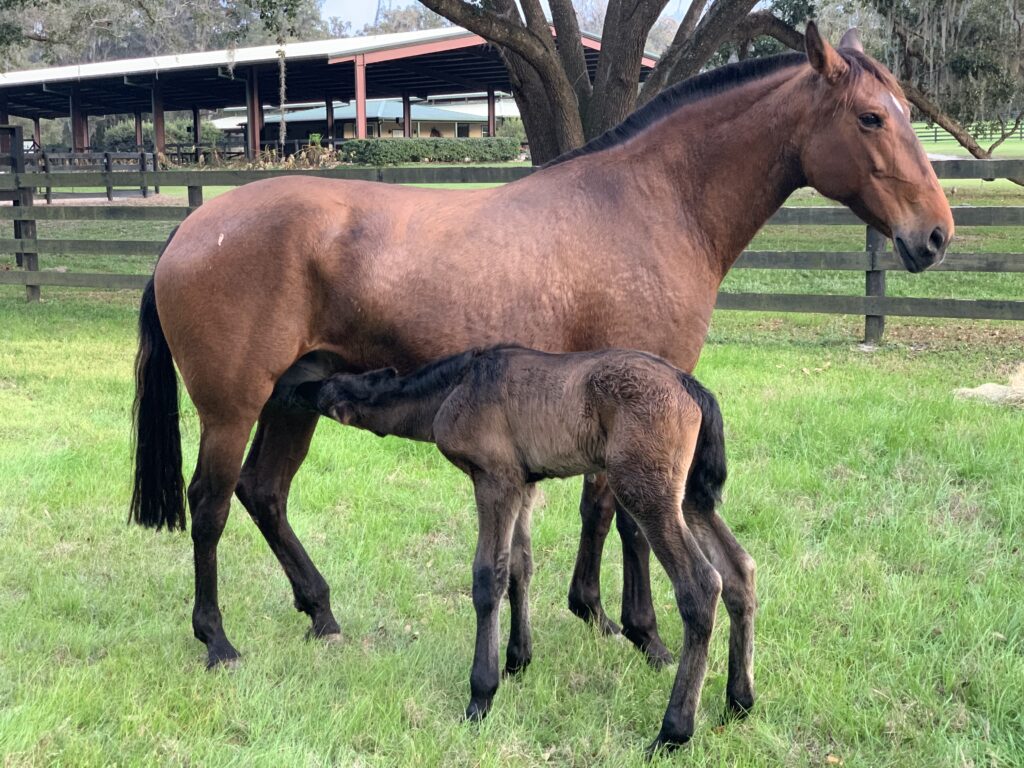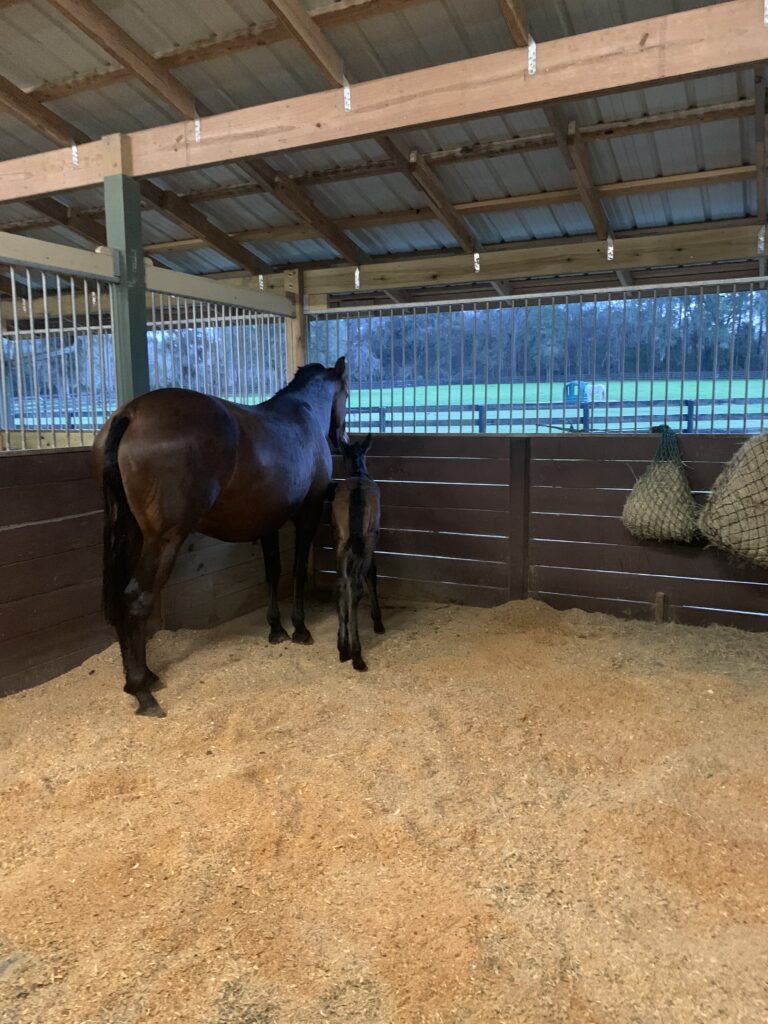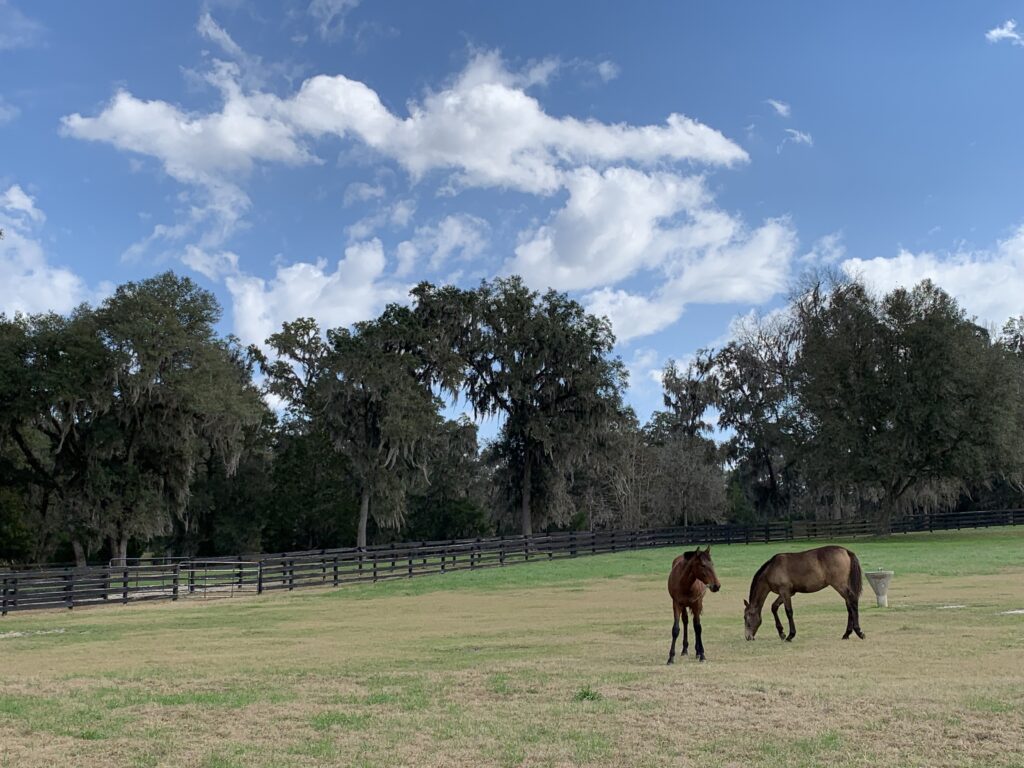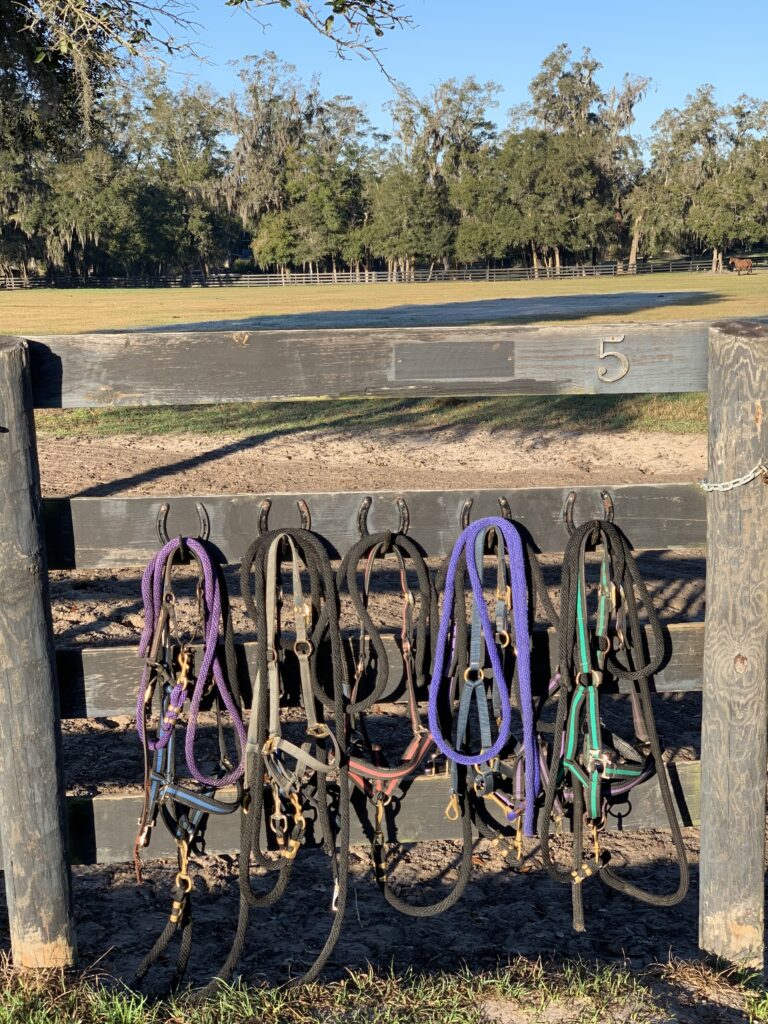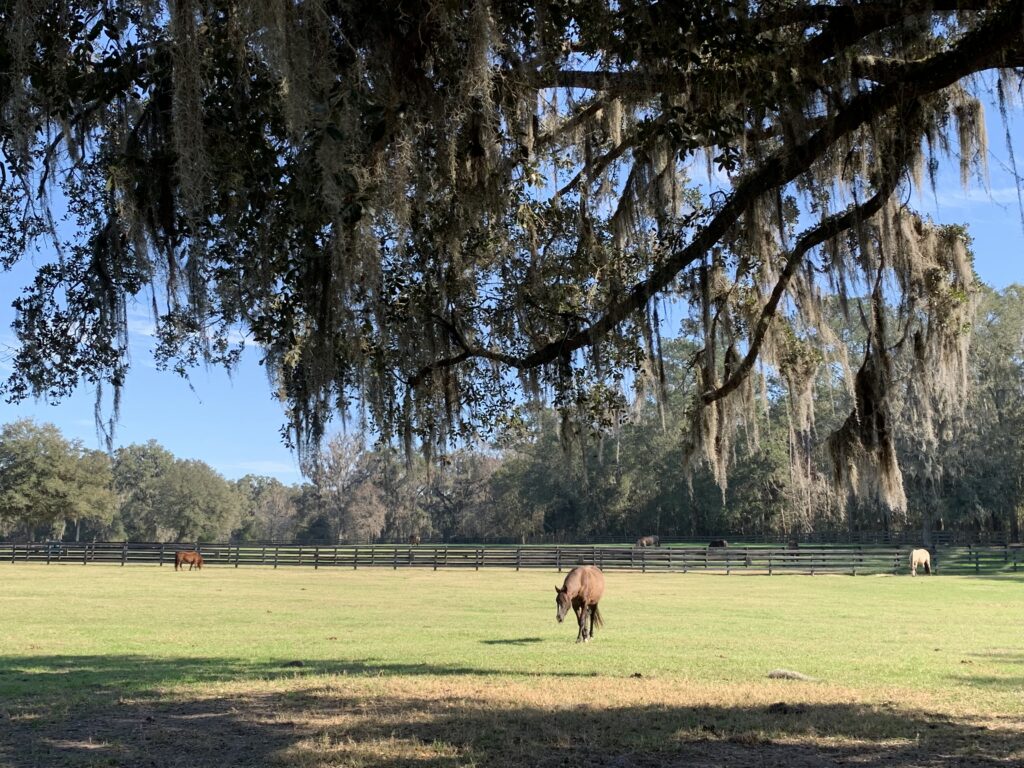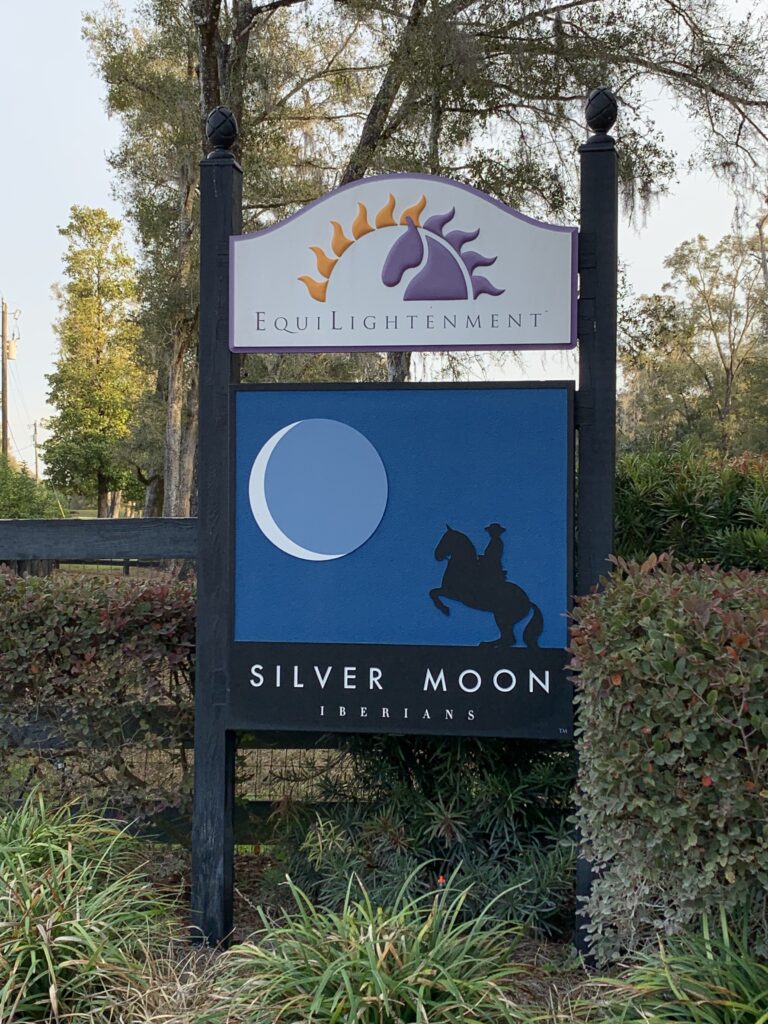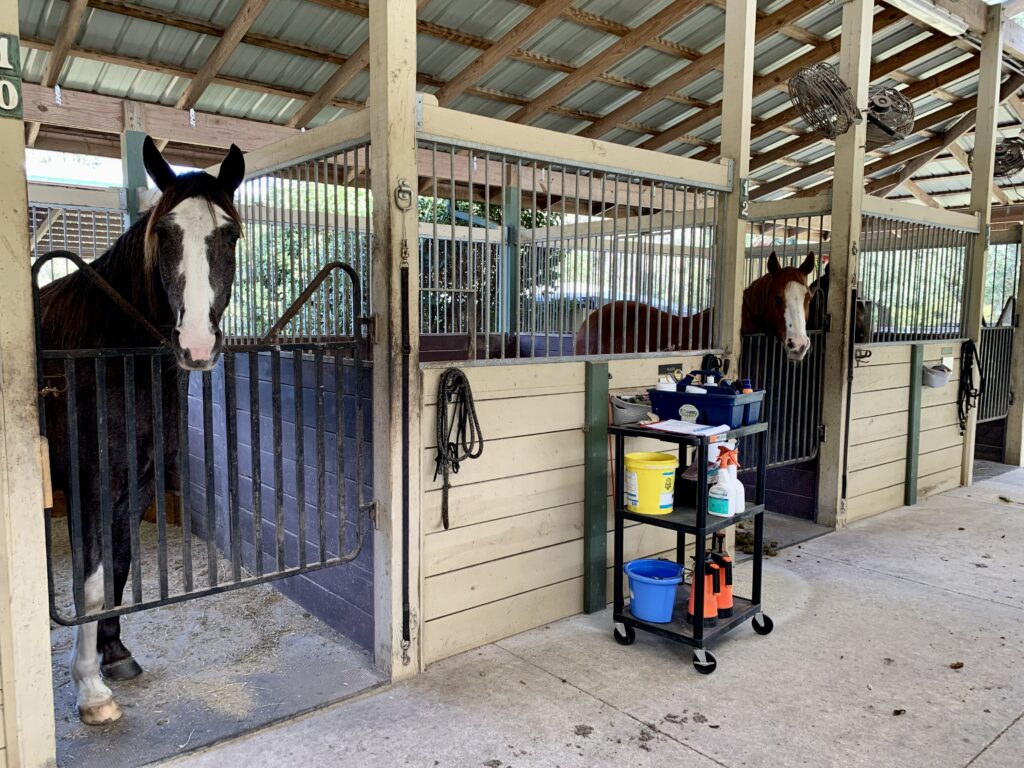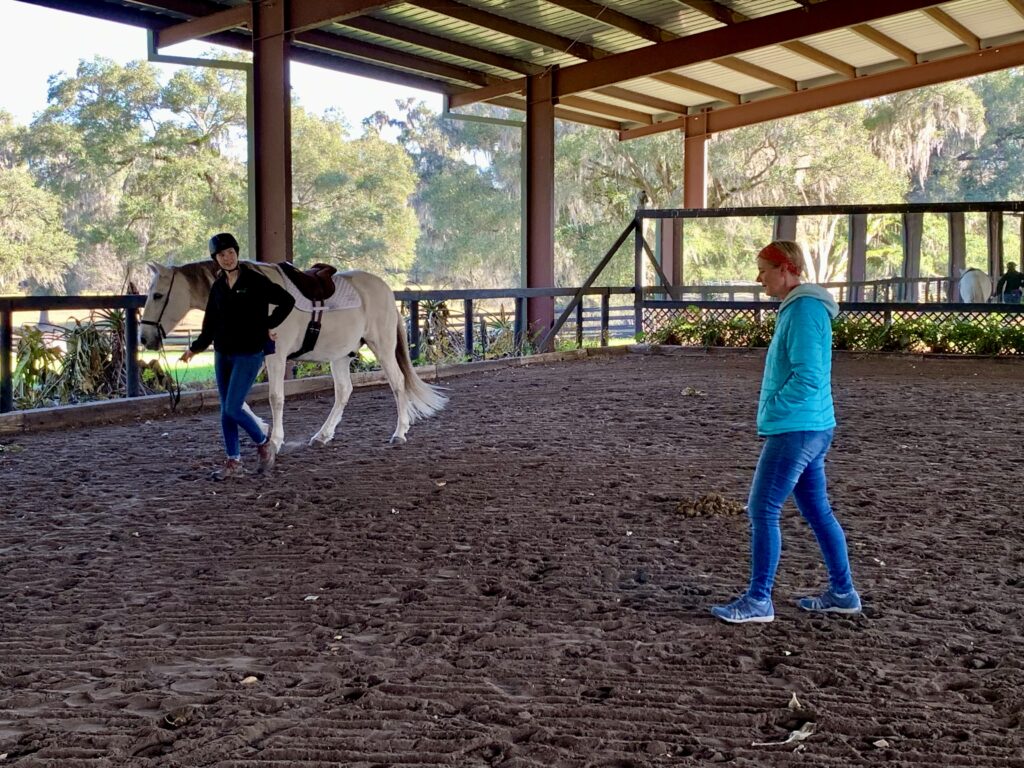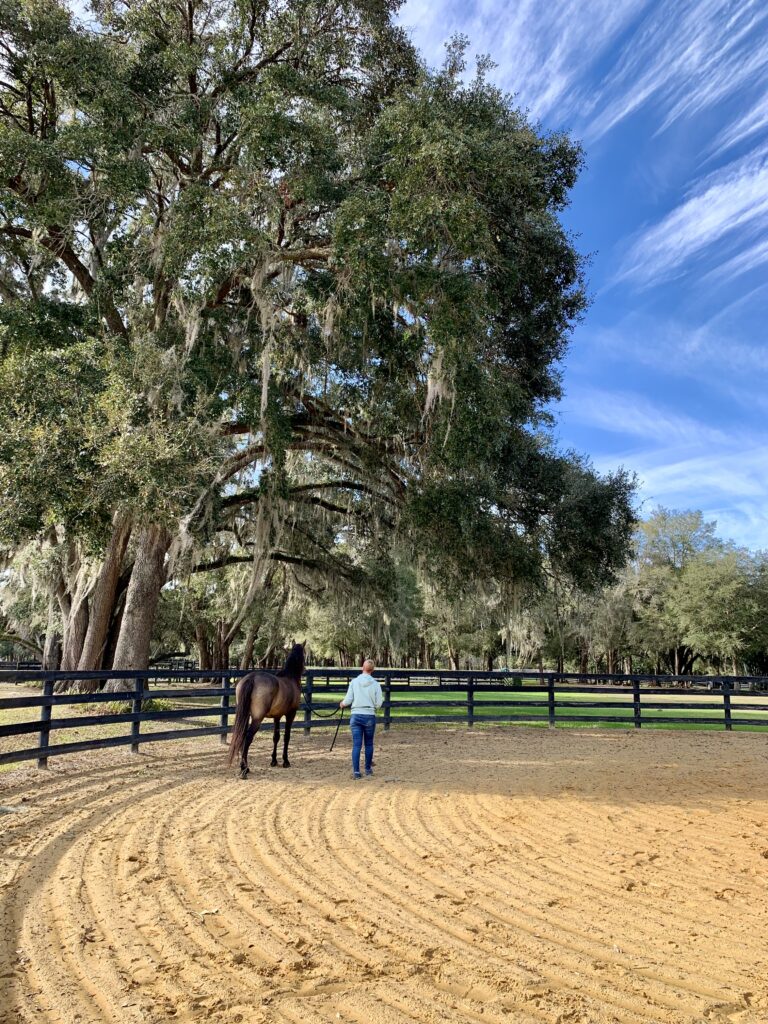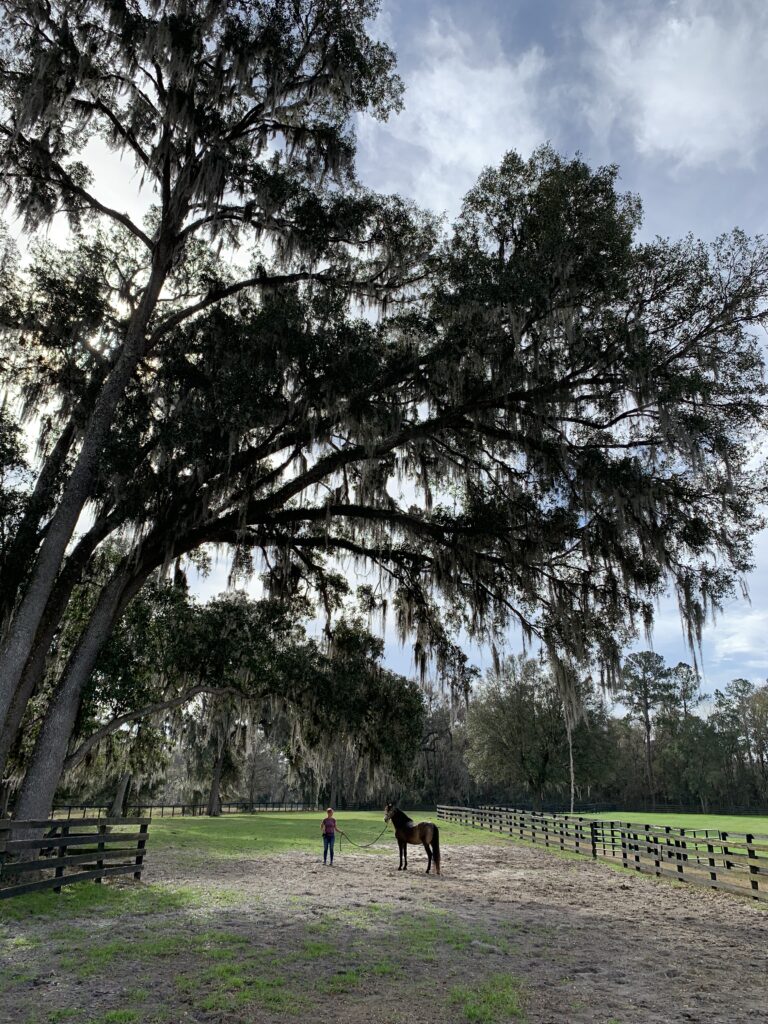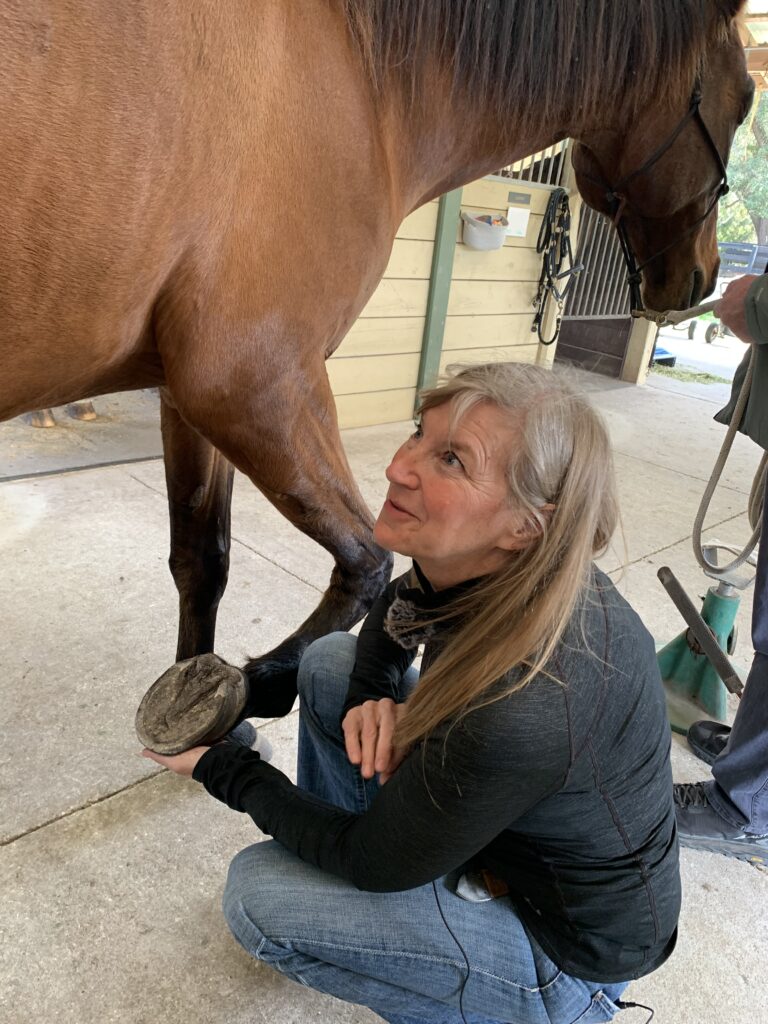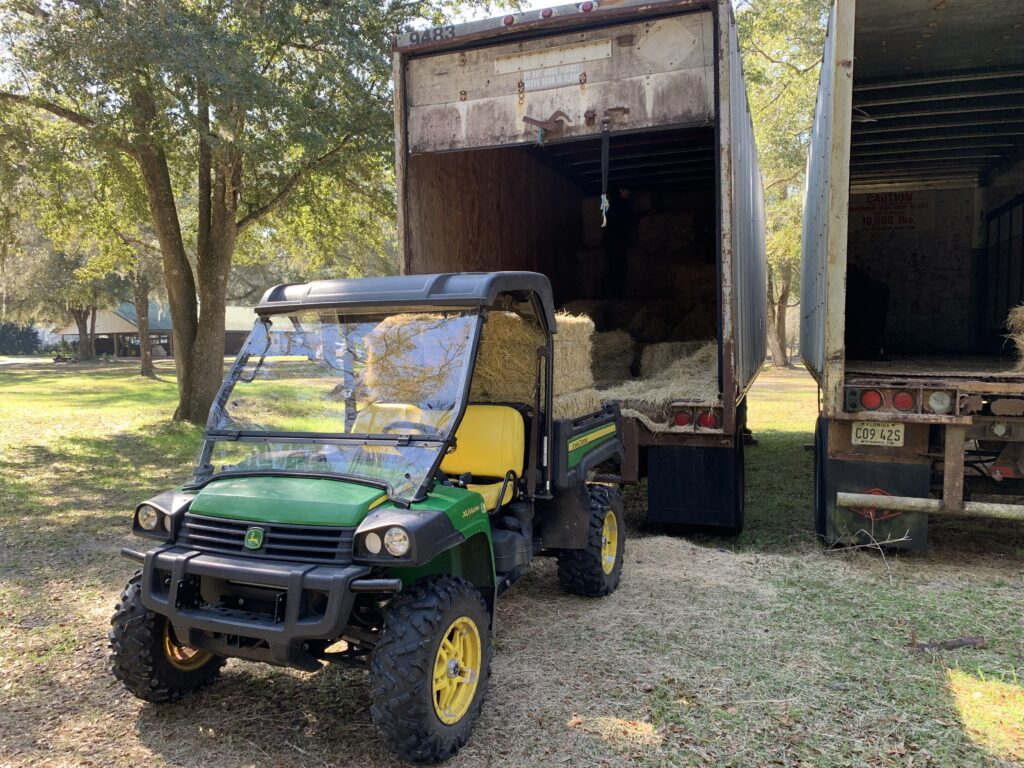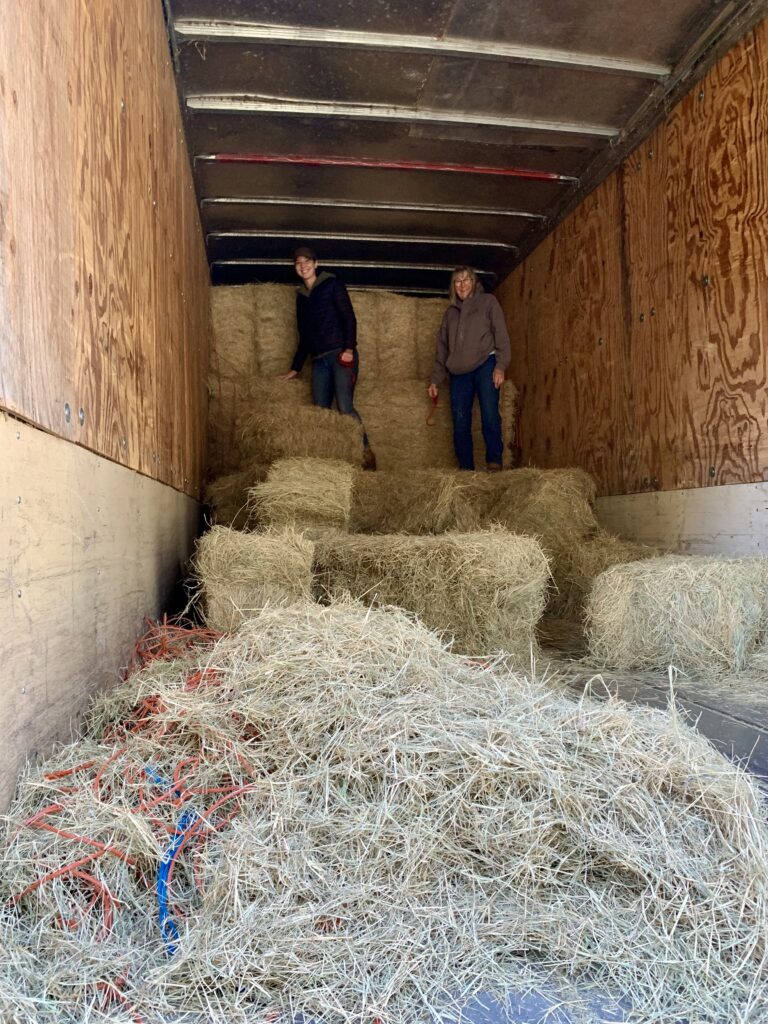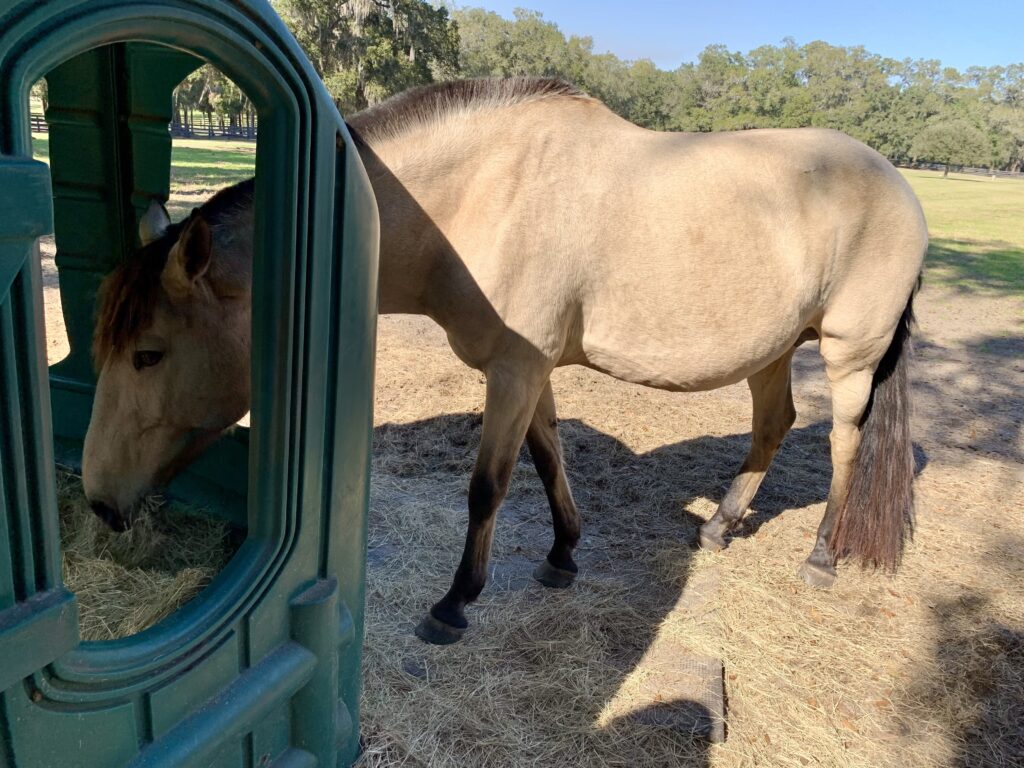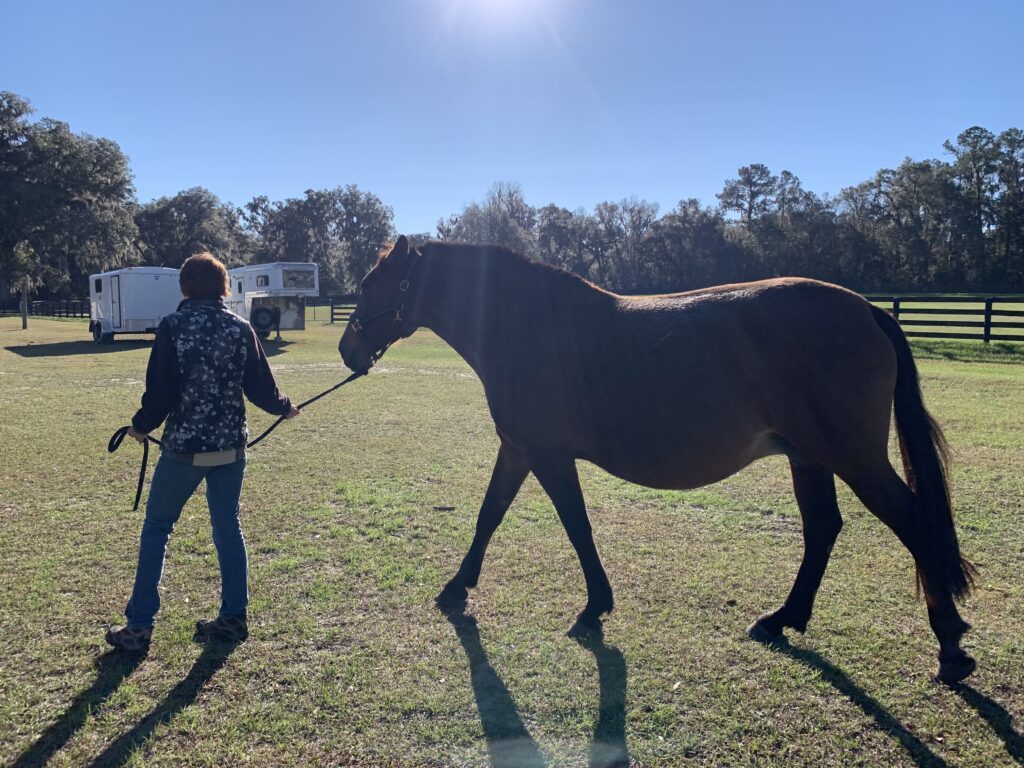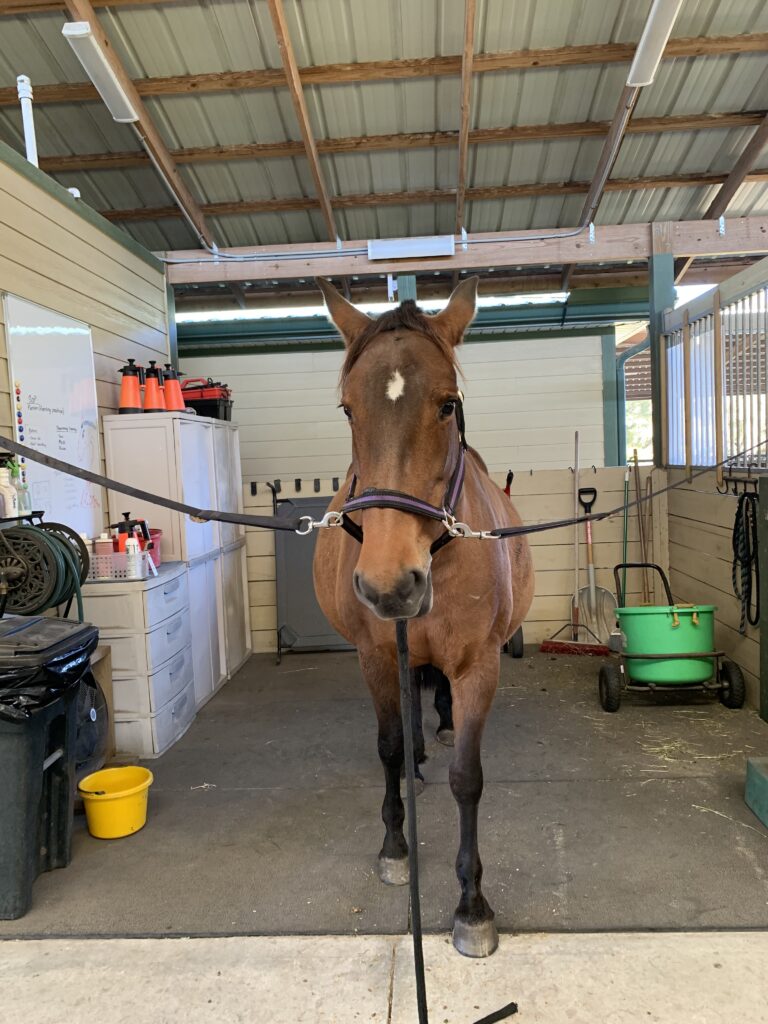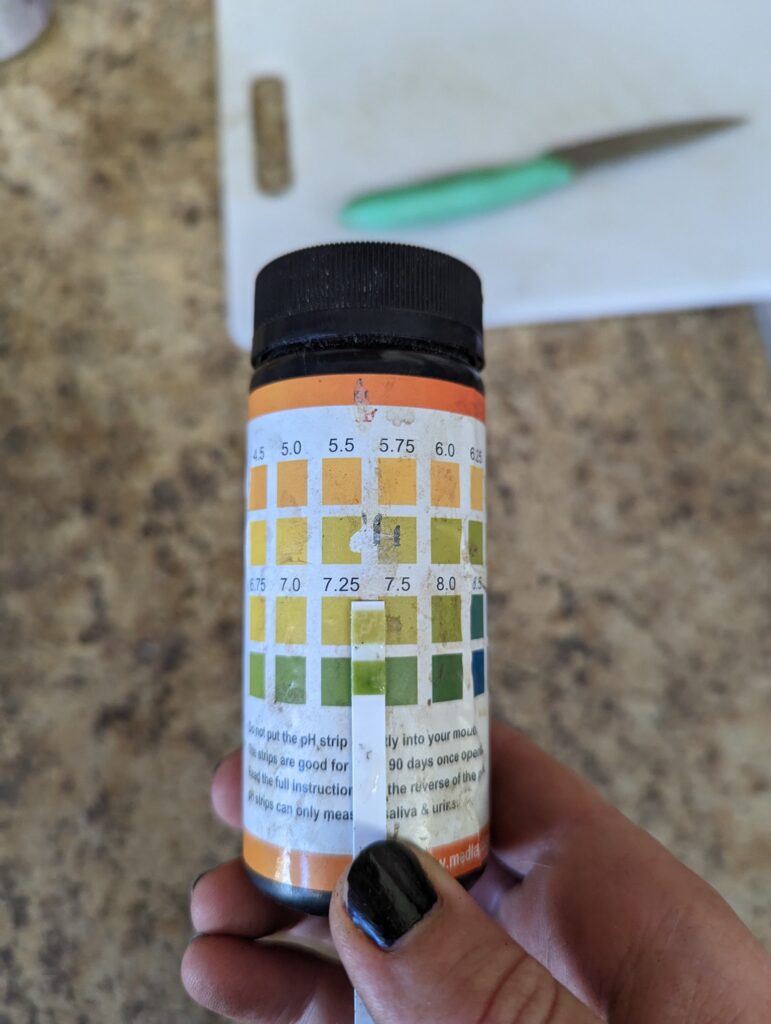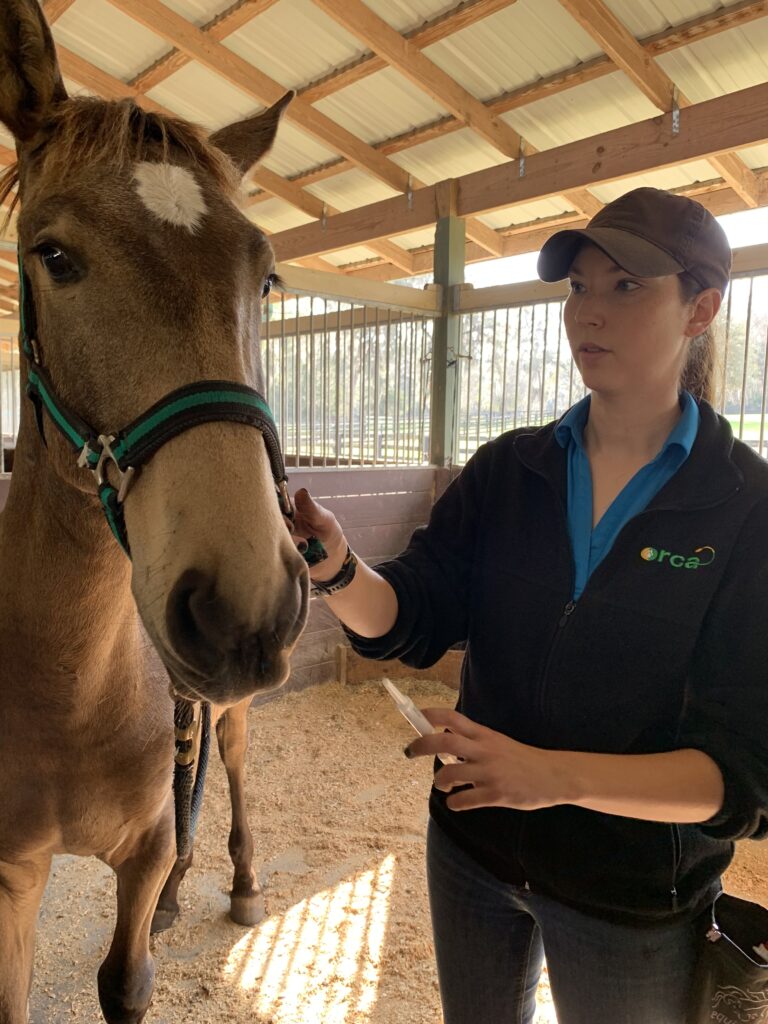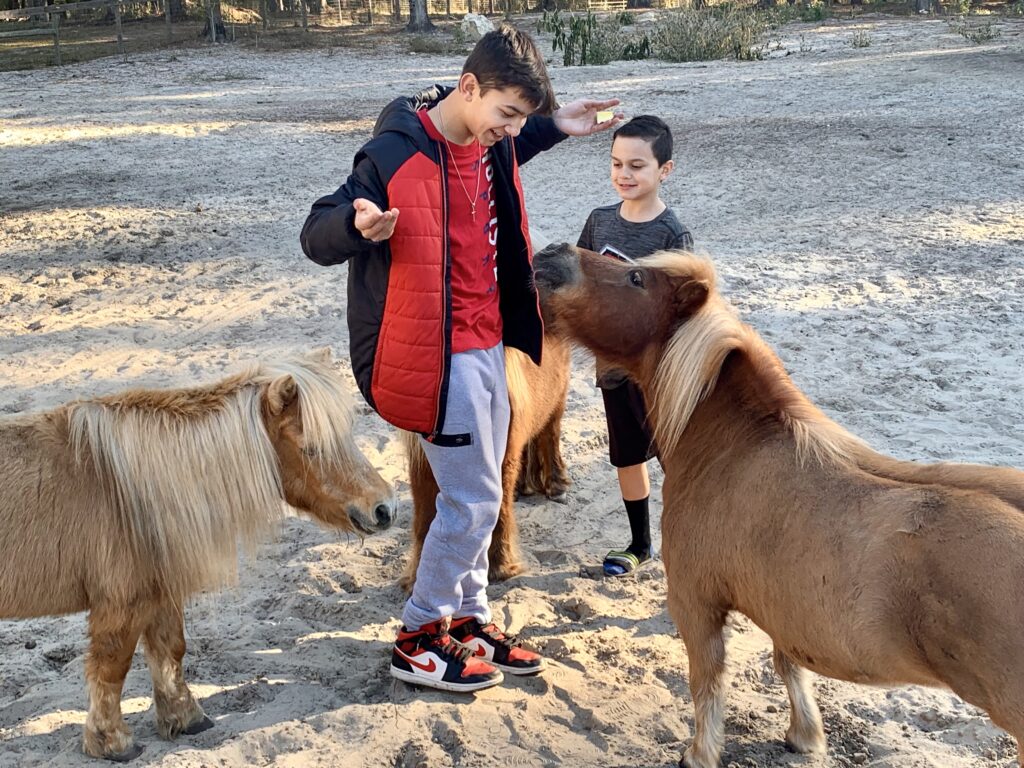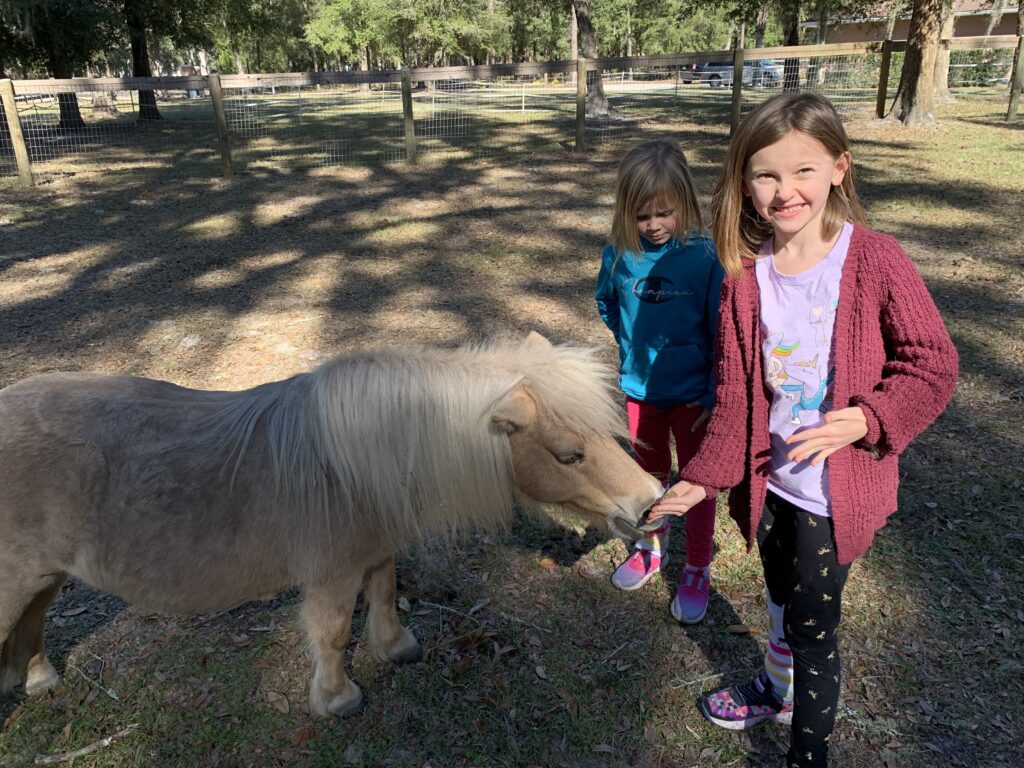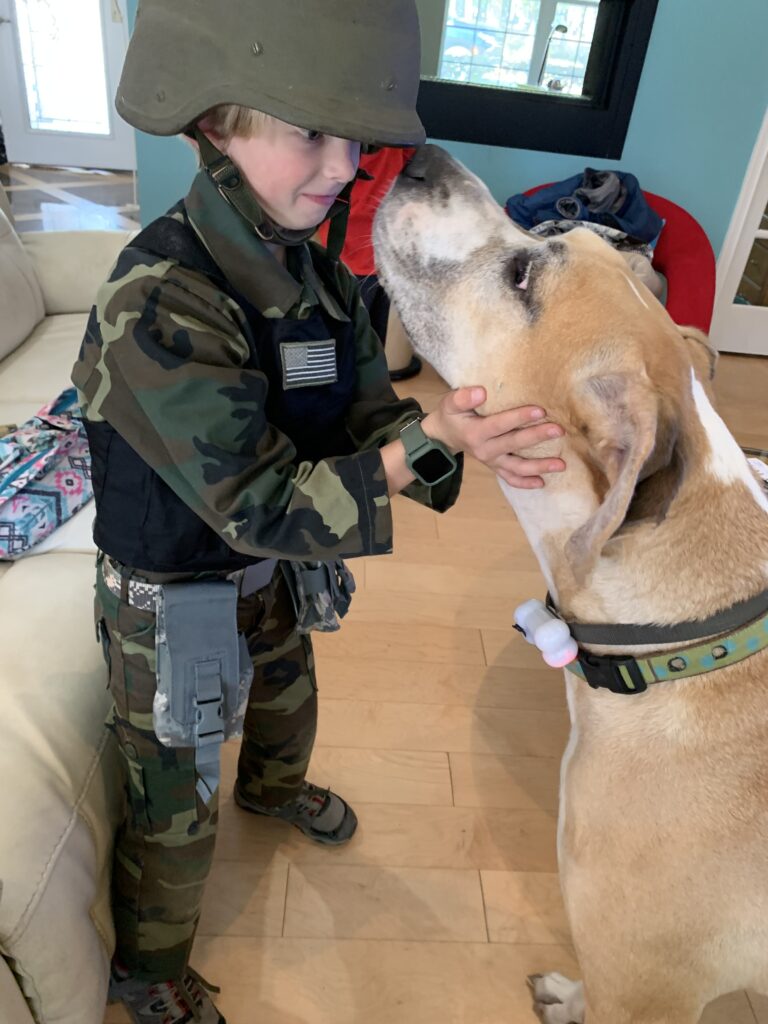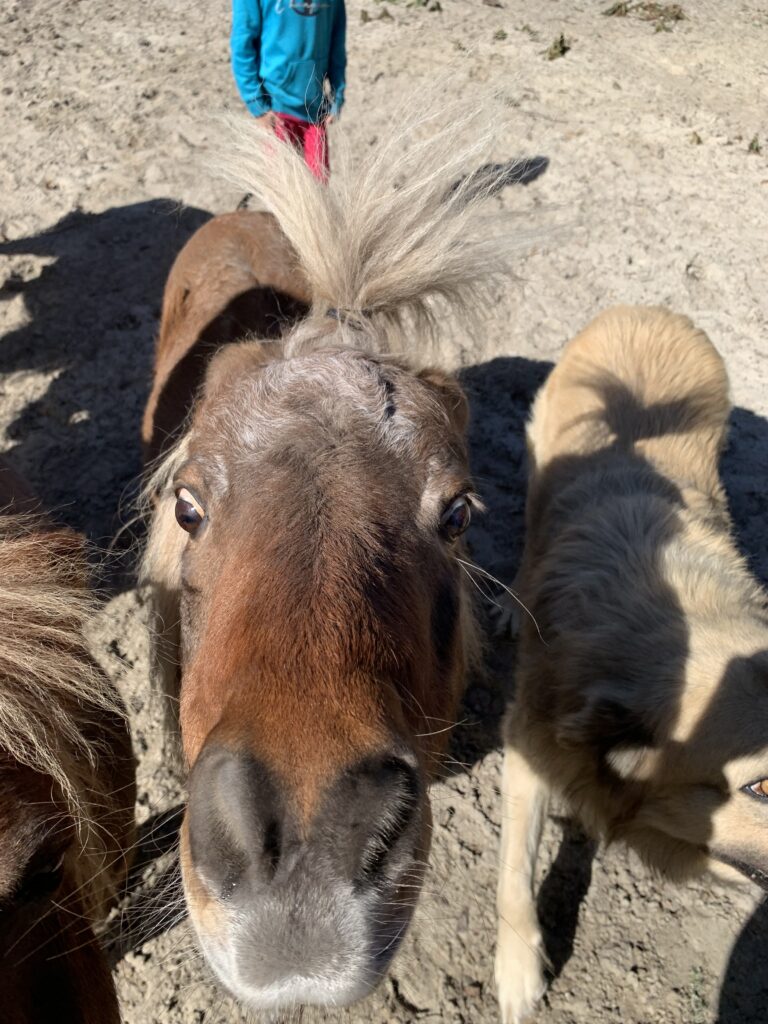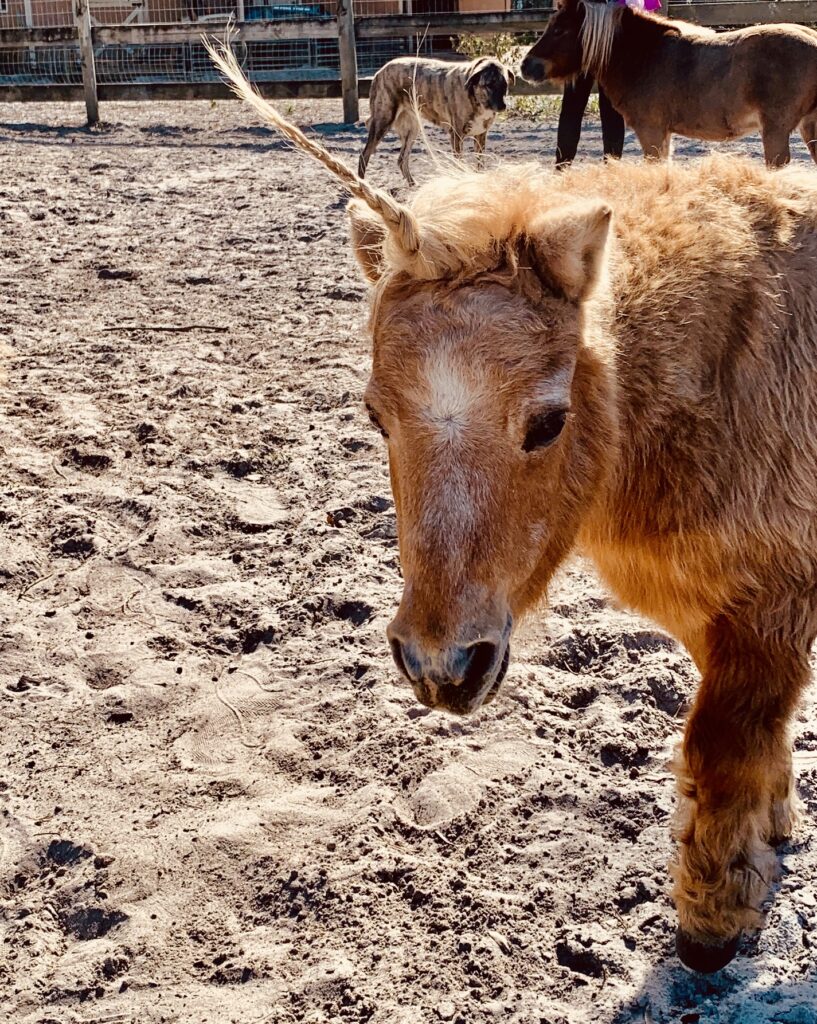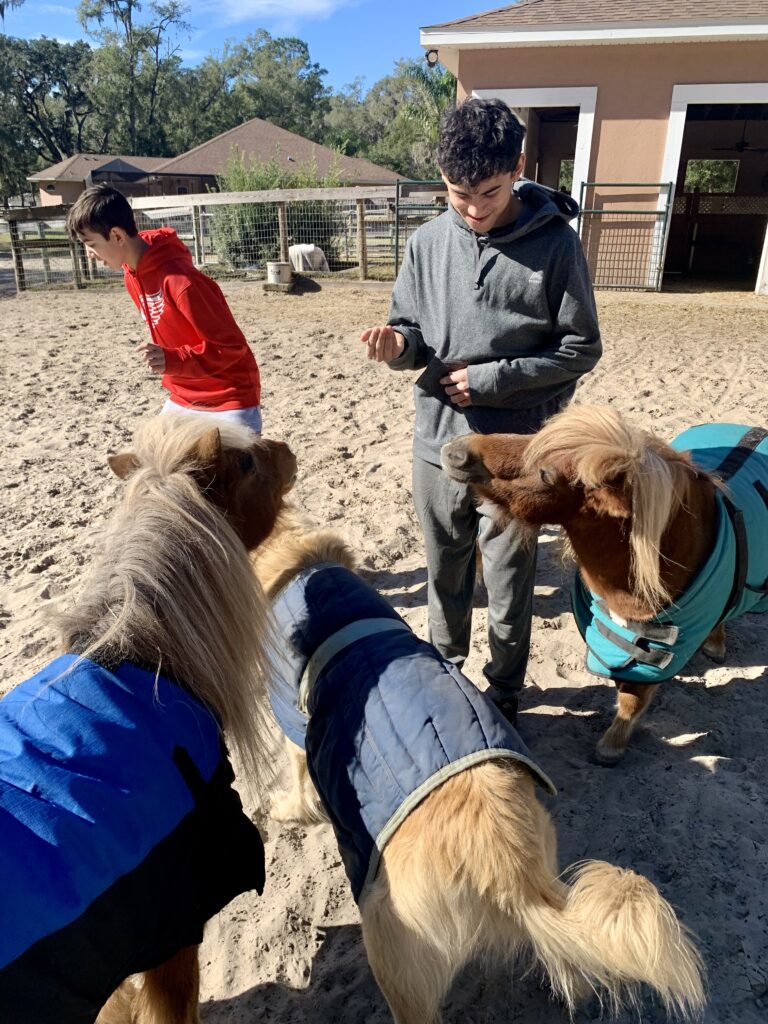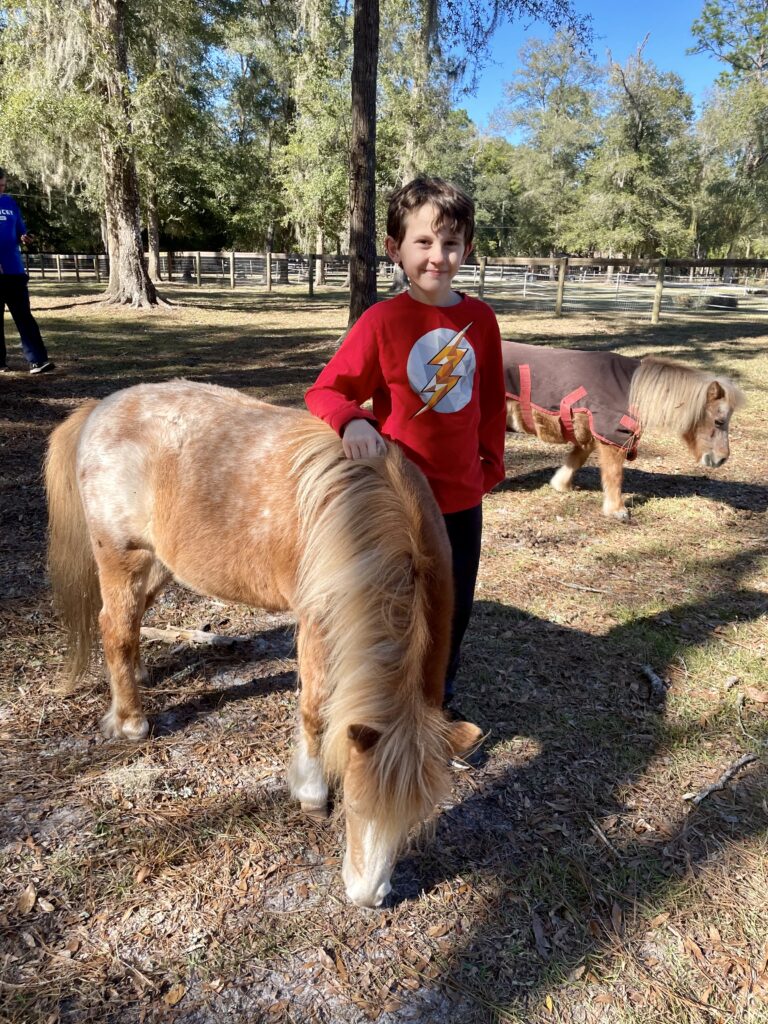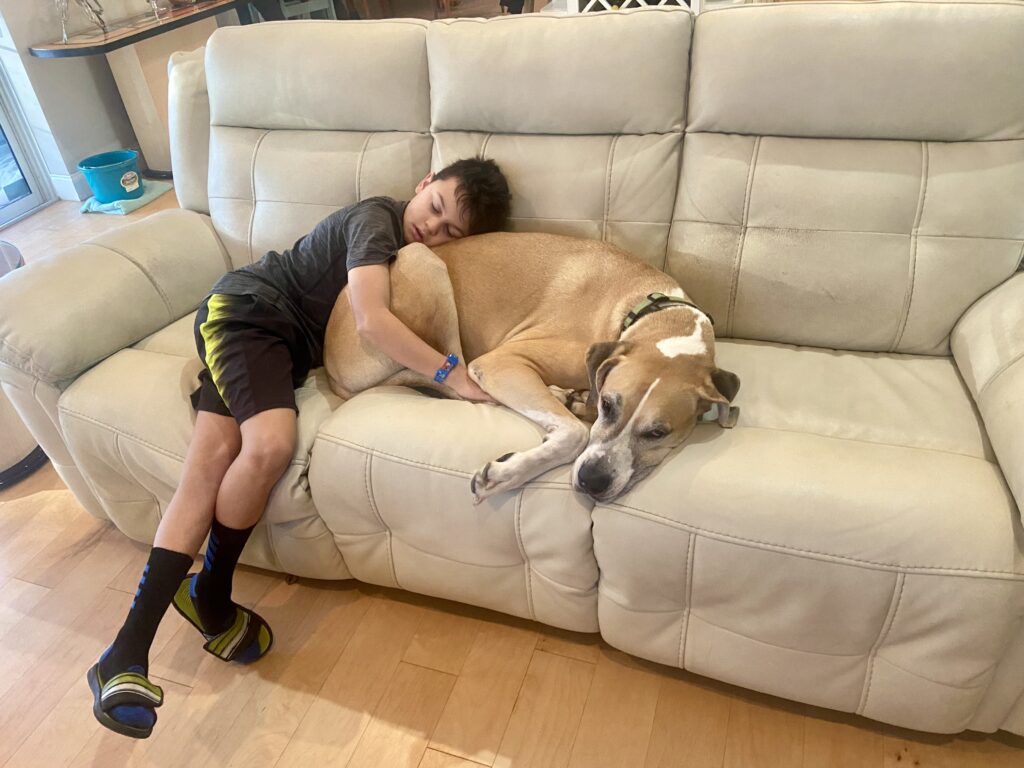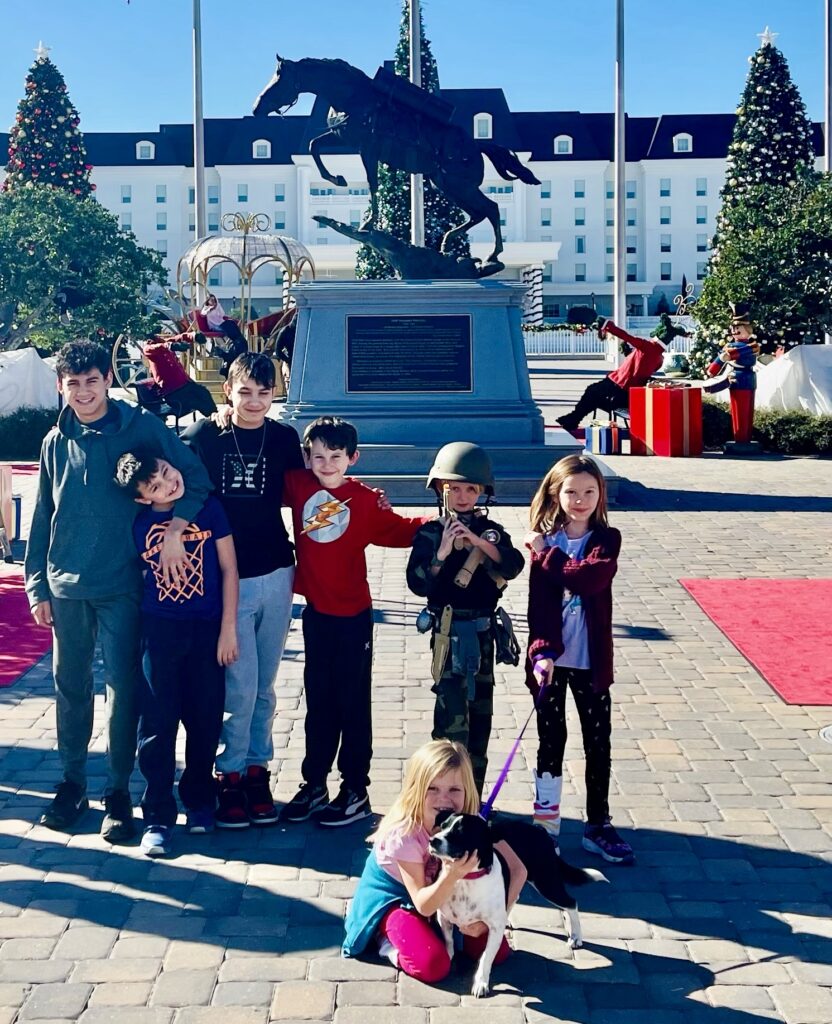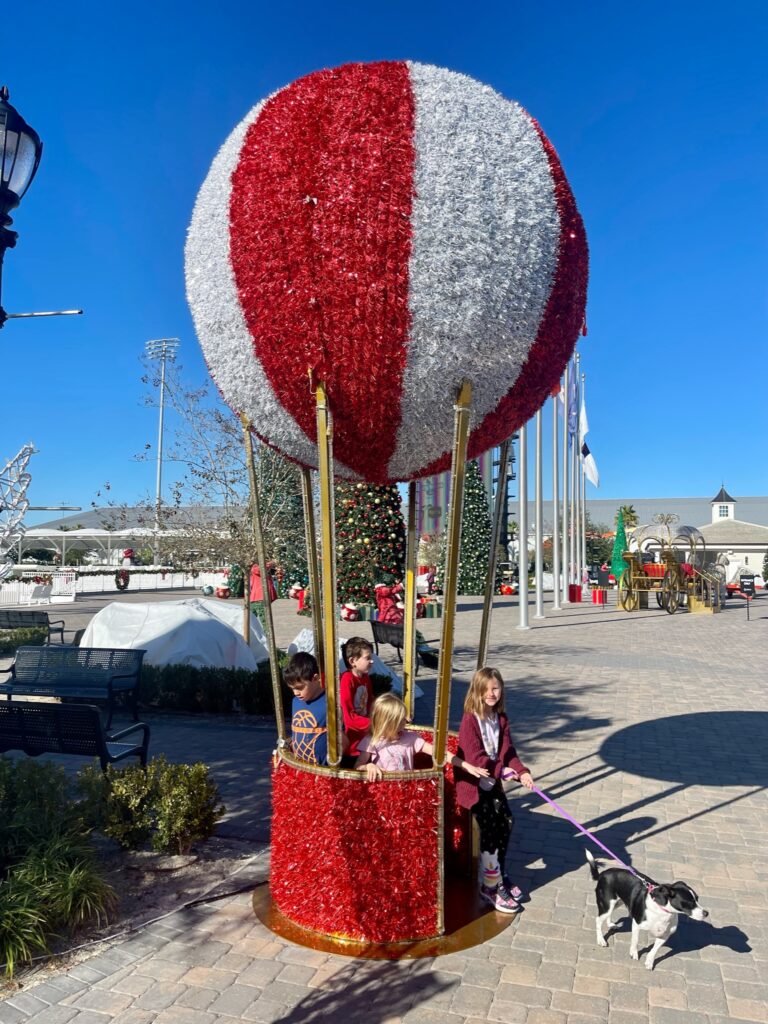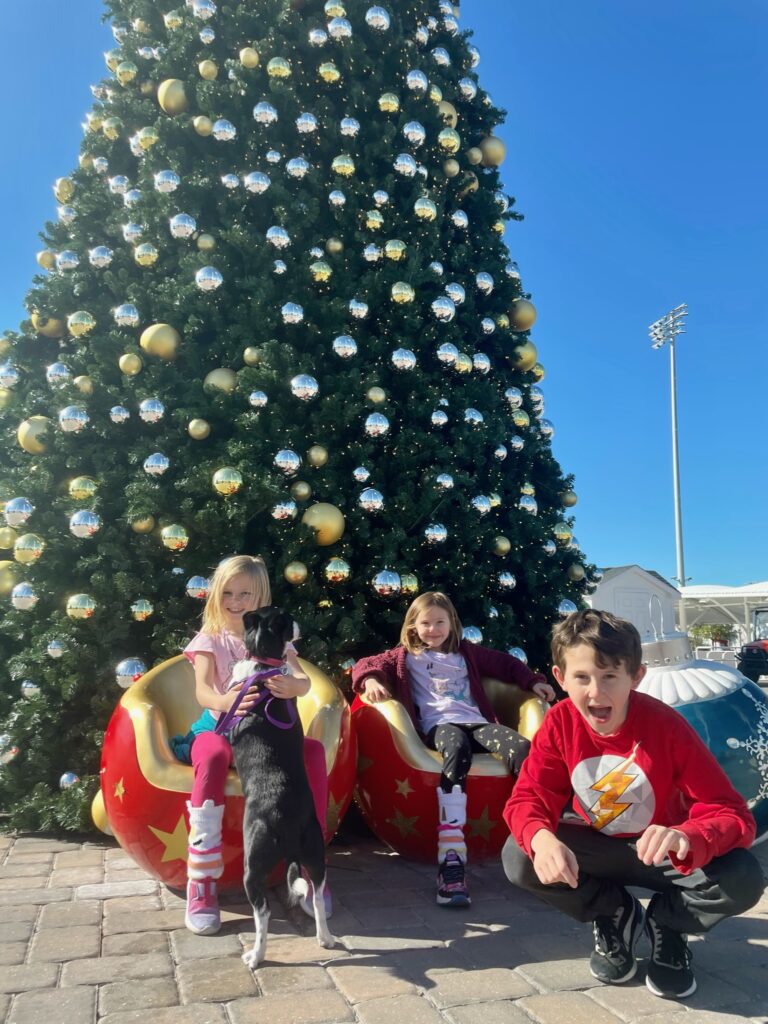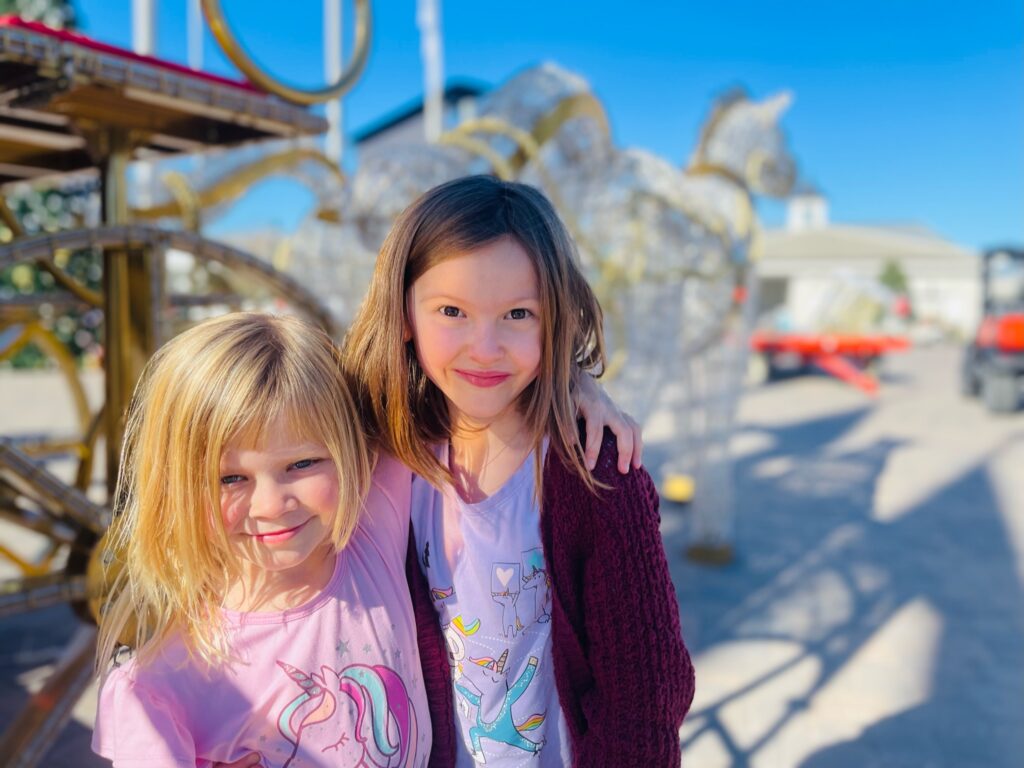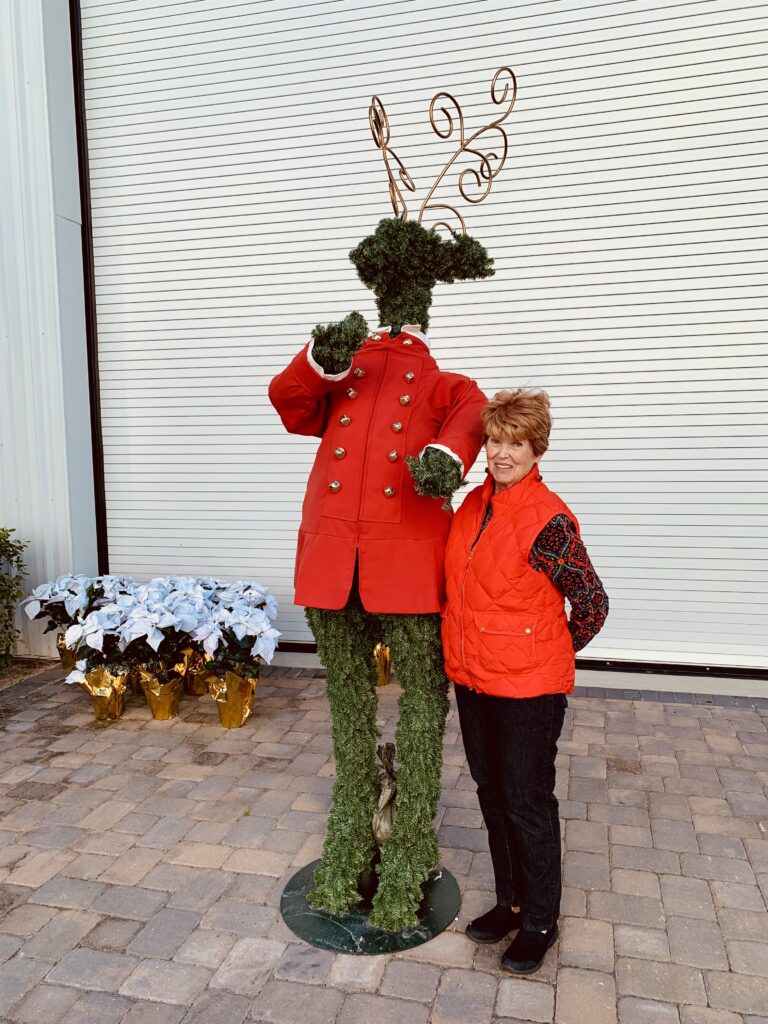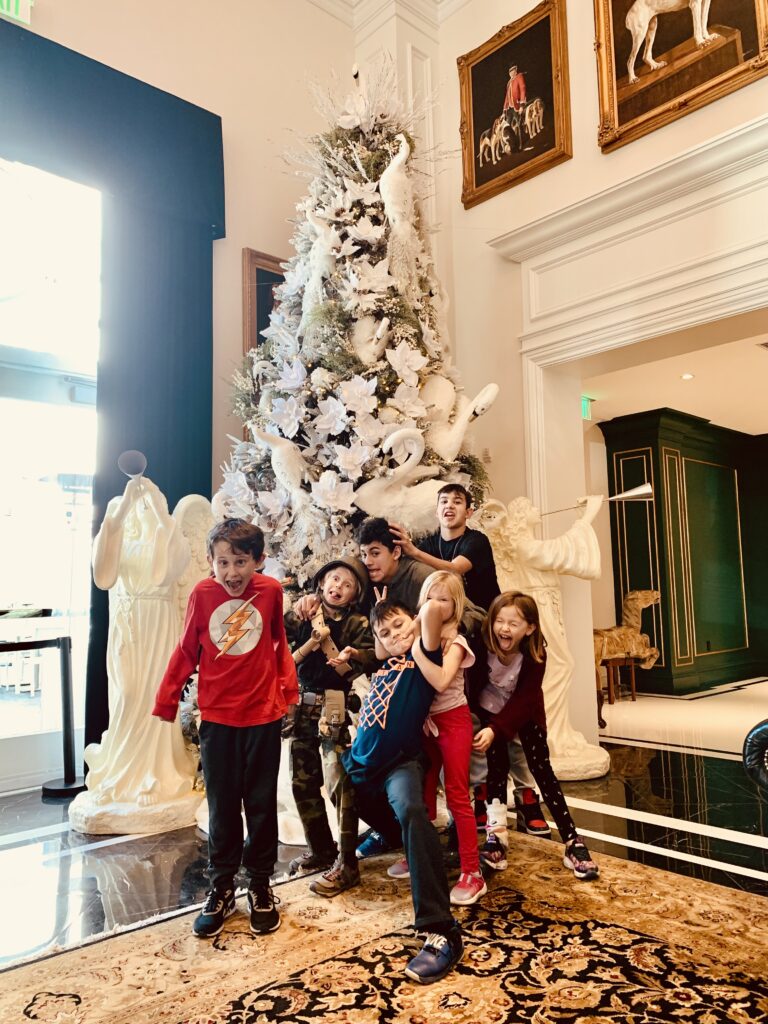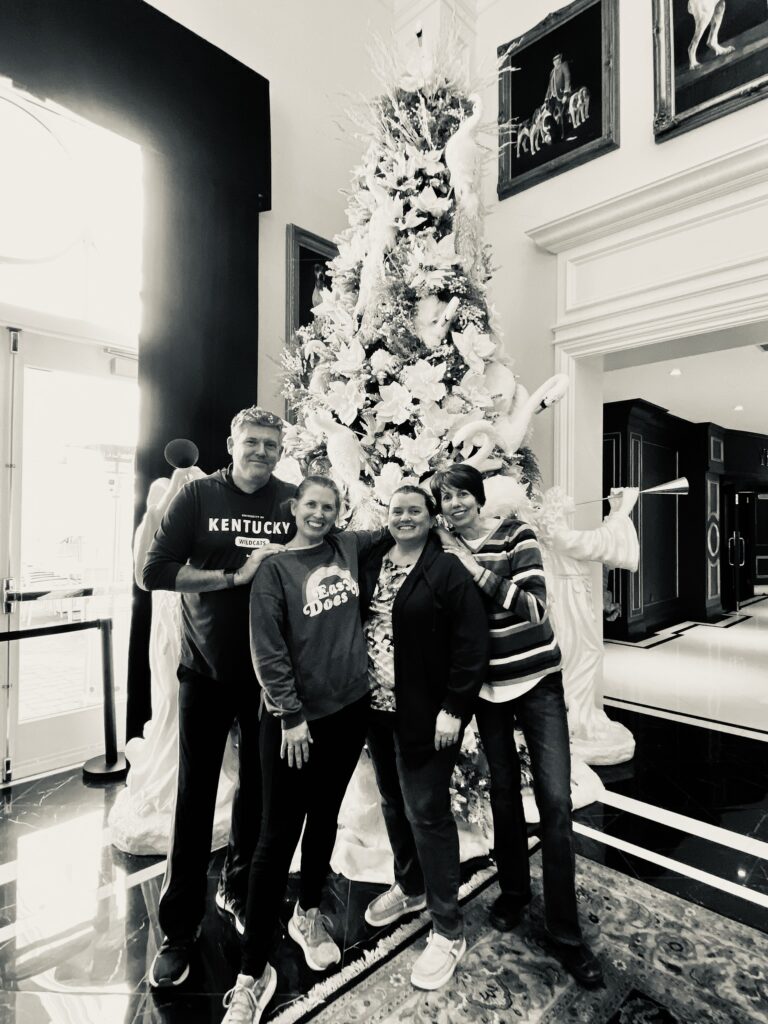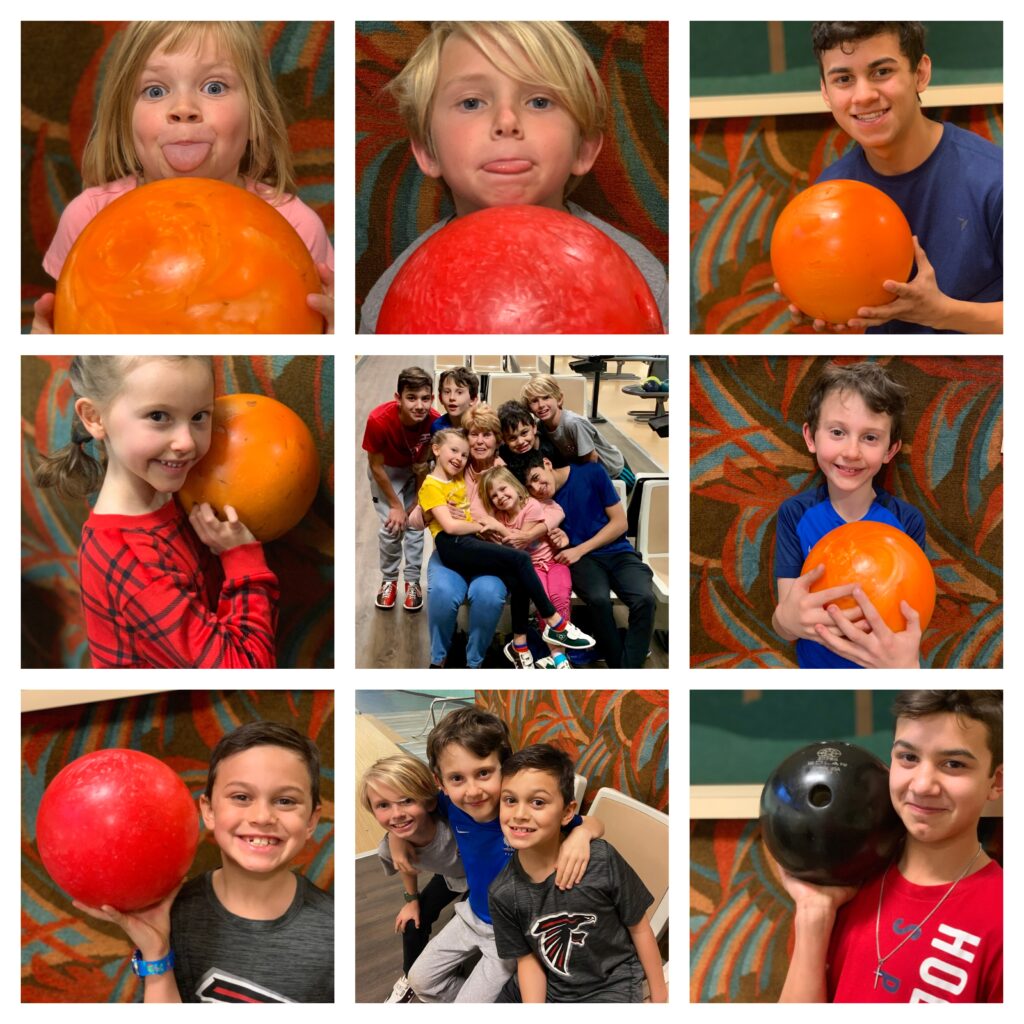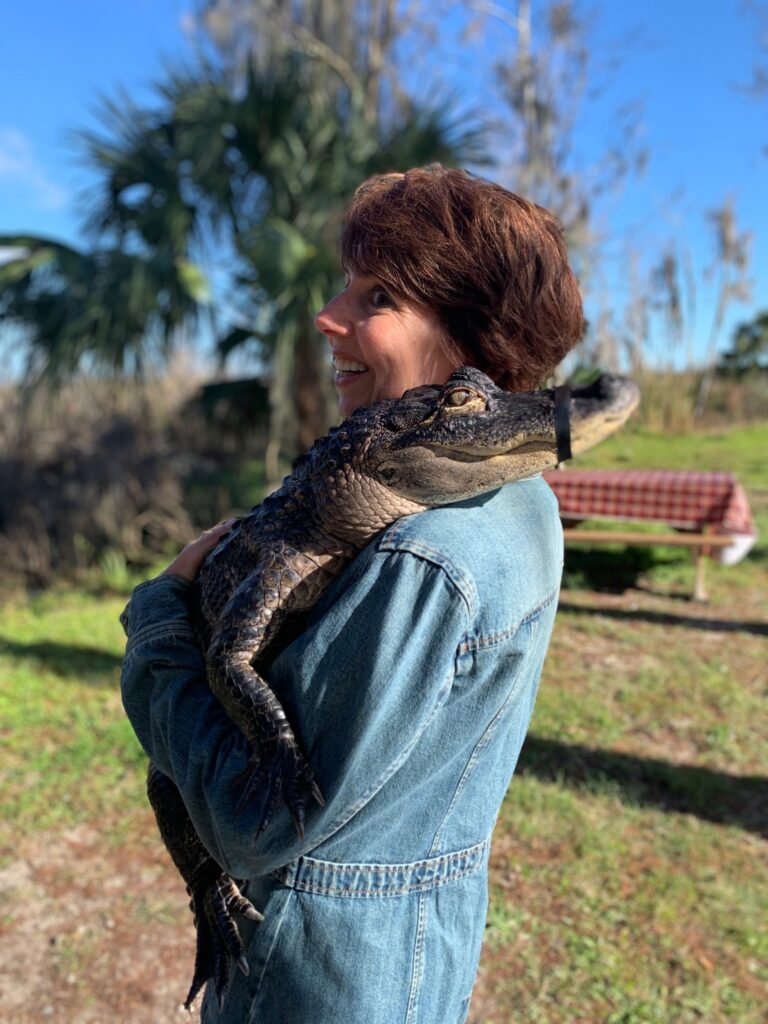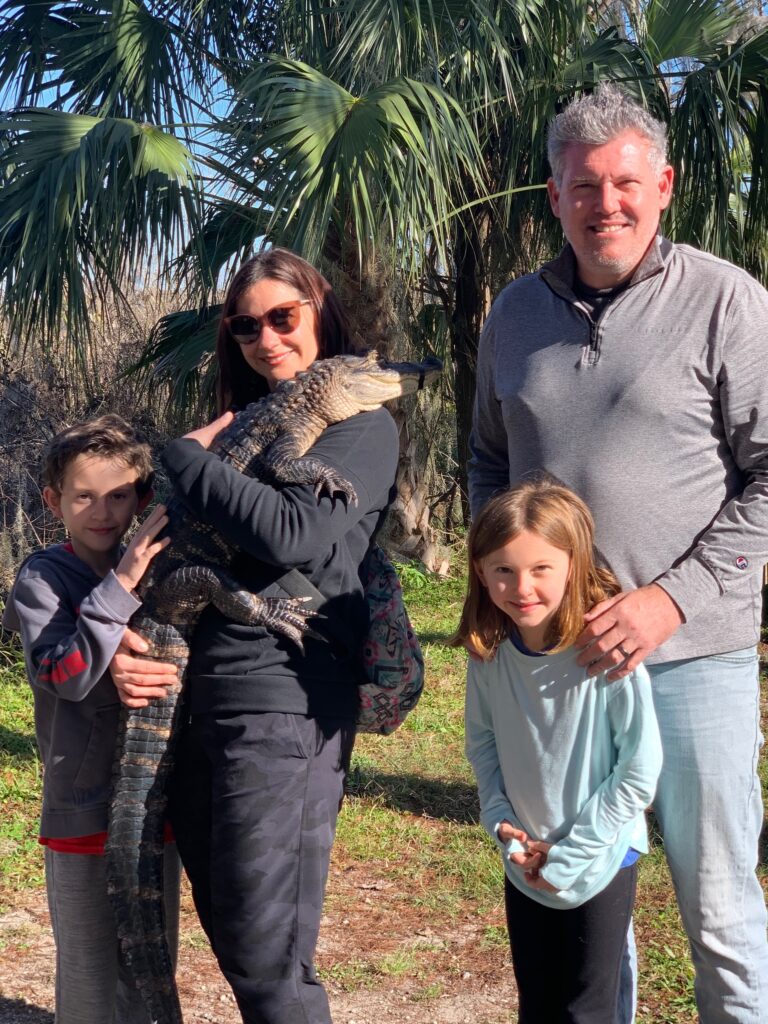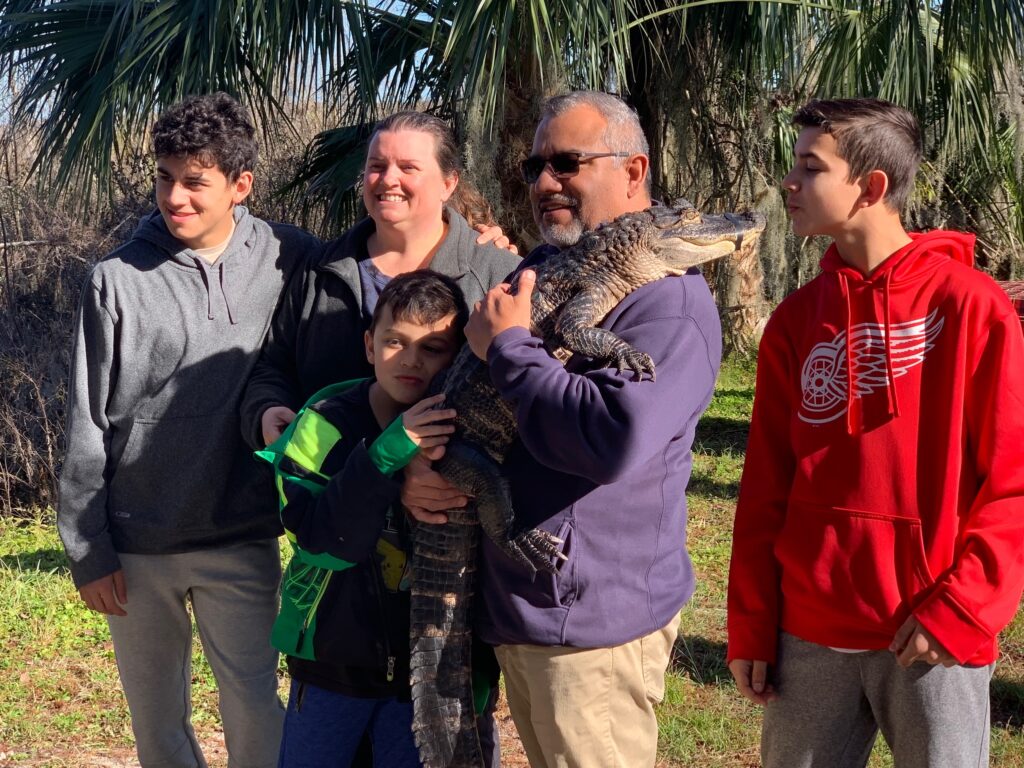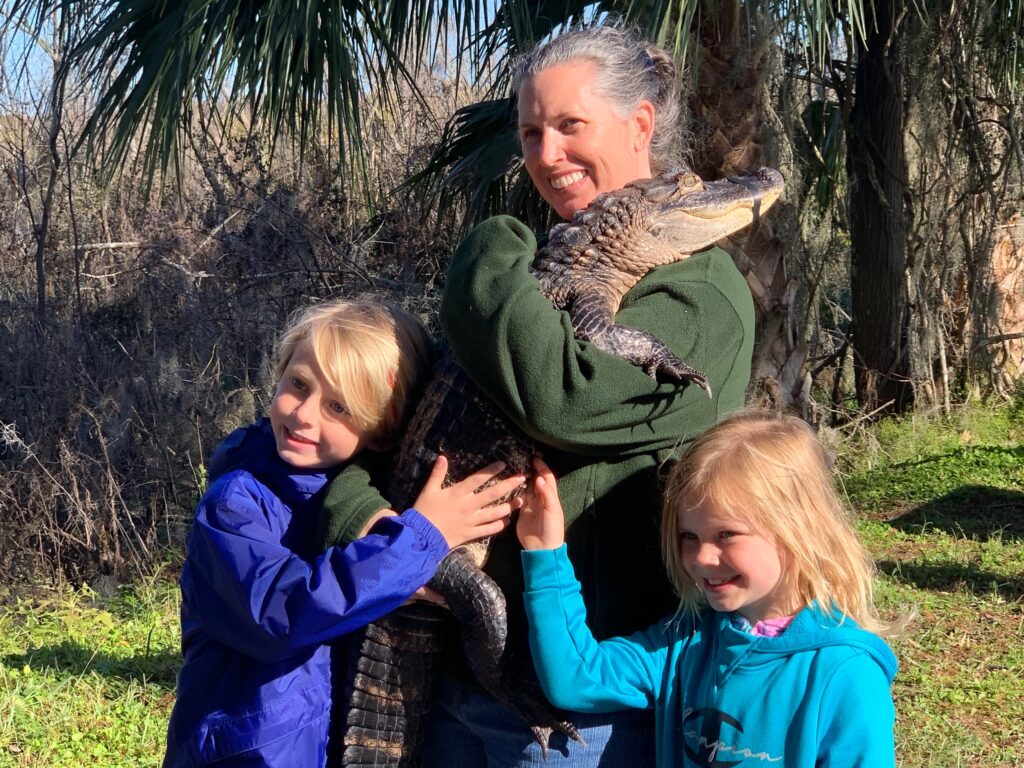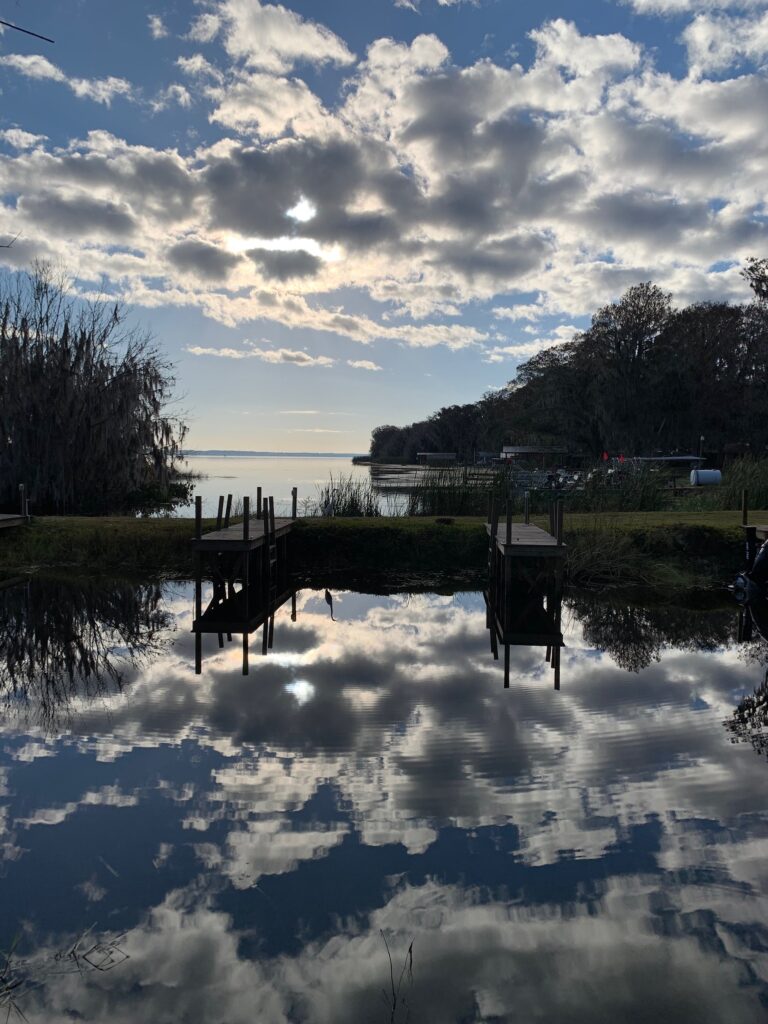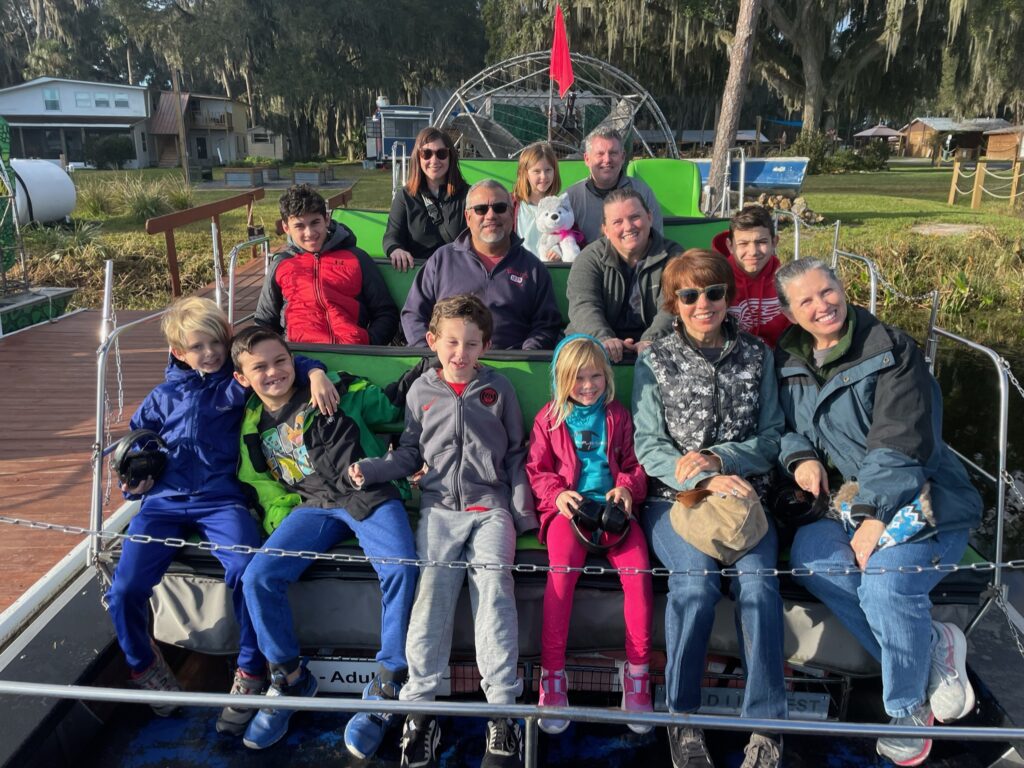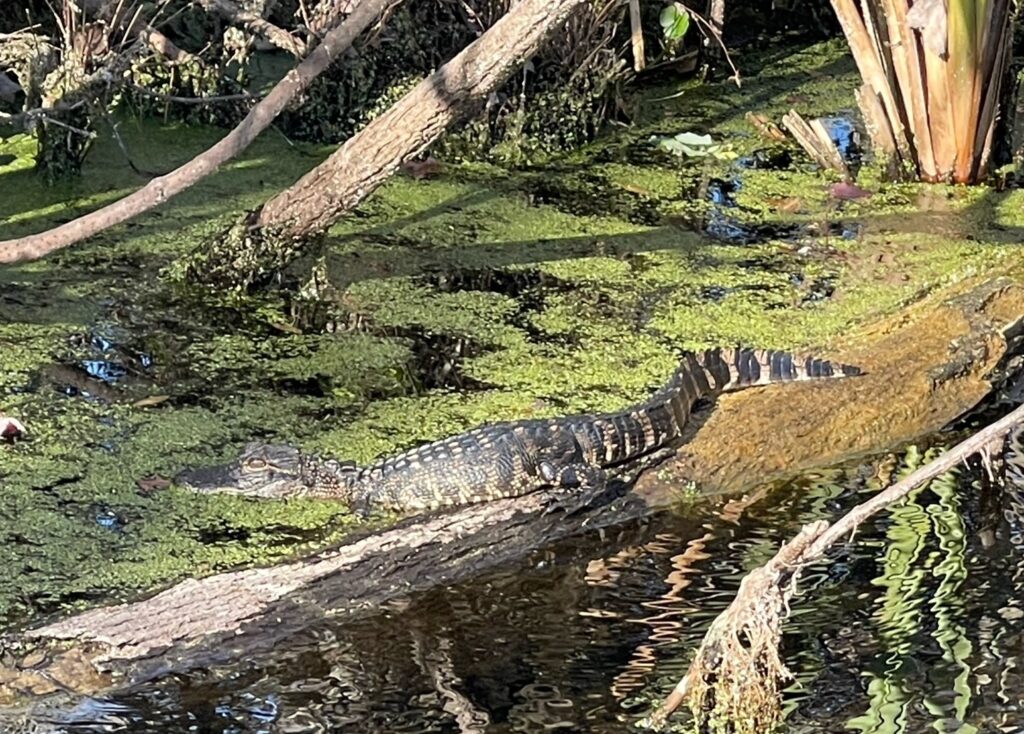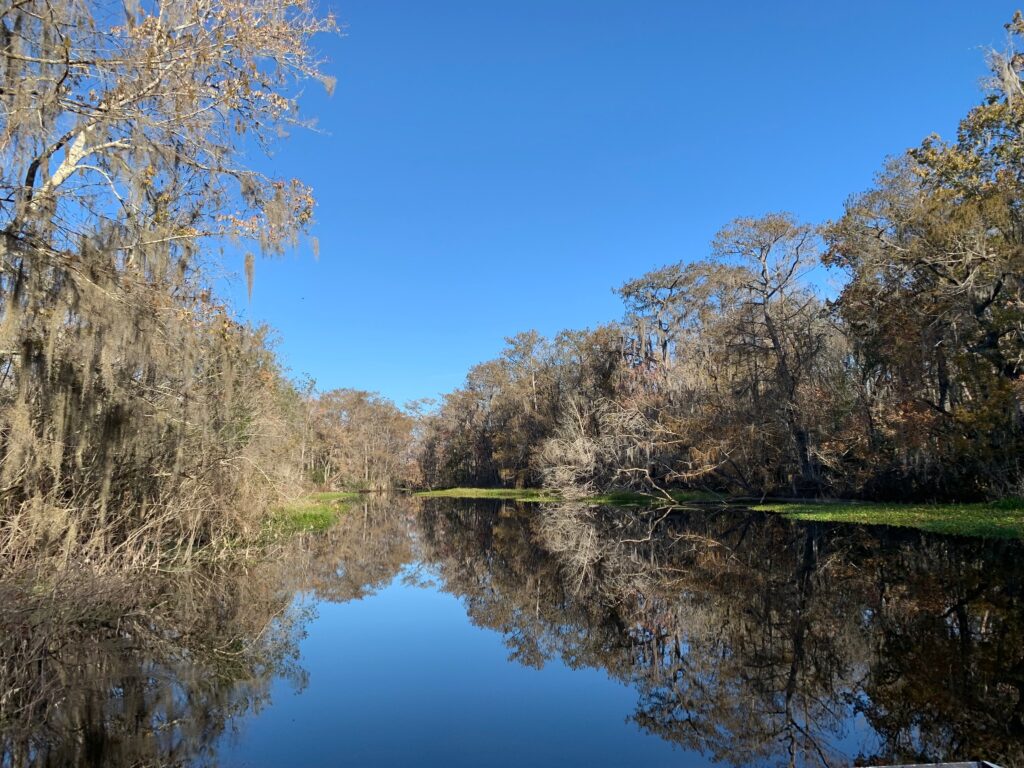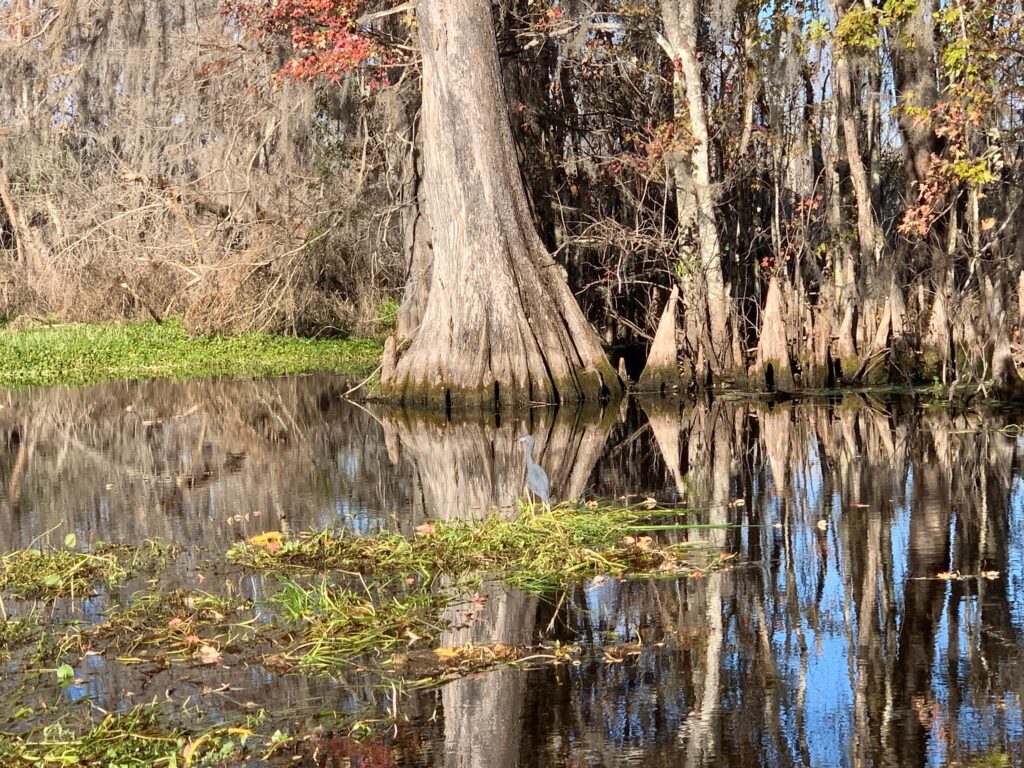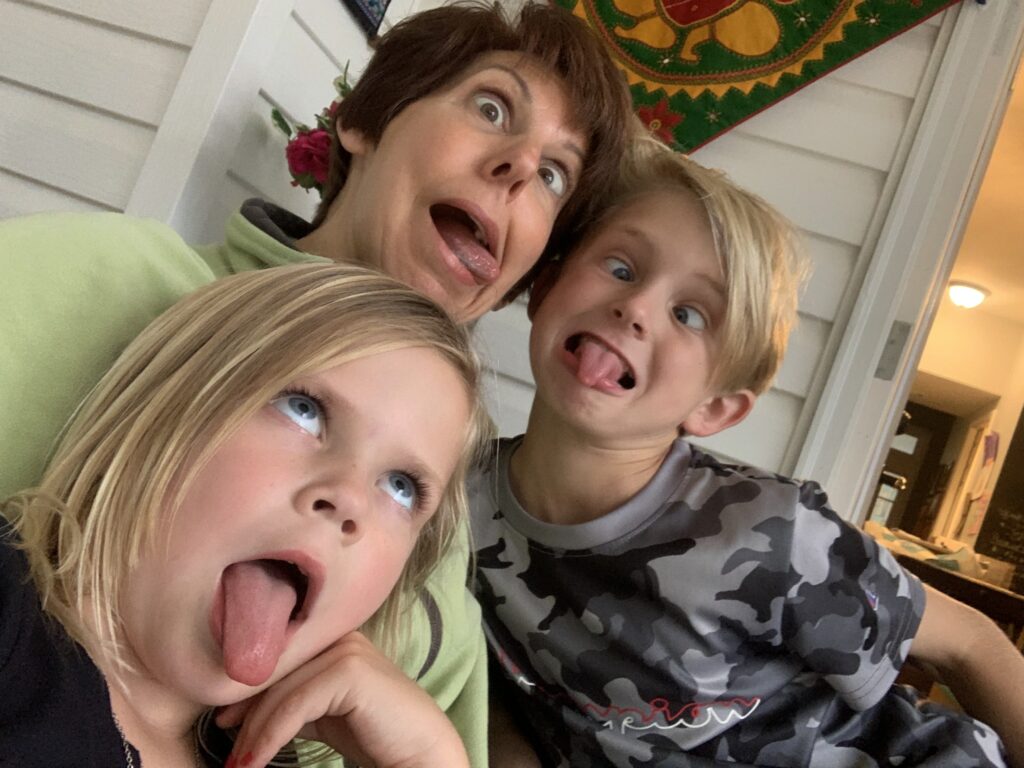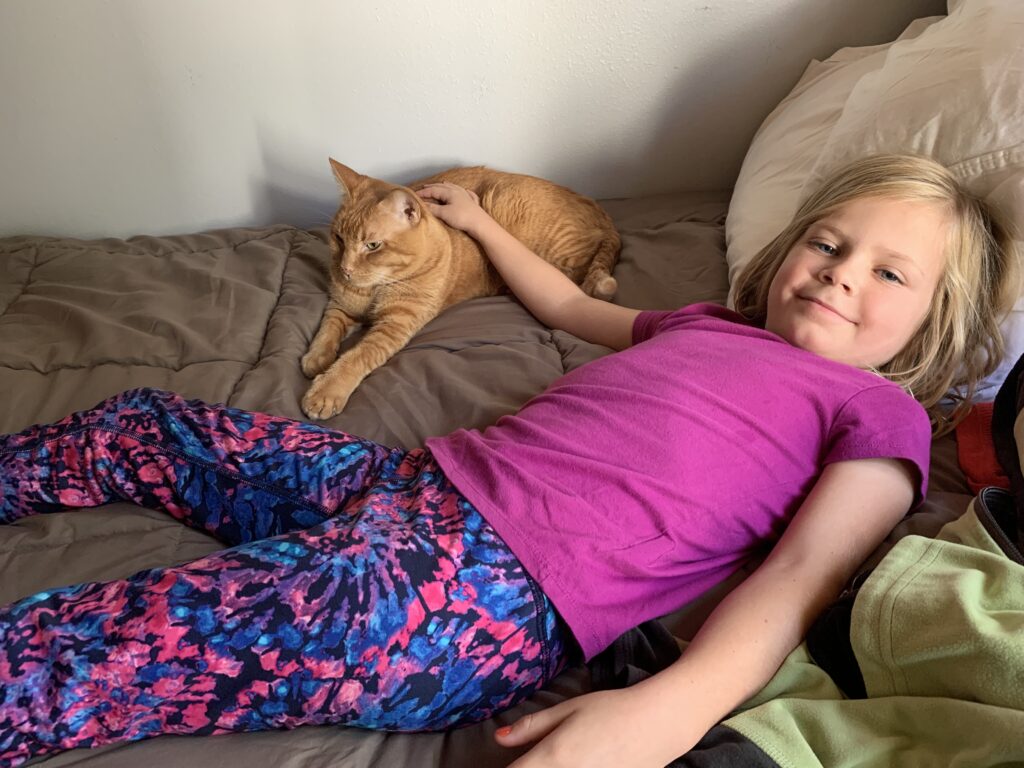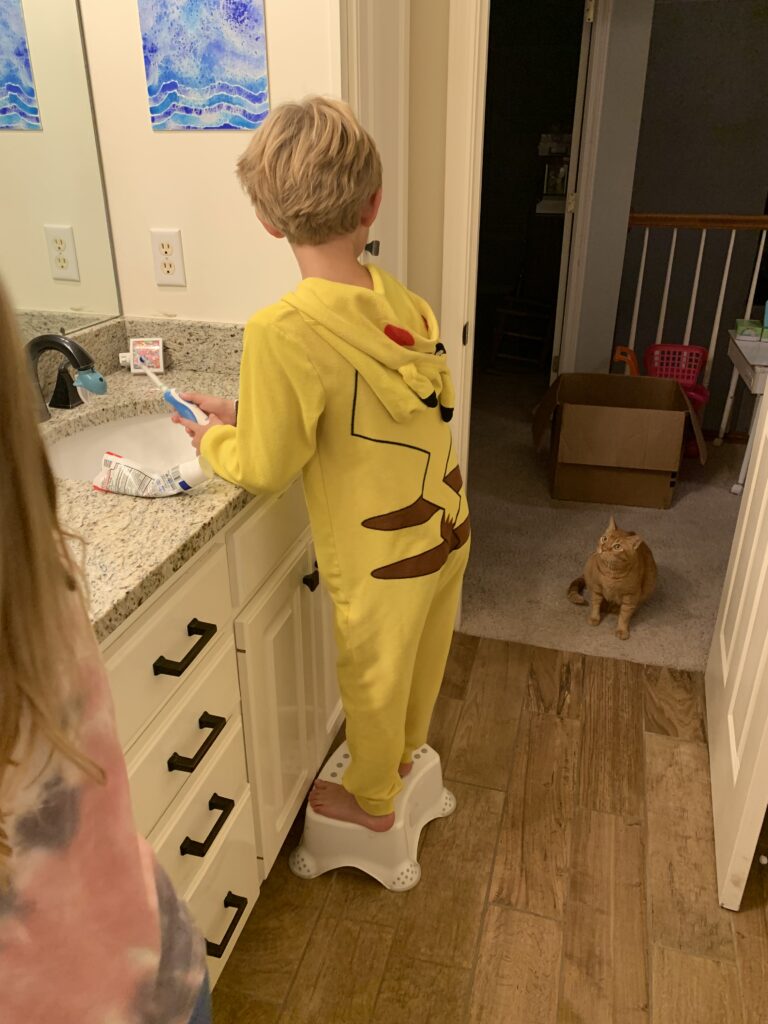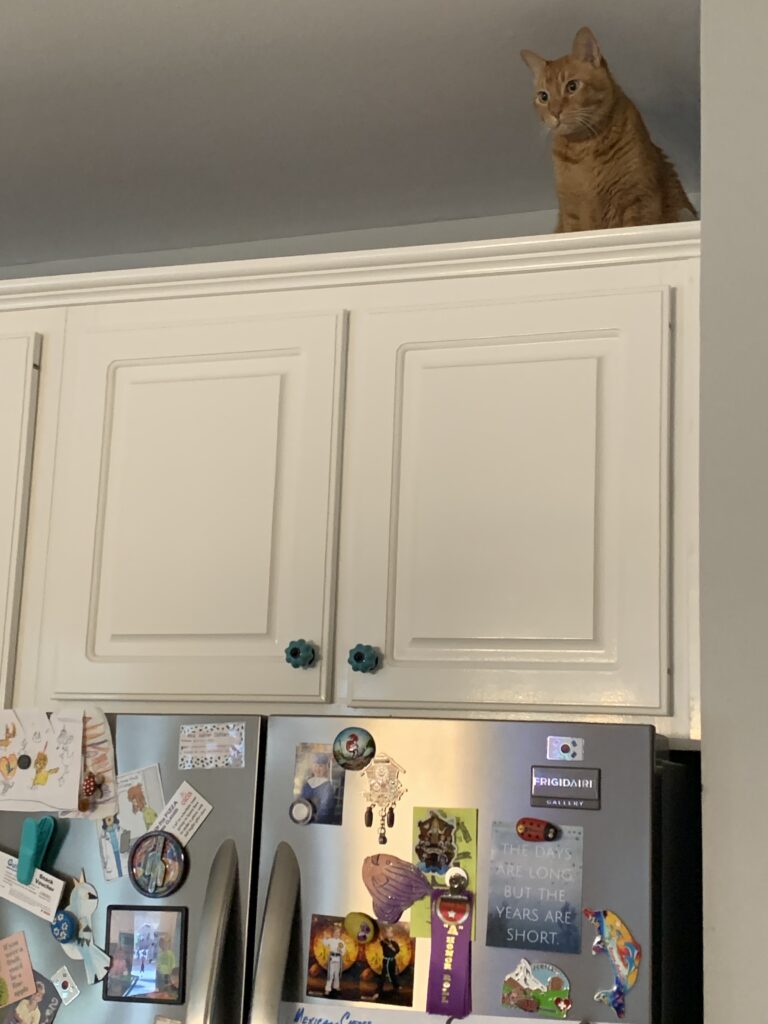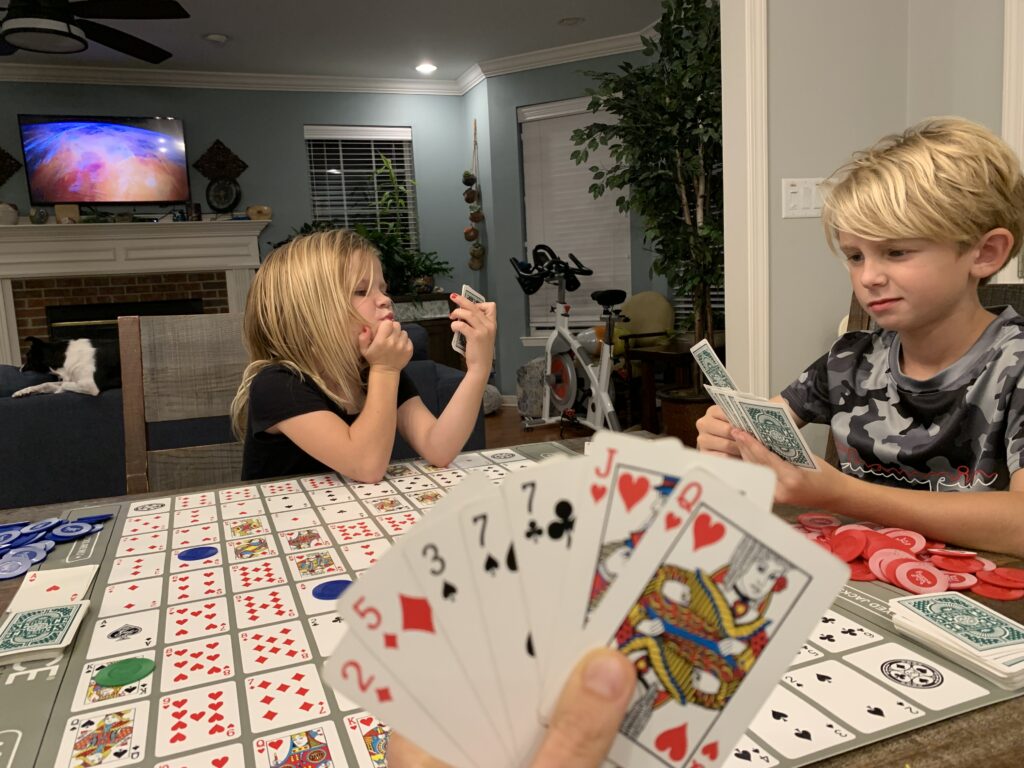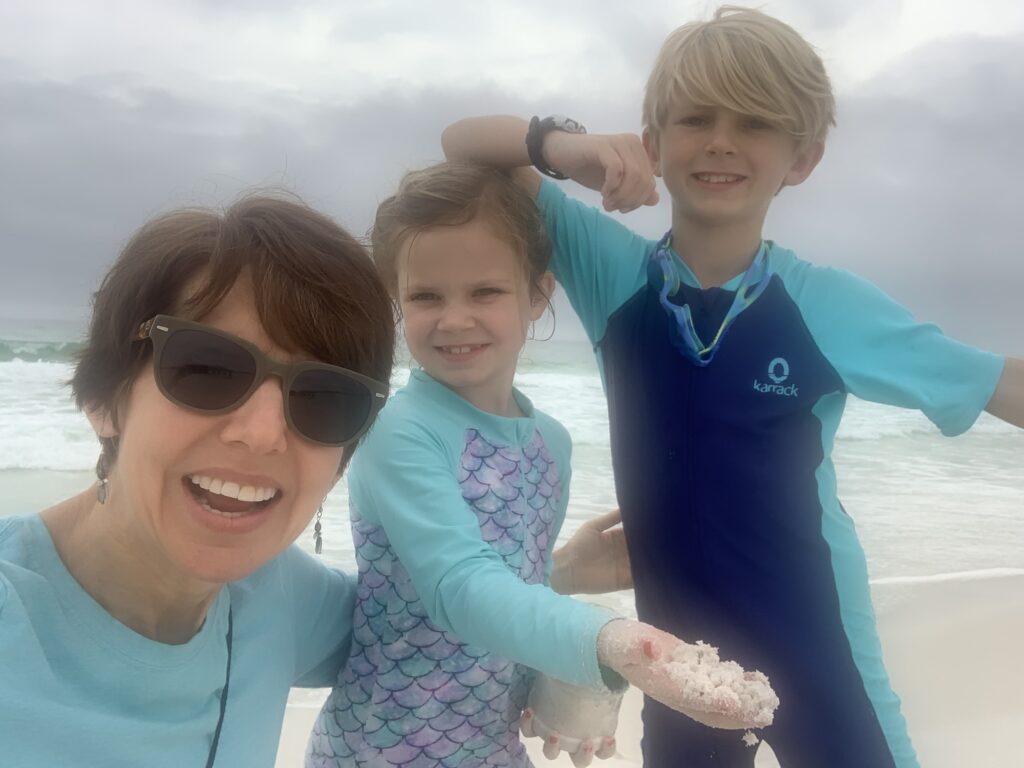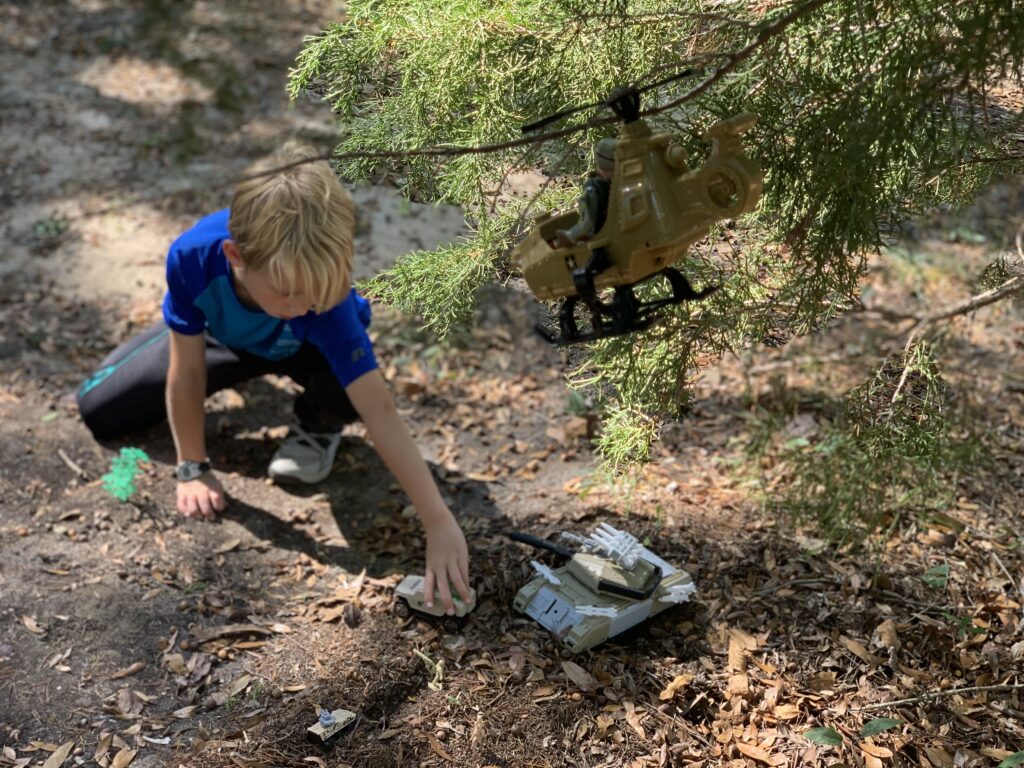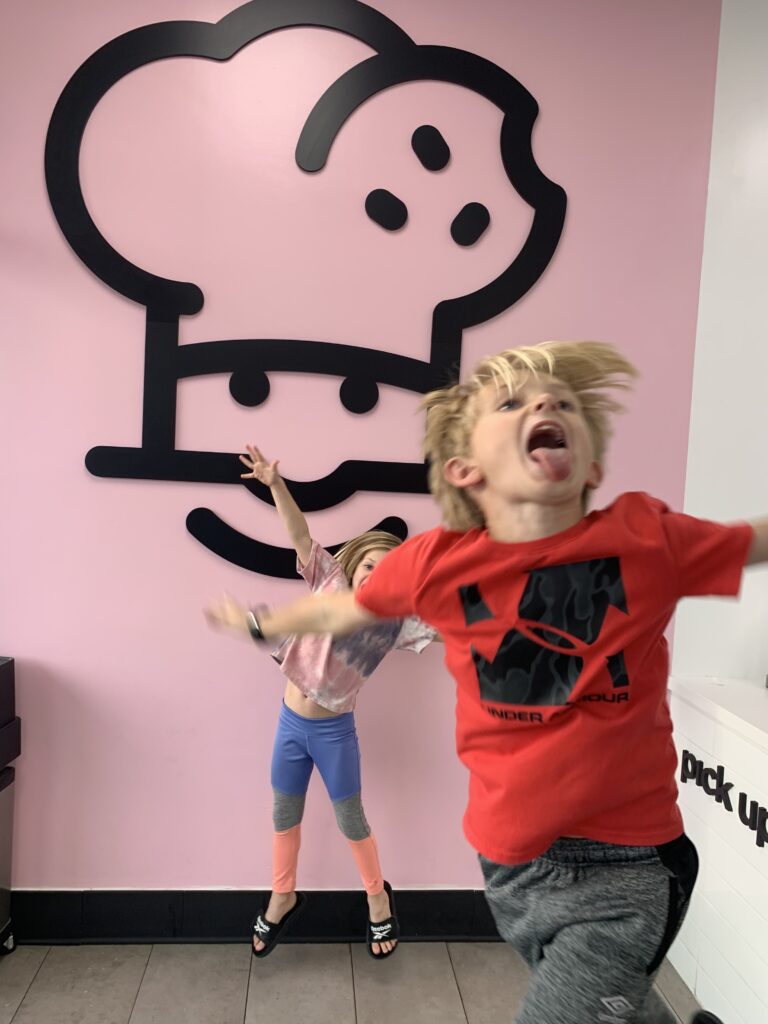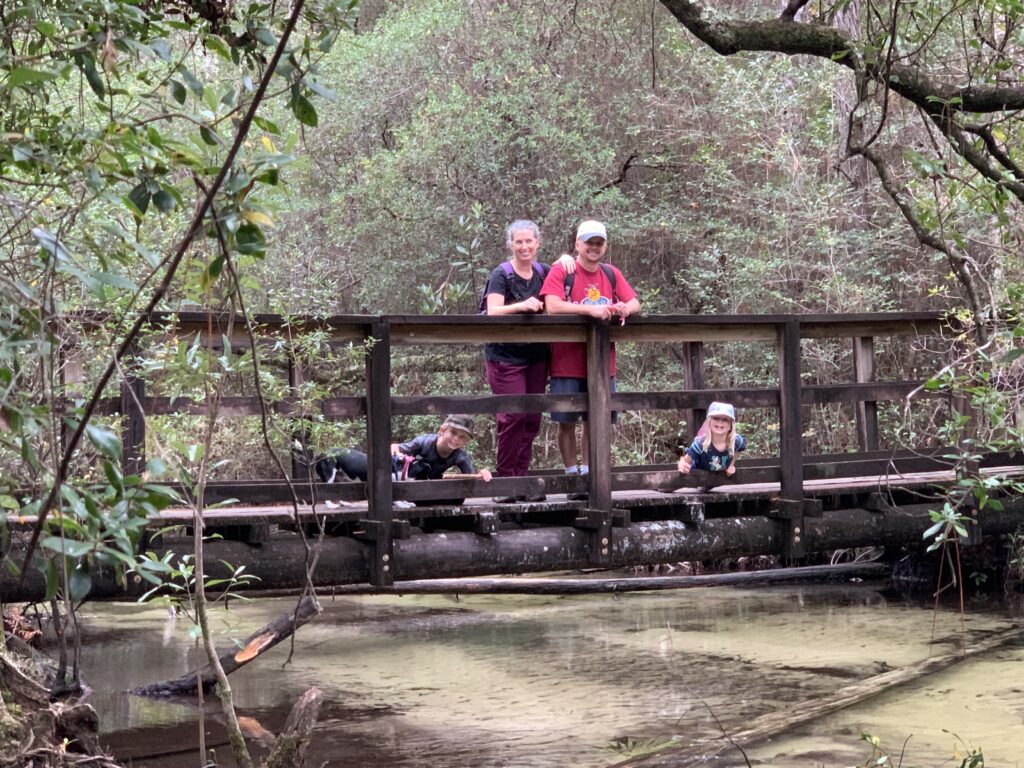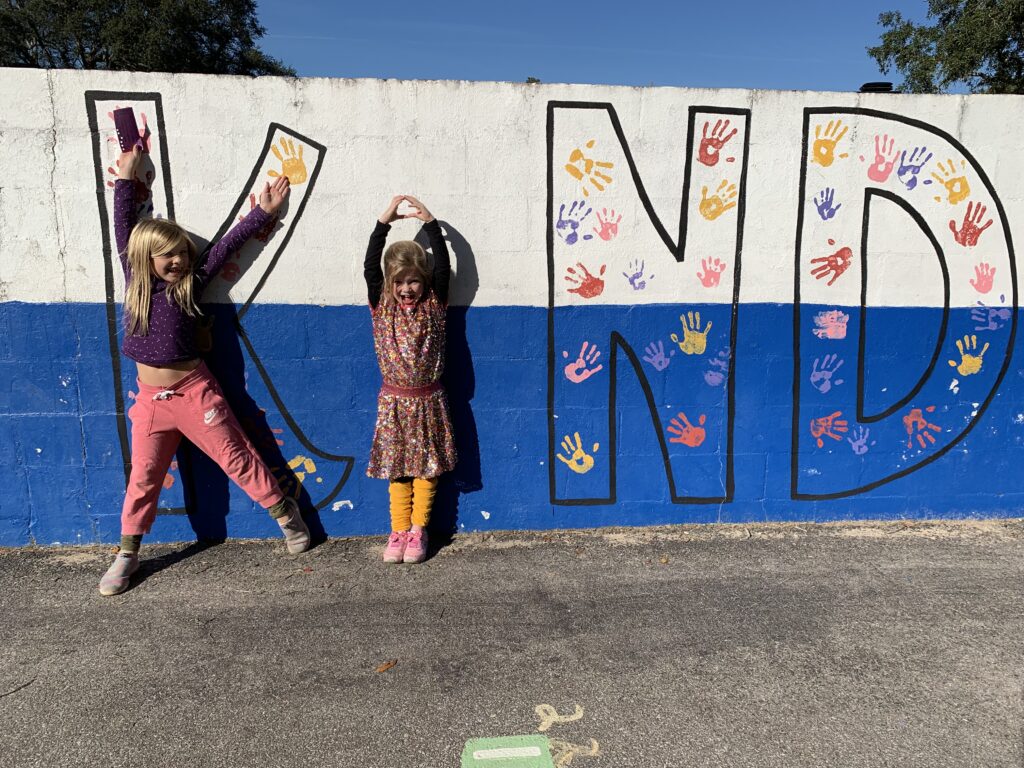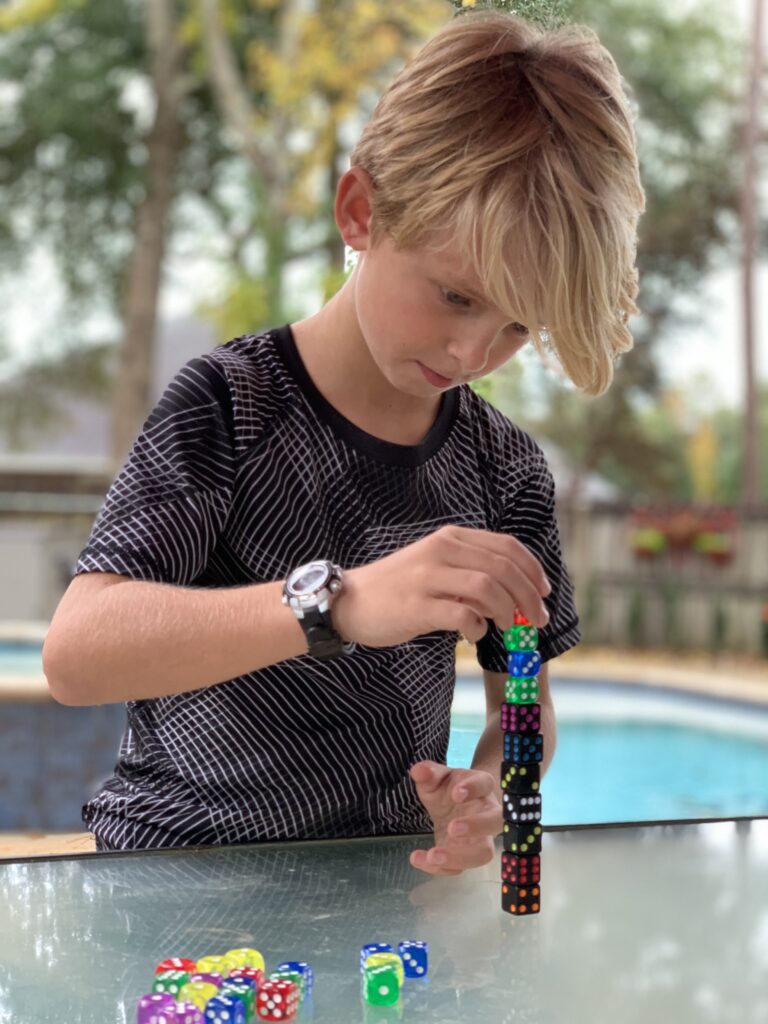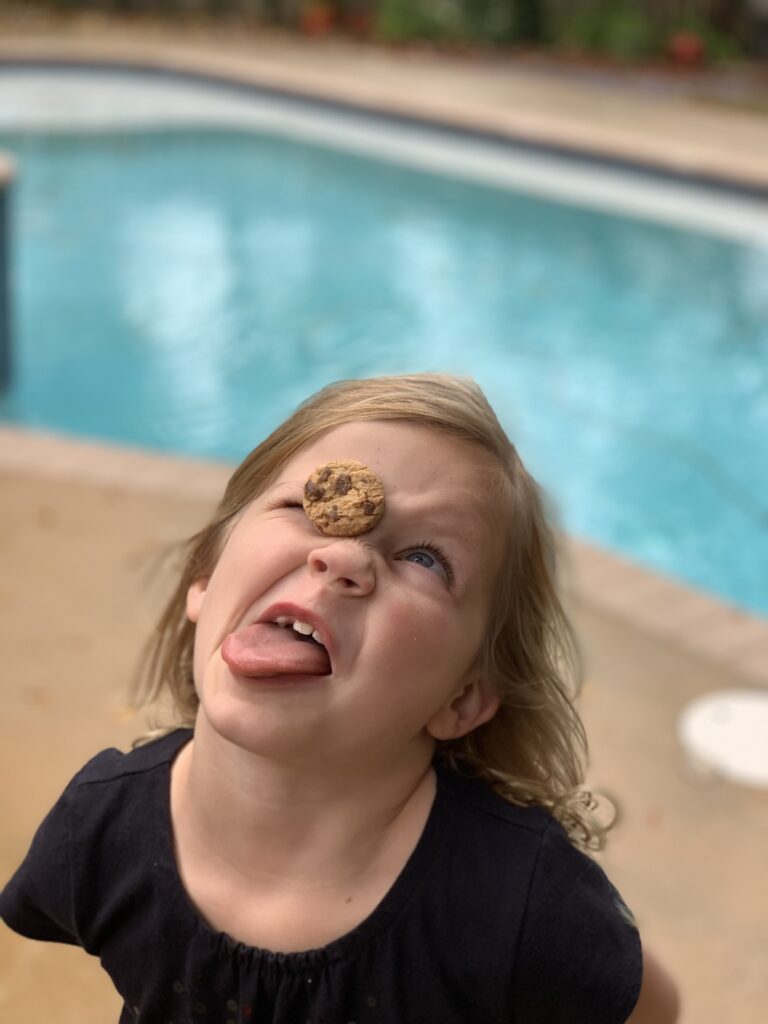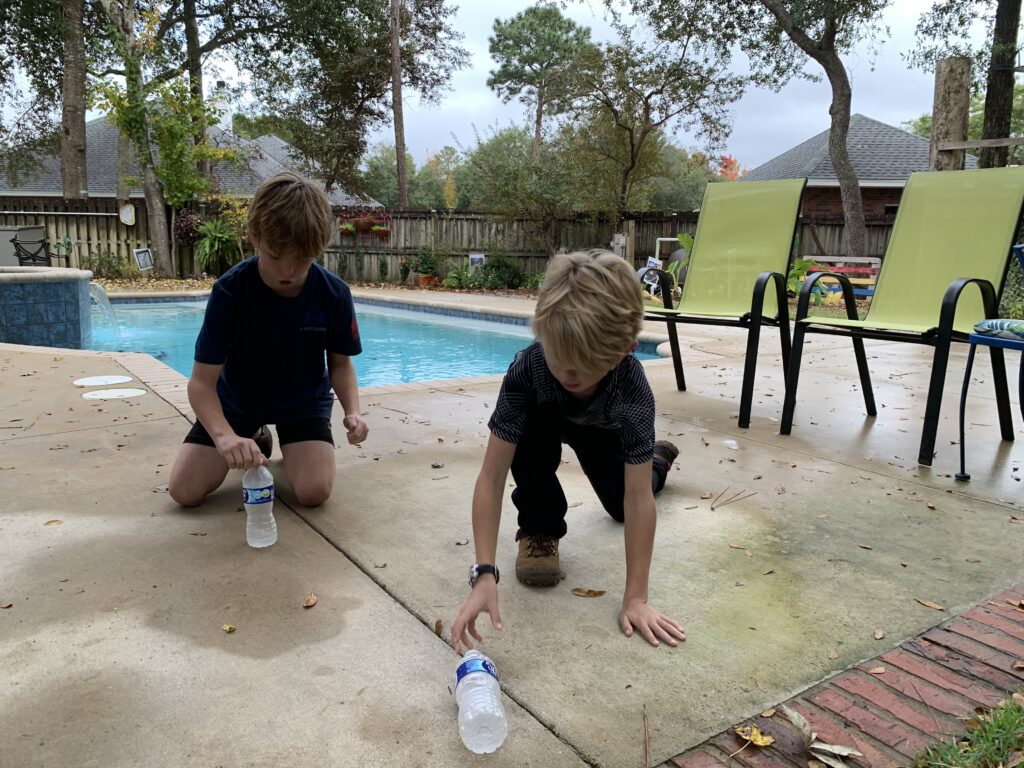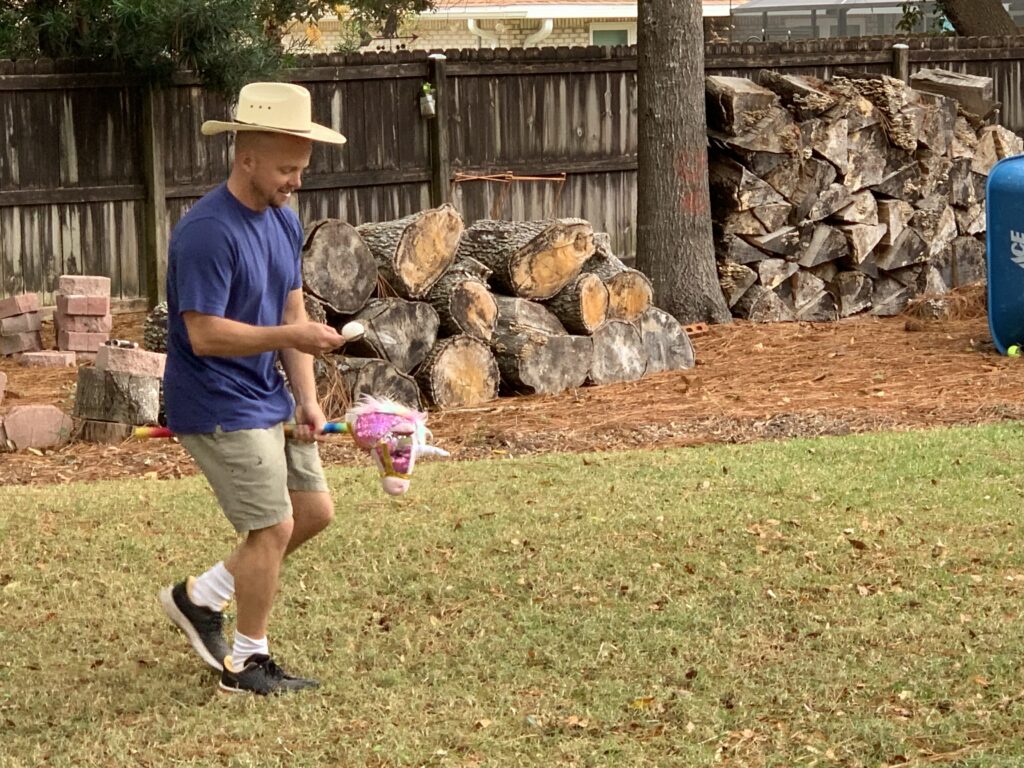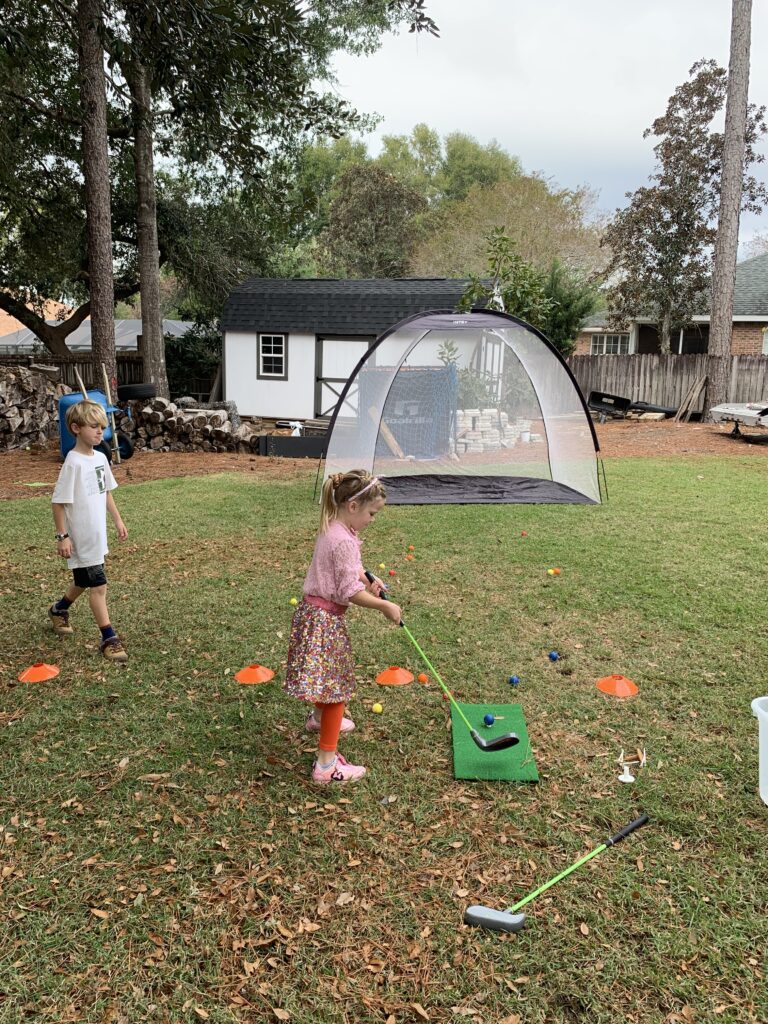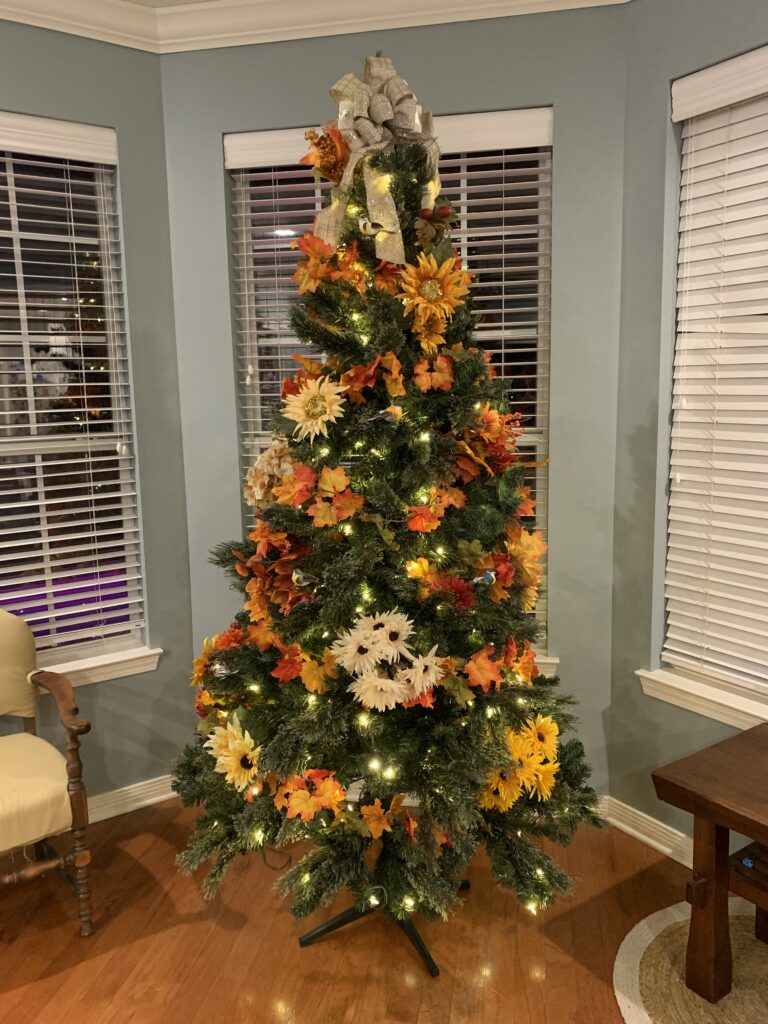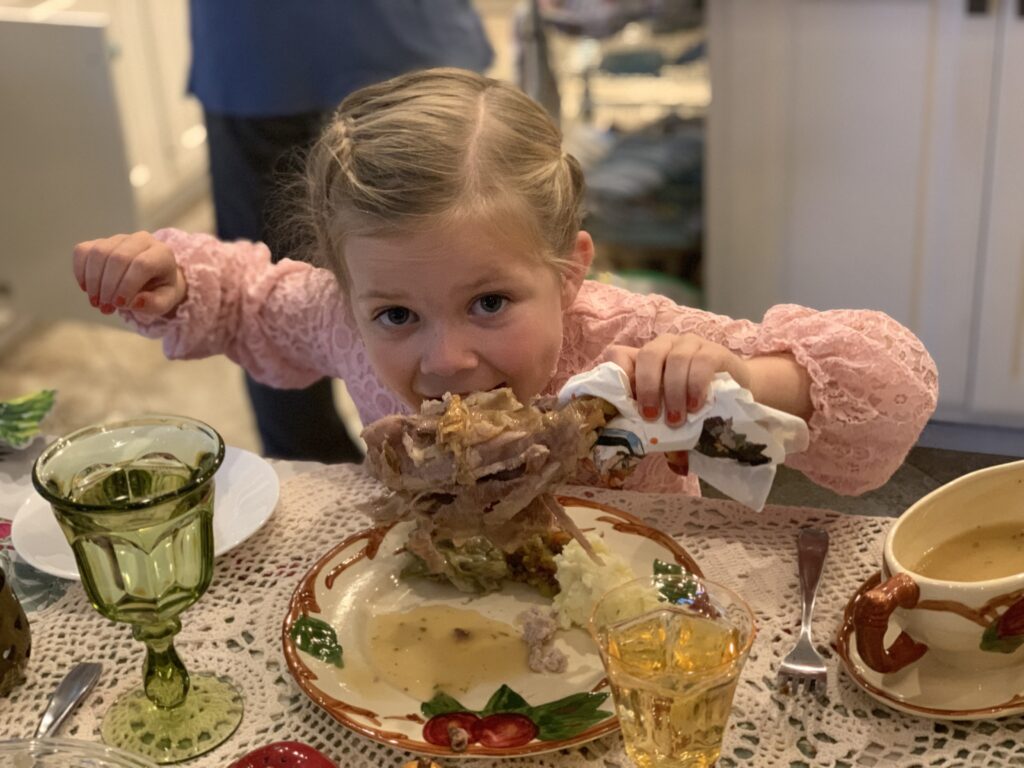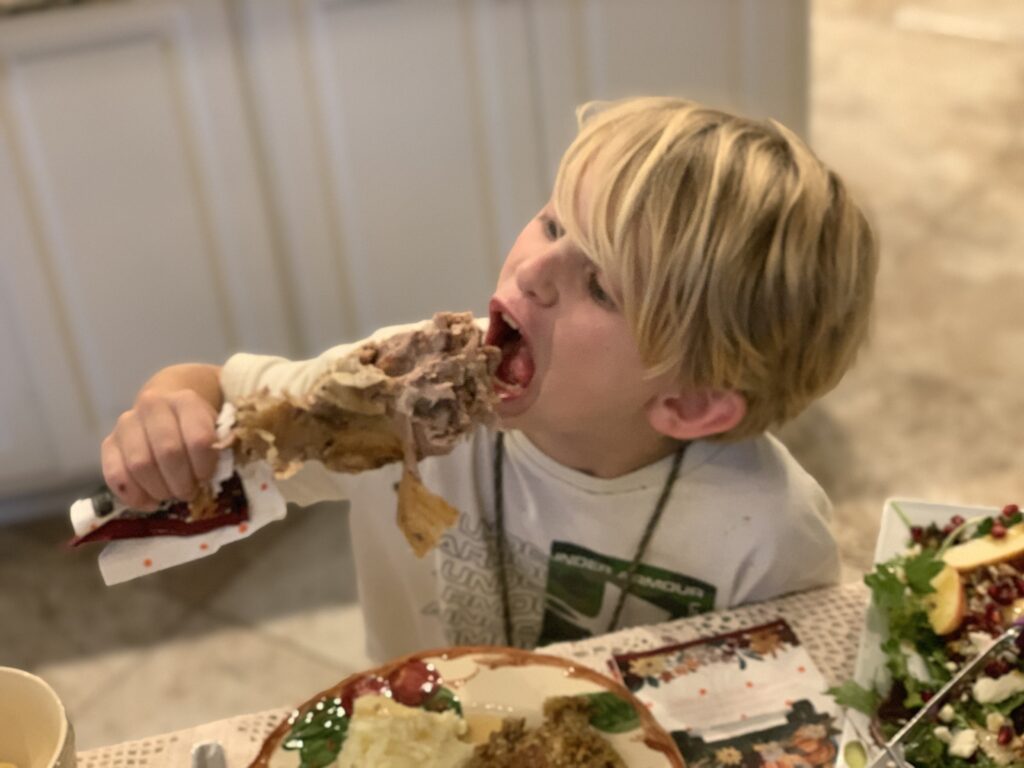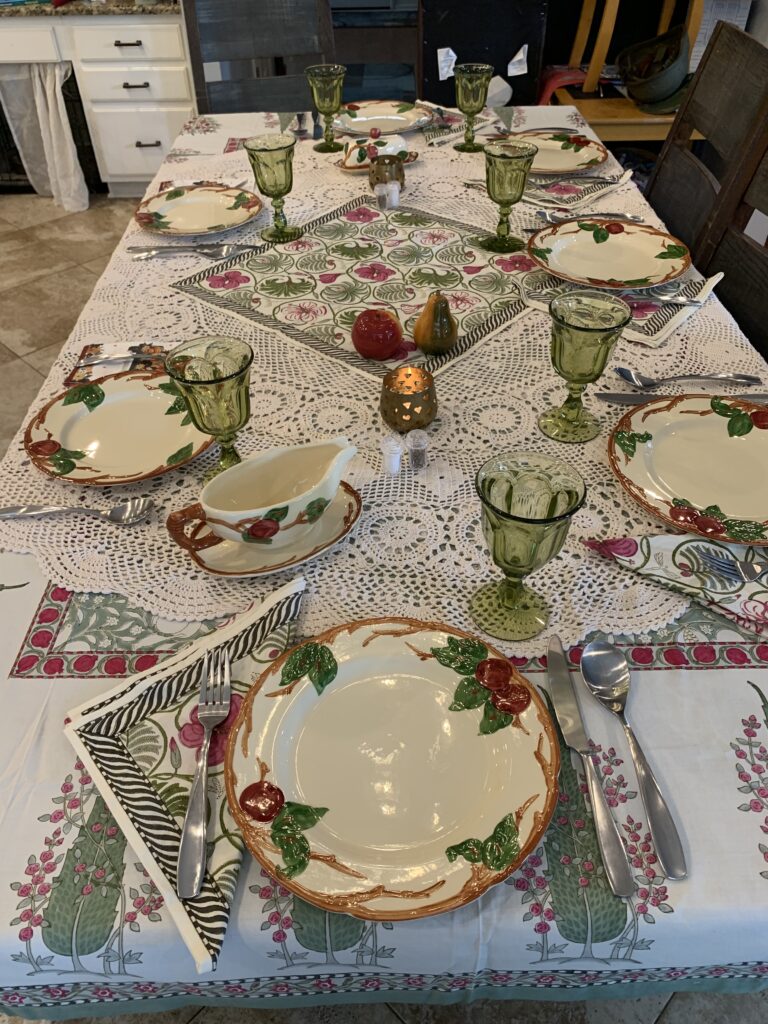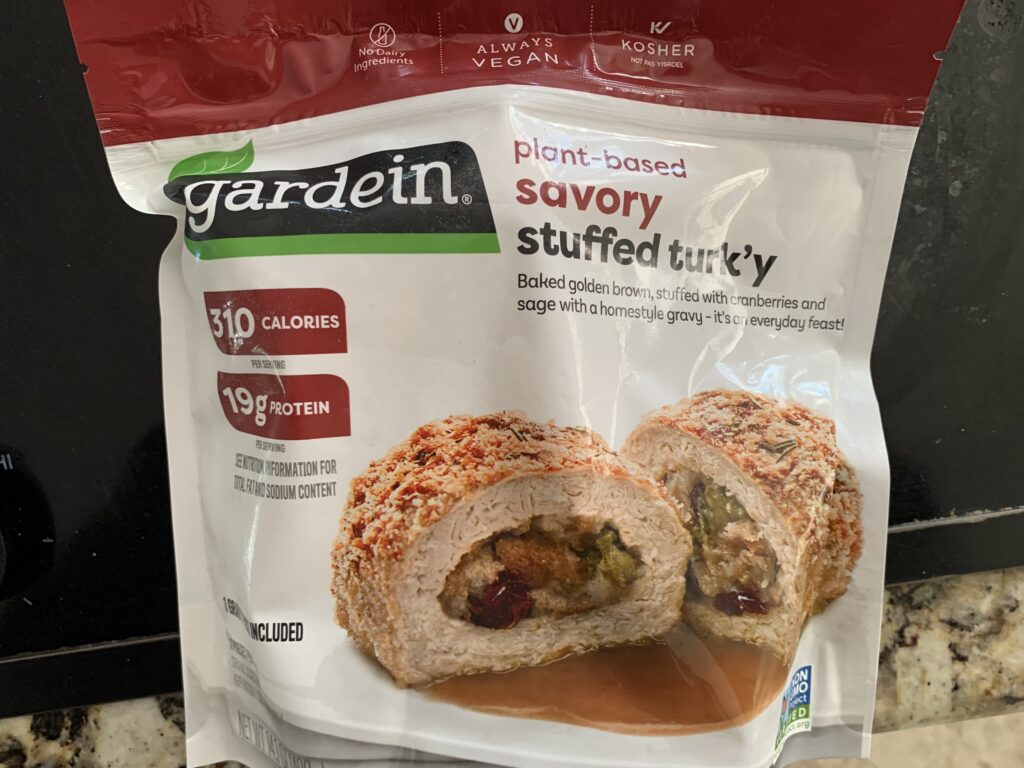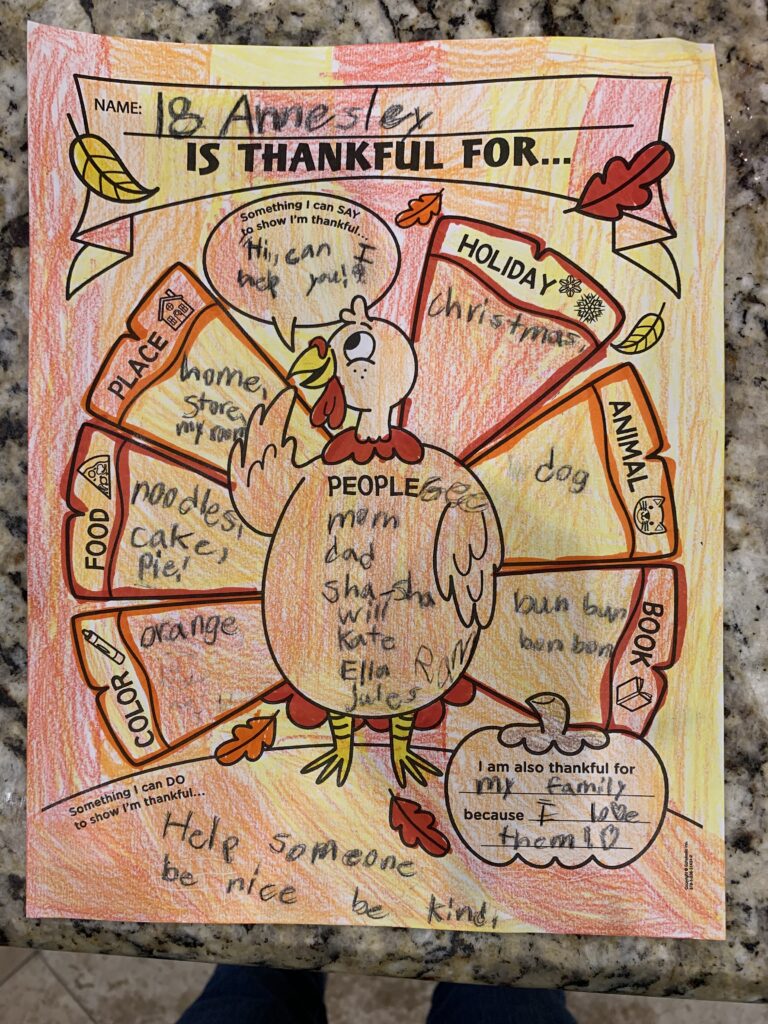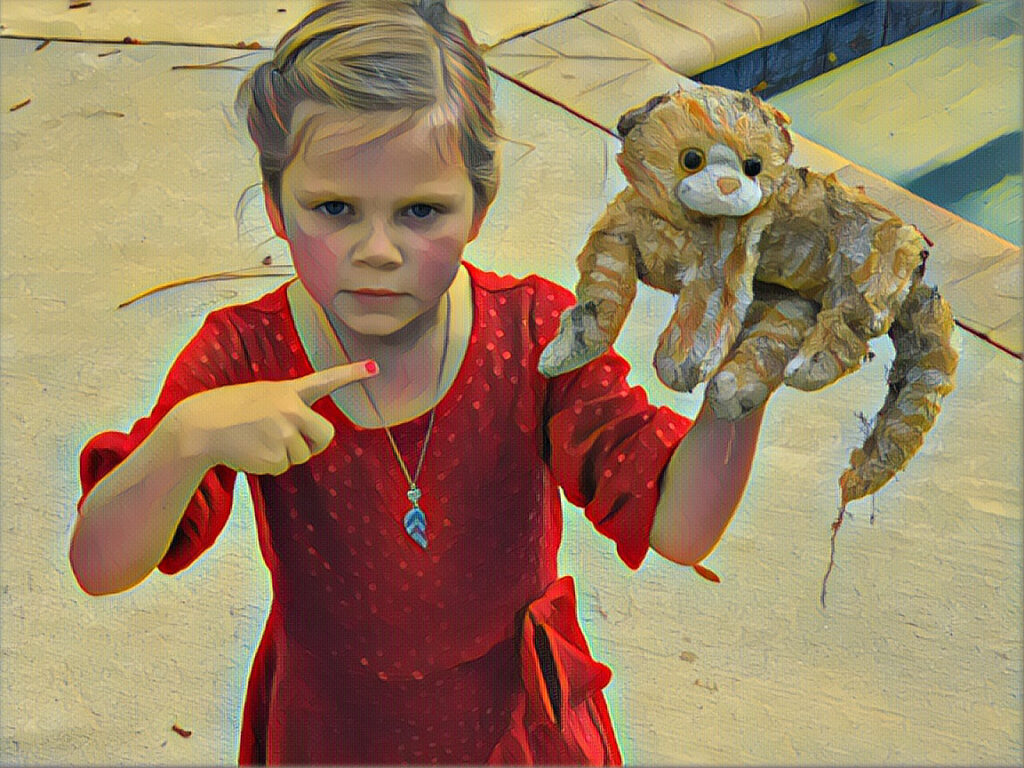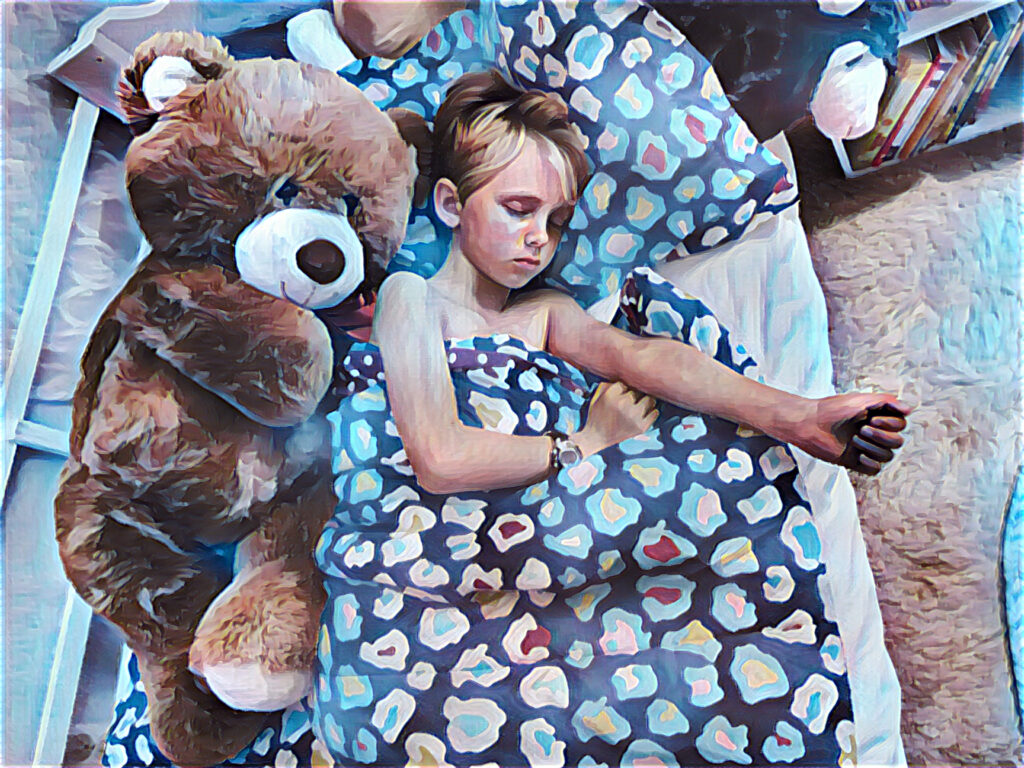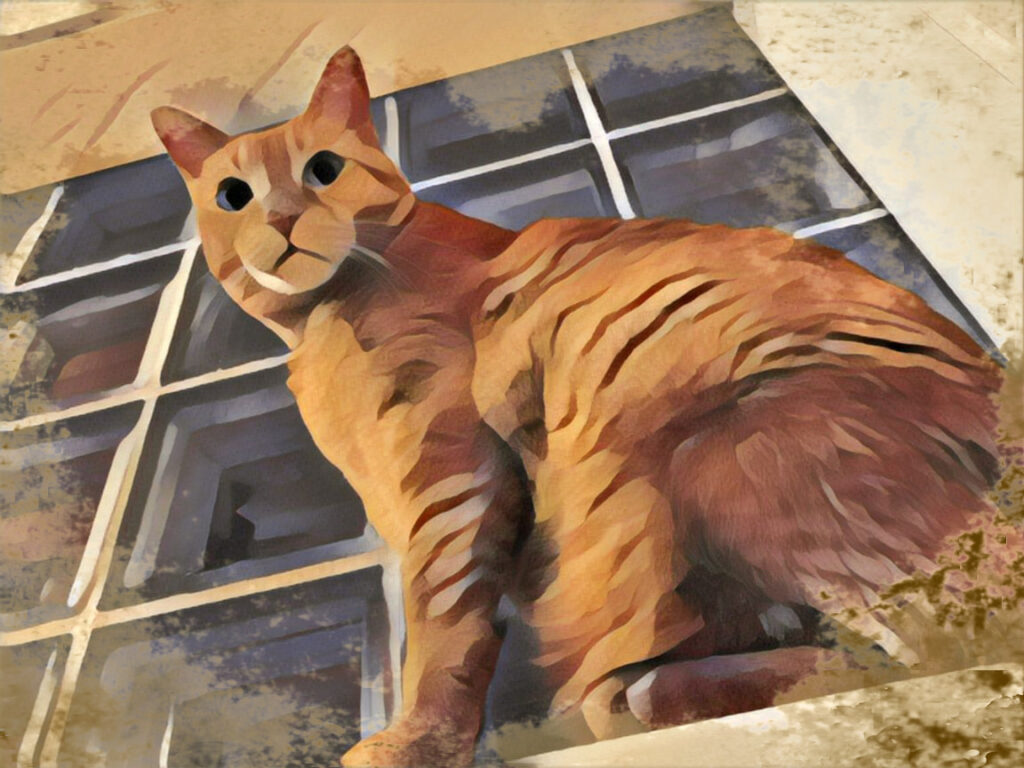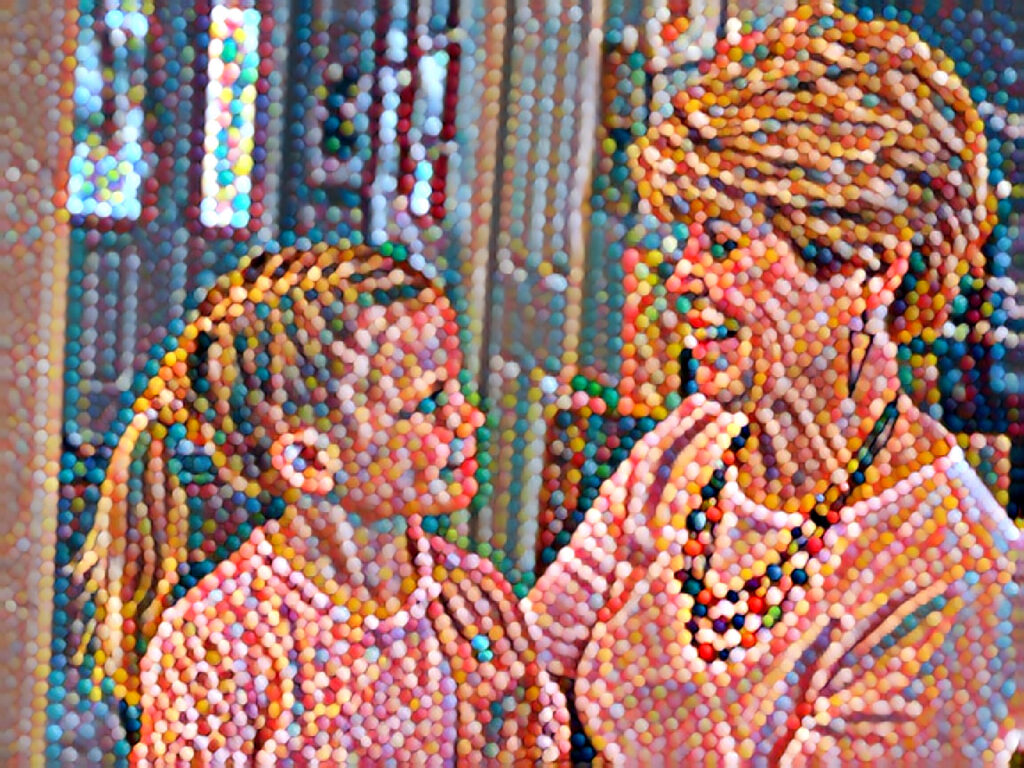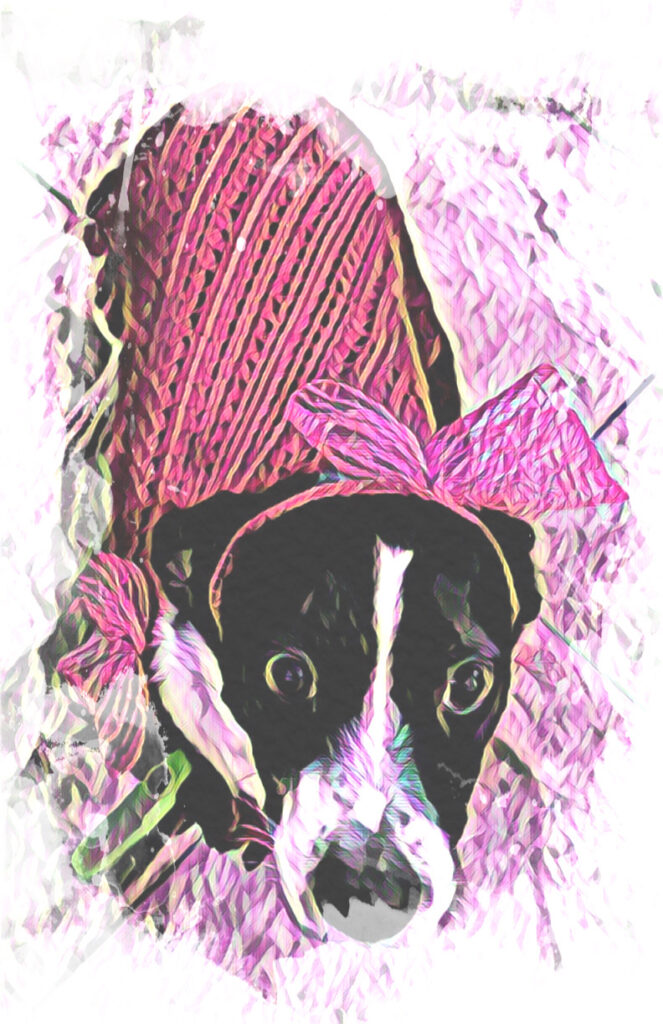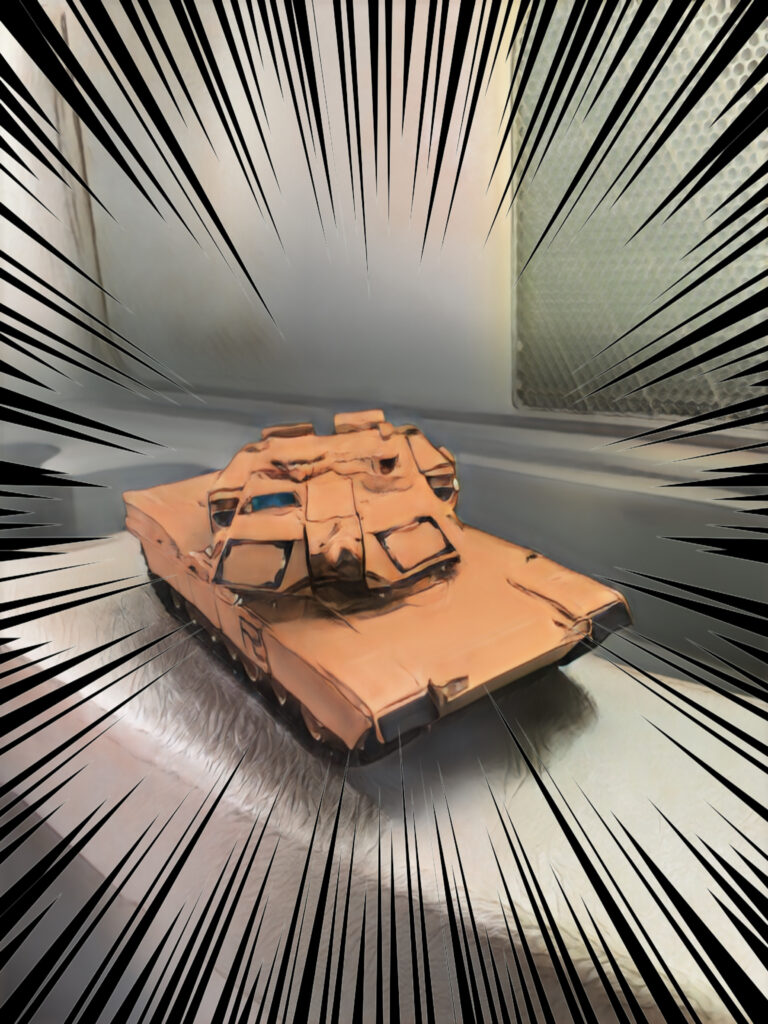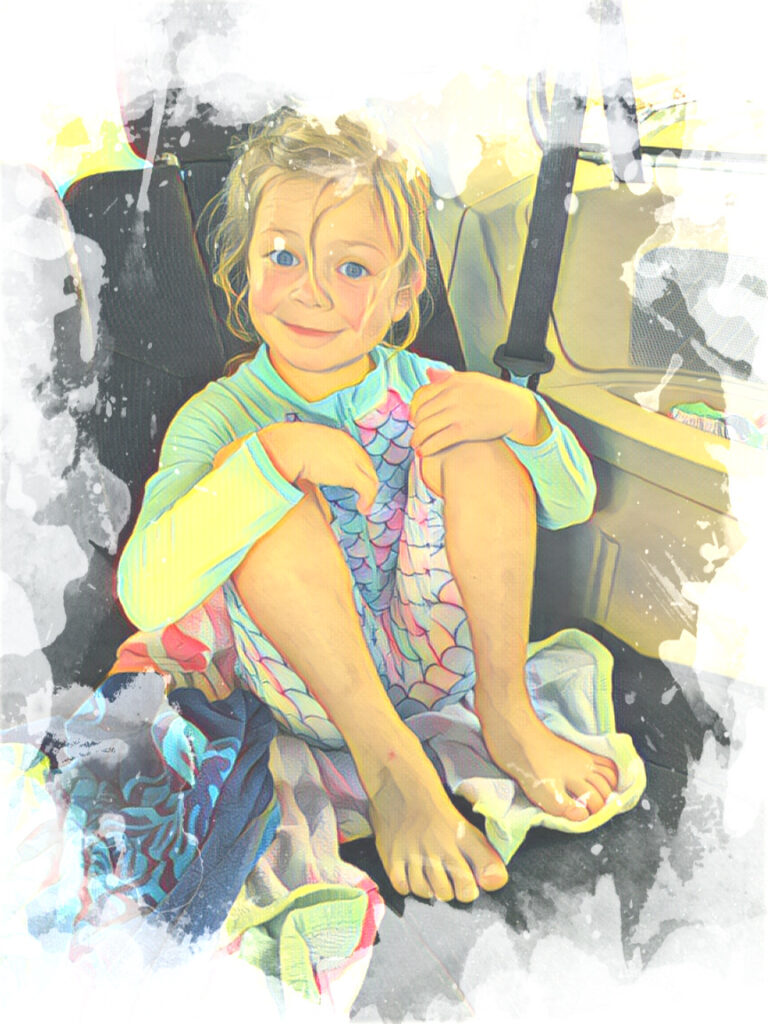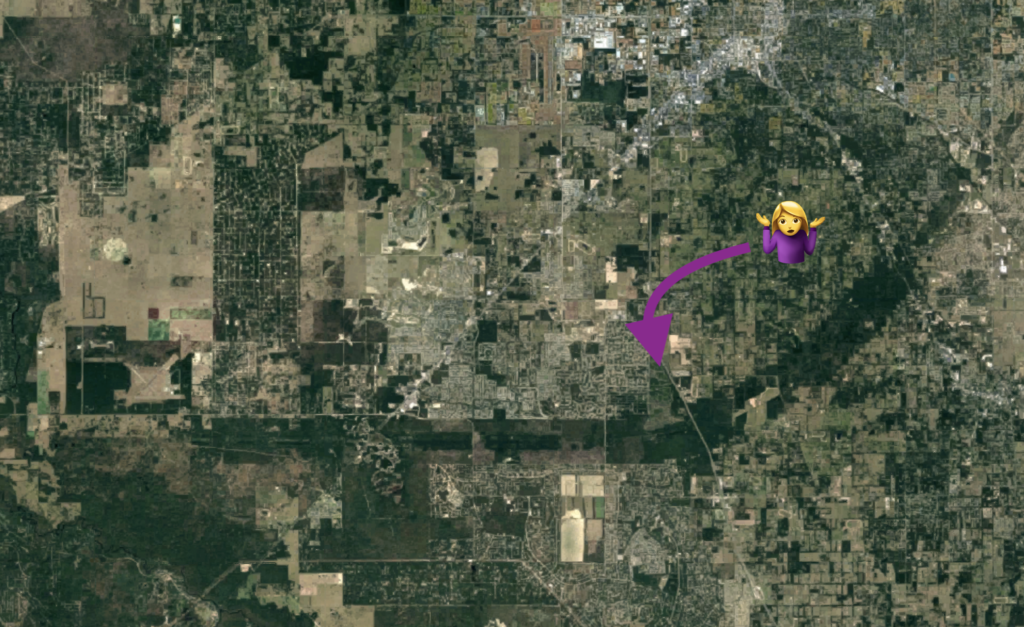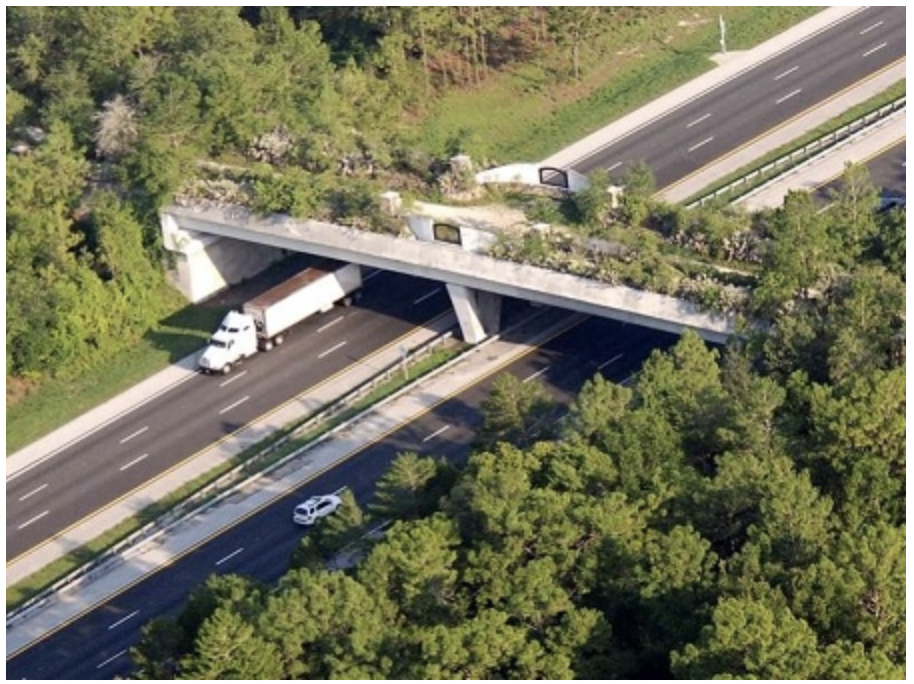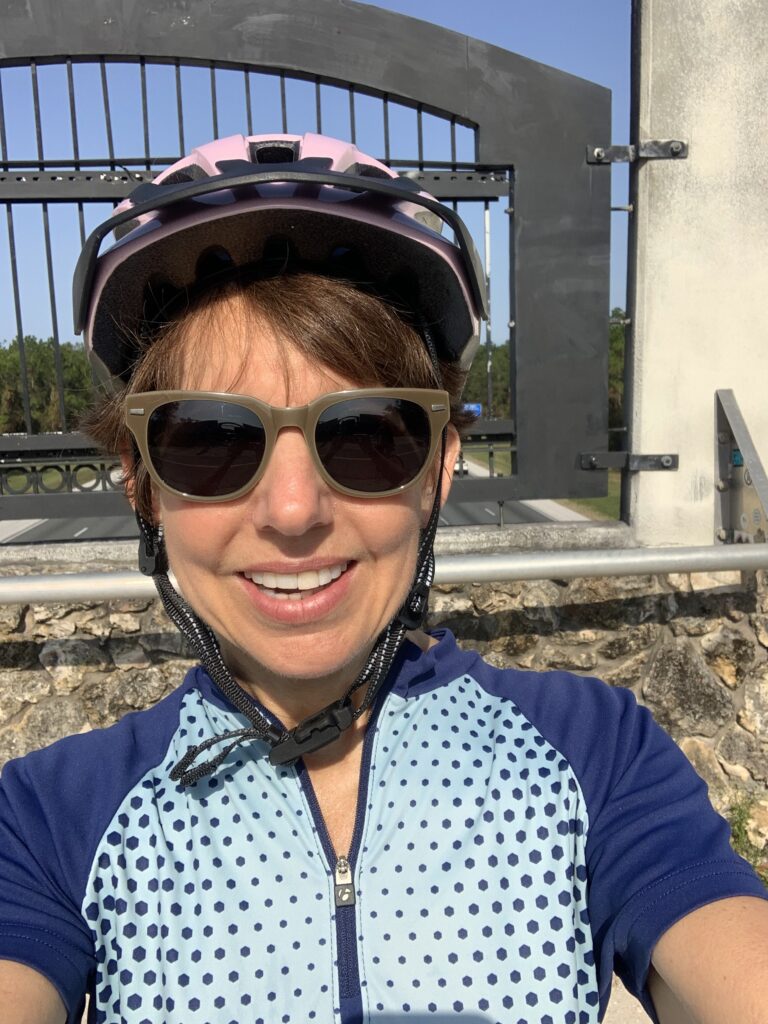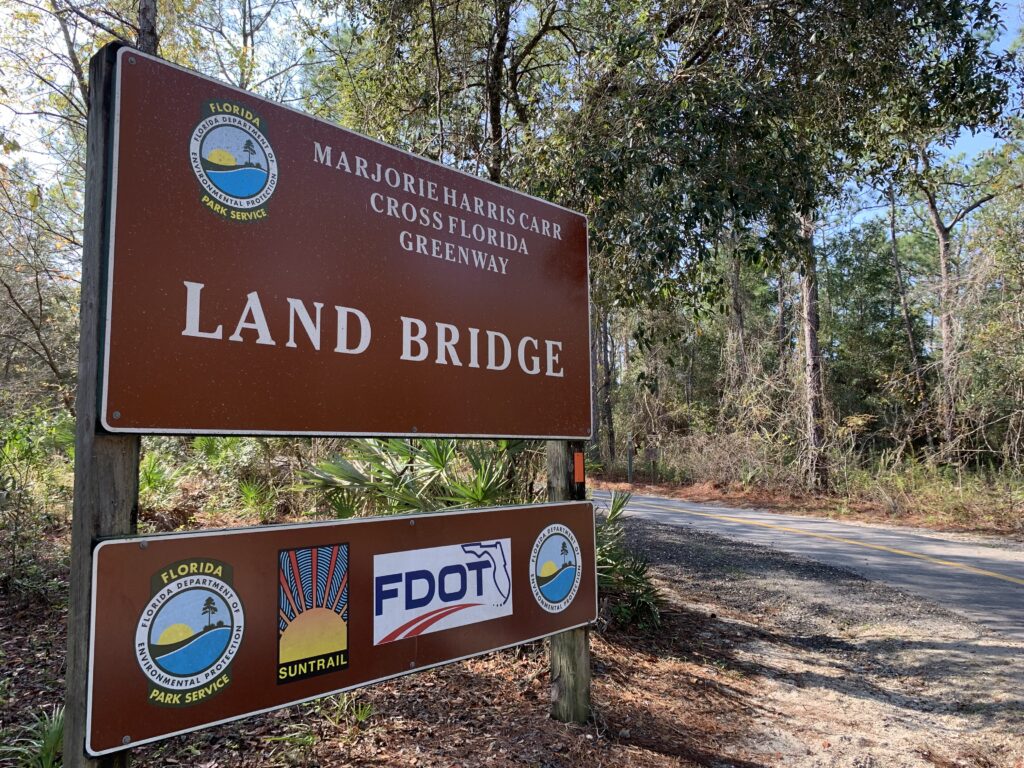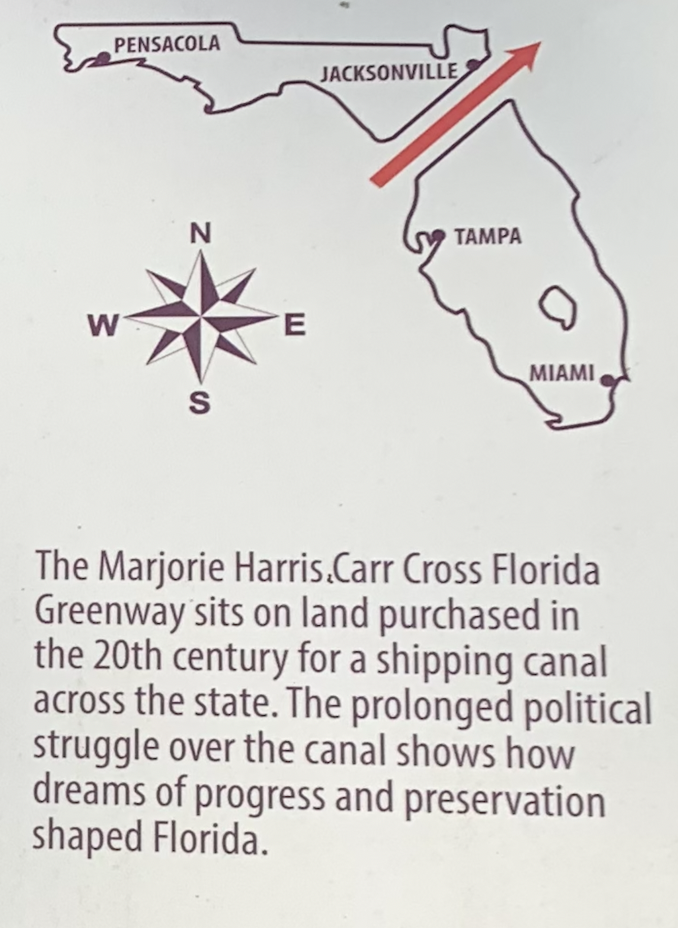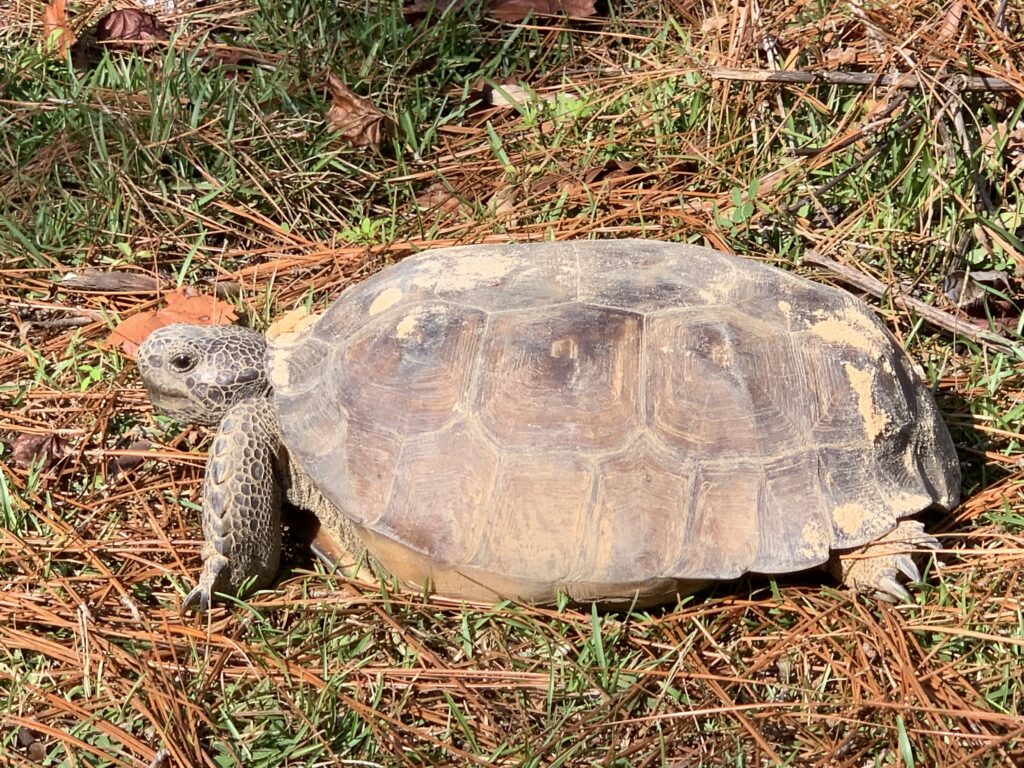As I prepare to move to Thailand, I’m camped out at our house in The Villages, a 55+ community in central Florida. When my parents moved here, we bought this place as a vacation rental while abroad and as our home base when visiting the States.
The only other time I’ve spent more than a few weeks here was during the pandemic. I had come from Chile to see my mom and got stuck here. Although Florida was pretending Covid didn’t exist, I continued to follow Chile’s approach: strict social distancing, wearing a mask, and staying home. So it wasn’t a whole lot of fun.
This time, I’m accessing my inner joiner. I love classes, clubs, and community events, and there is no shortage of such things in this surreal Disneyland for grown-ups. The Parks and Recreation list of clubs is 204 pages long. Two hundred and four pages!
So far, I’ve joined a weekly ladies coffee klatsch, a book club, and a hiking group, and I reached out to the organizer of a club for international teachers (which won’t meet again till September, unfortunately).
I’ve had great conversations with ladies over coffee and even met a Chilena! The book club discussed One Italian Summer, by Rebecca Serle. Even though most of us found it to be fluffy and unsatisfying, I was so grateful to talk books with a bunch of smart women. The weekly hikes provide so much of what I’ve been craving: social interaction, nature, and group exercise. Here’s a shot of us at Pruitt Trail, which included a section on a levy created when Florida toyed with digging a barge canal connecting the Gulf of Mexico with the Atlantic Ocean. (Learn more about that here.)
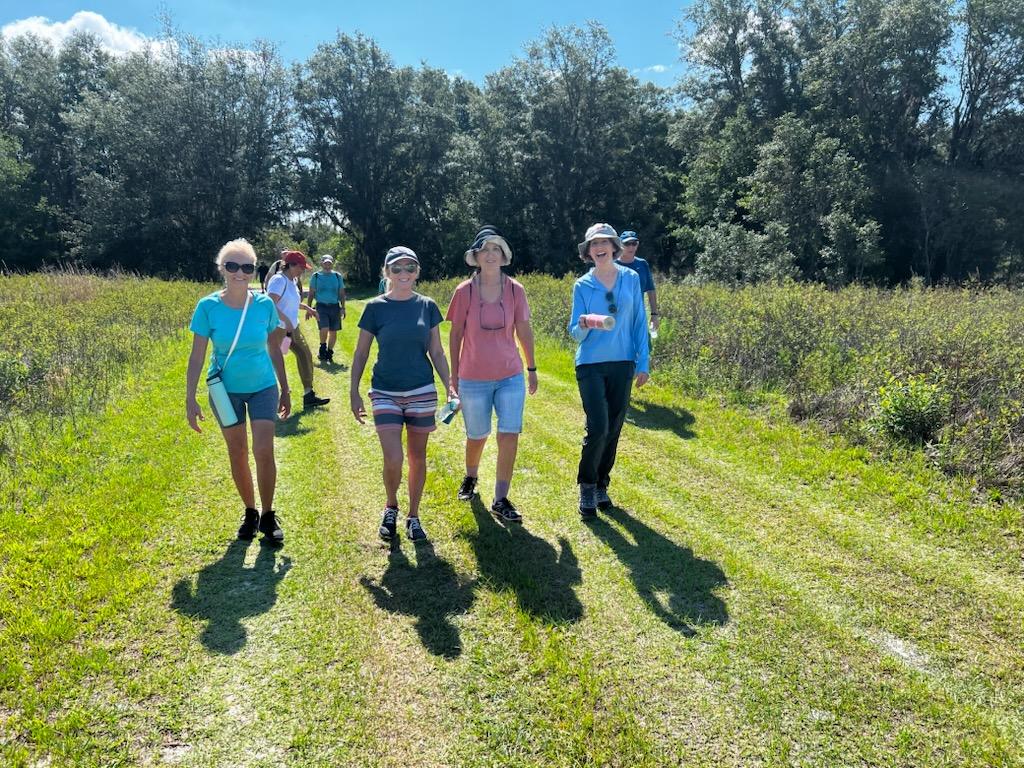
Perusing the Parks and Rec list, I discovered more groups for people who share my interests: expat life, plant-based diet, meditation, ukulele, and all kinds of theatre. There are heaps of exercise classes, including mainstream options such as yoga, pilates, weight lifting, and cardio fitness, as well as kookier offerings like cardio drumming, hula hoop workout, dance party, and body groove. Yes, please!
What’s more, that Parks and Rec list reflects just a sliver of the lifestyle pie served up daily.
If you’ve seen the Netflix documentary about The Villages, you’re probably snickering at my enthusiasm. Yes, it’s a pretty darn homogenous community. Sure, I’m a blue dot in a dramatically red state. Yep, there is a LOT of partying among some of this crowd. As for the colored loofahs accenting the golf cart antennae, many Villagers have insisted to me that it’s just to help them find their vehicles in the parking lot. Still, the reputation persists, and some people like to play into it.
One lady posted this on Facebook with (a) the loofah guide that gets everyone’s blood pumping and (b) a more realistic guide.
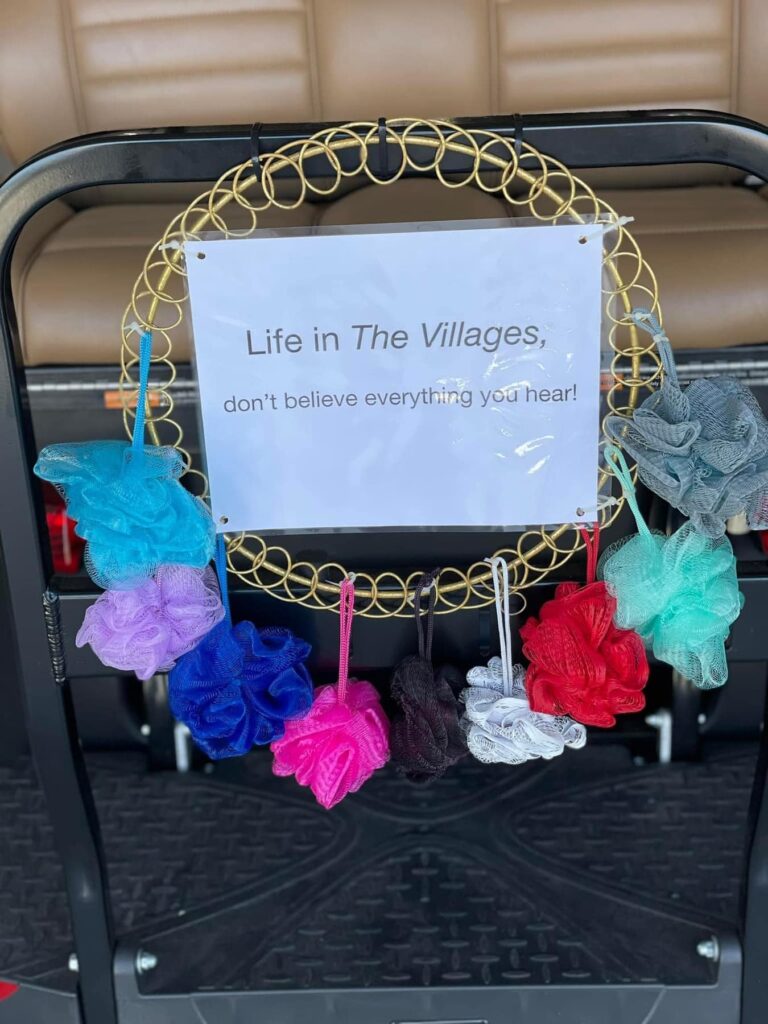
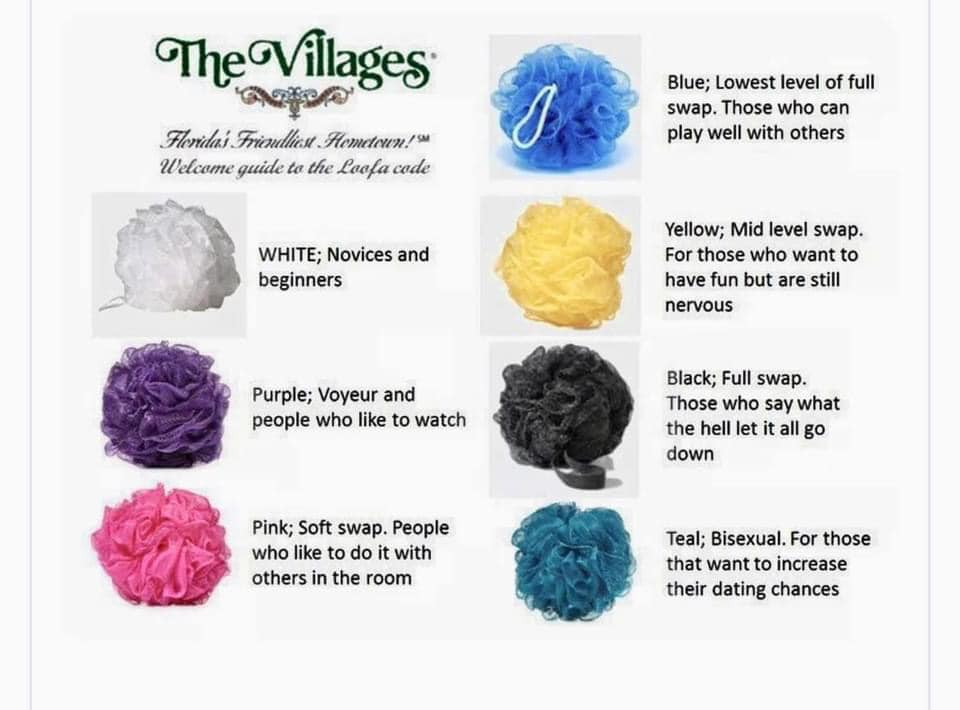
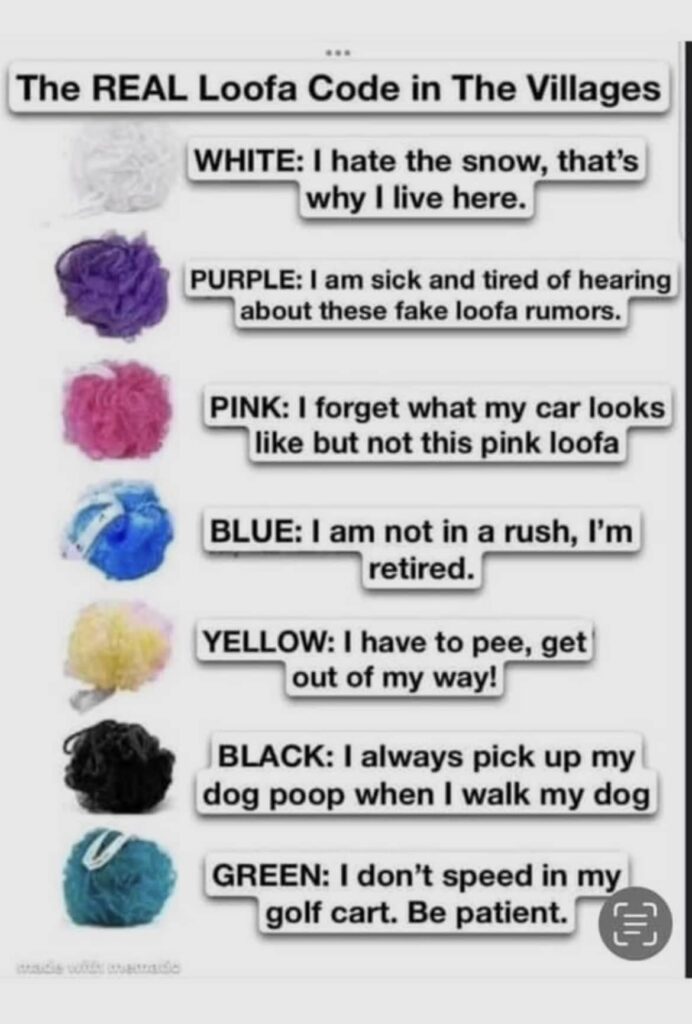
I’ve seen my share of drunken revelry at the nightly outdoor concerts, but more often than that, I’ve encountered people with interesting life stories making the most of their golden years.
Since finding a moth infestation in our storage unit, I’ve had much less time for fun. The space is stuffed like a 3-D Tetris game with everything we had at our lake house in Michigan and at our apartment in Chile. I’m hoping to unpack enough to solve the moth problem and prepare for a garage sale next month.
When I’m not digging through boxes, I ride my bike about 12 miles each morning, take long walks, drive my 98-year-old neighbor to her appointments, hang out with my mom (who lives right down the street), and meet up with lovely locals. I know it’s too early to dream of retirement, but at least I know I’ll be good at it.

